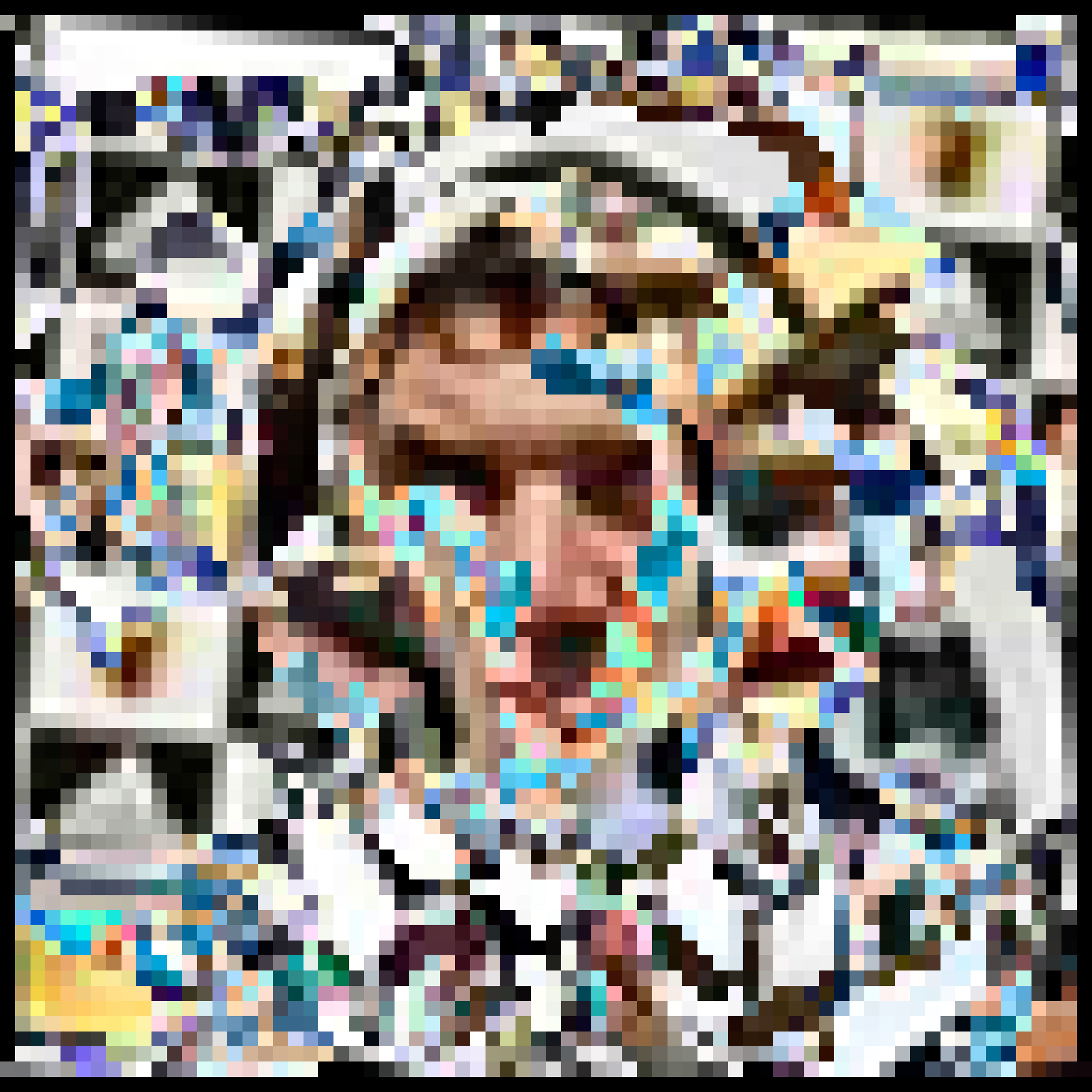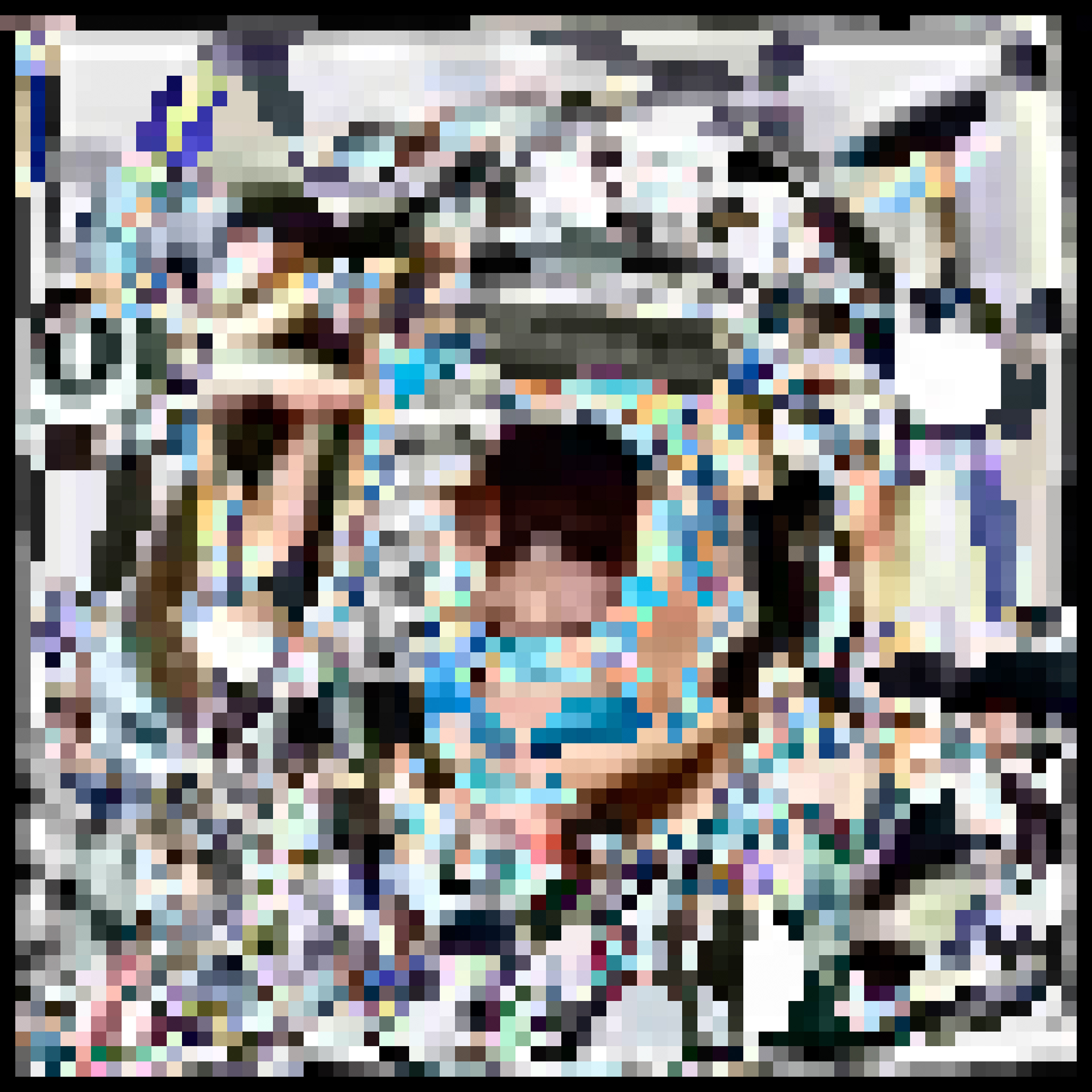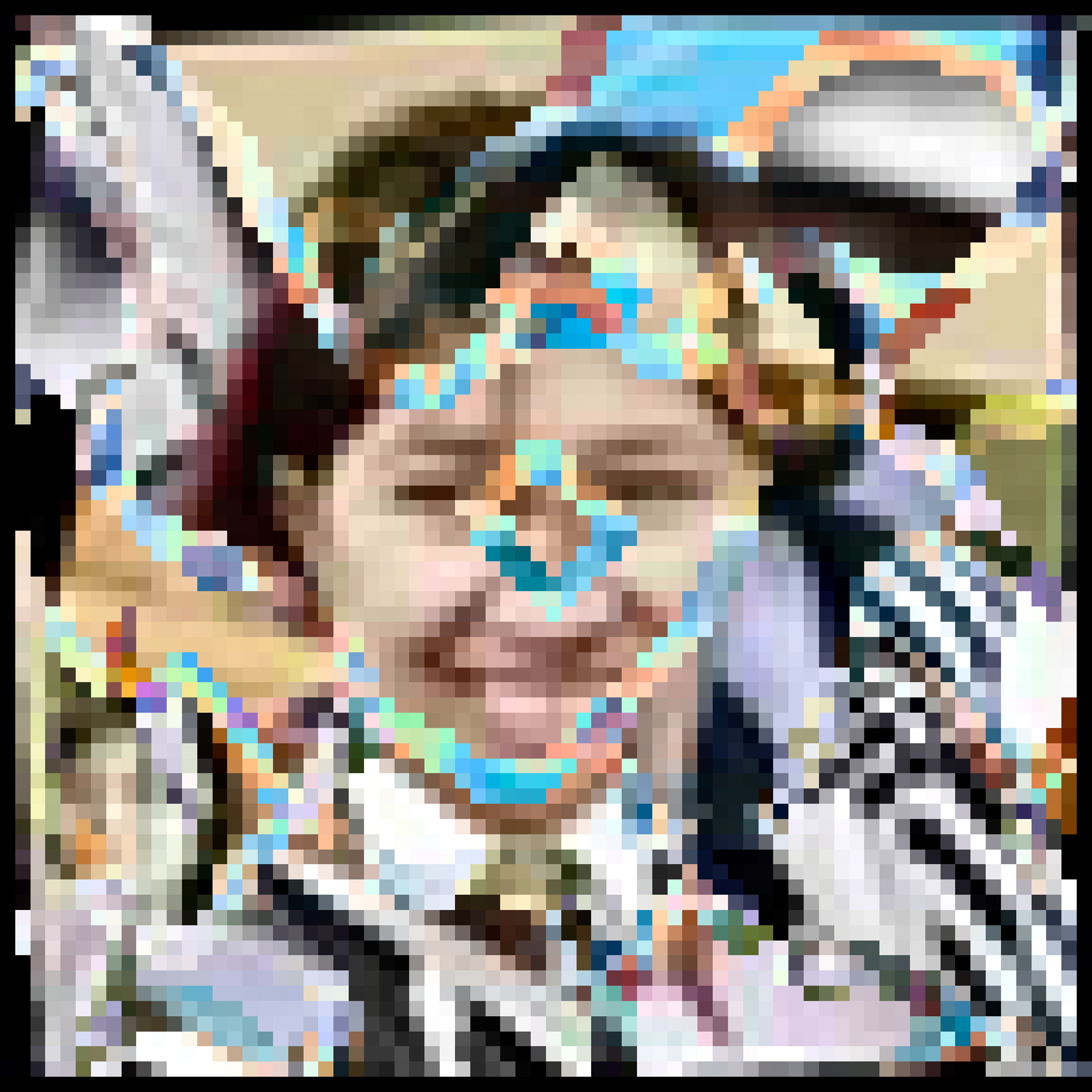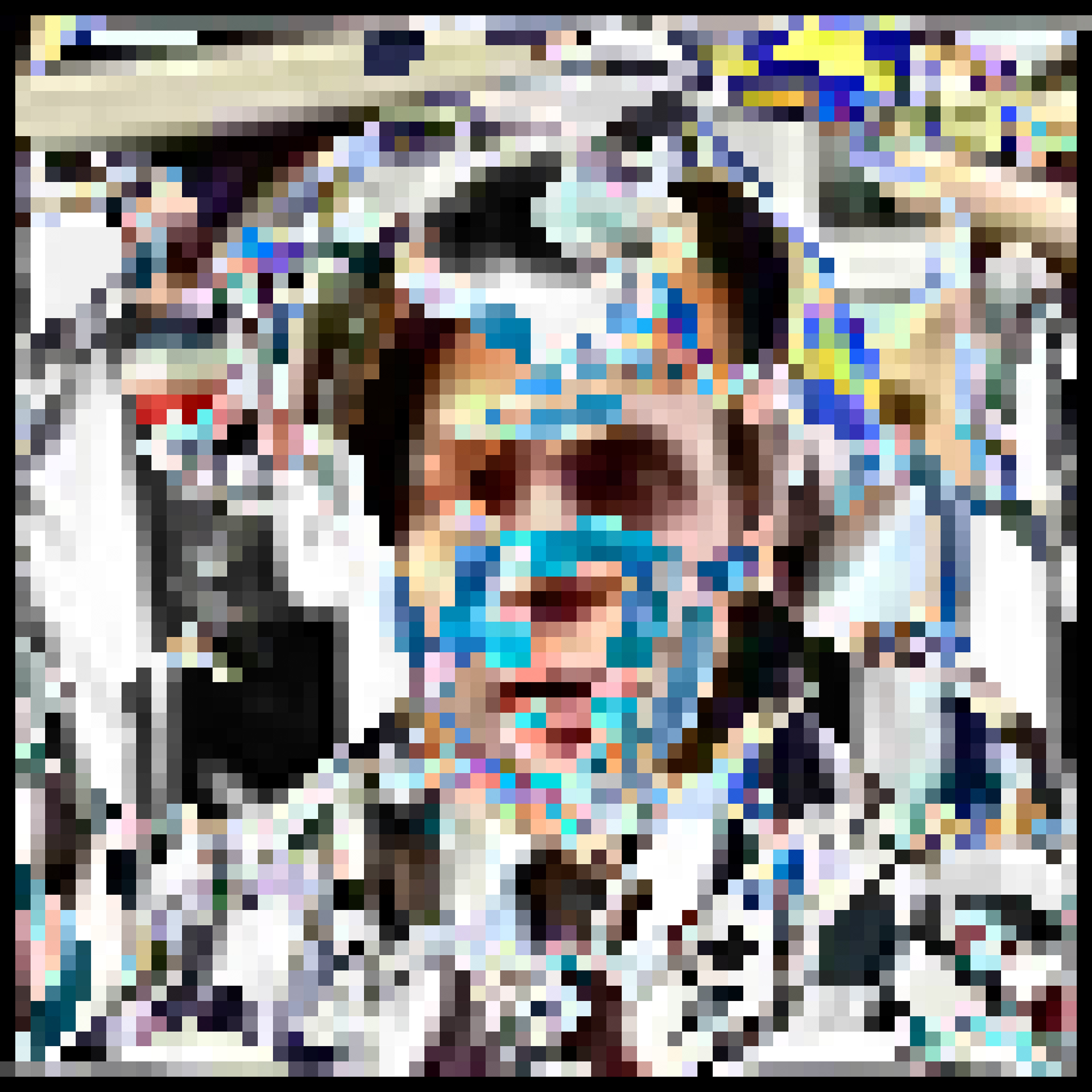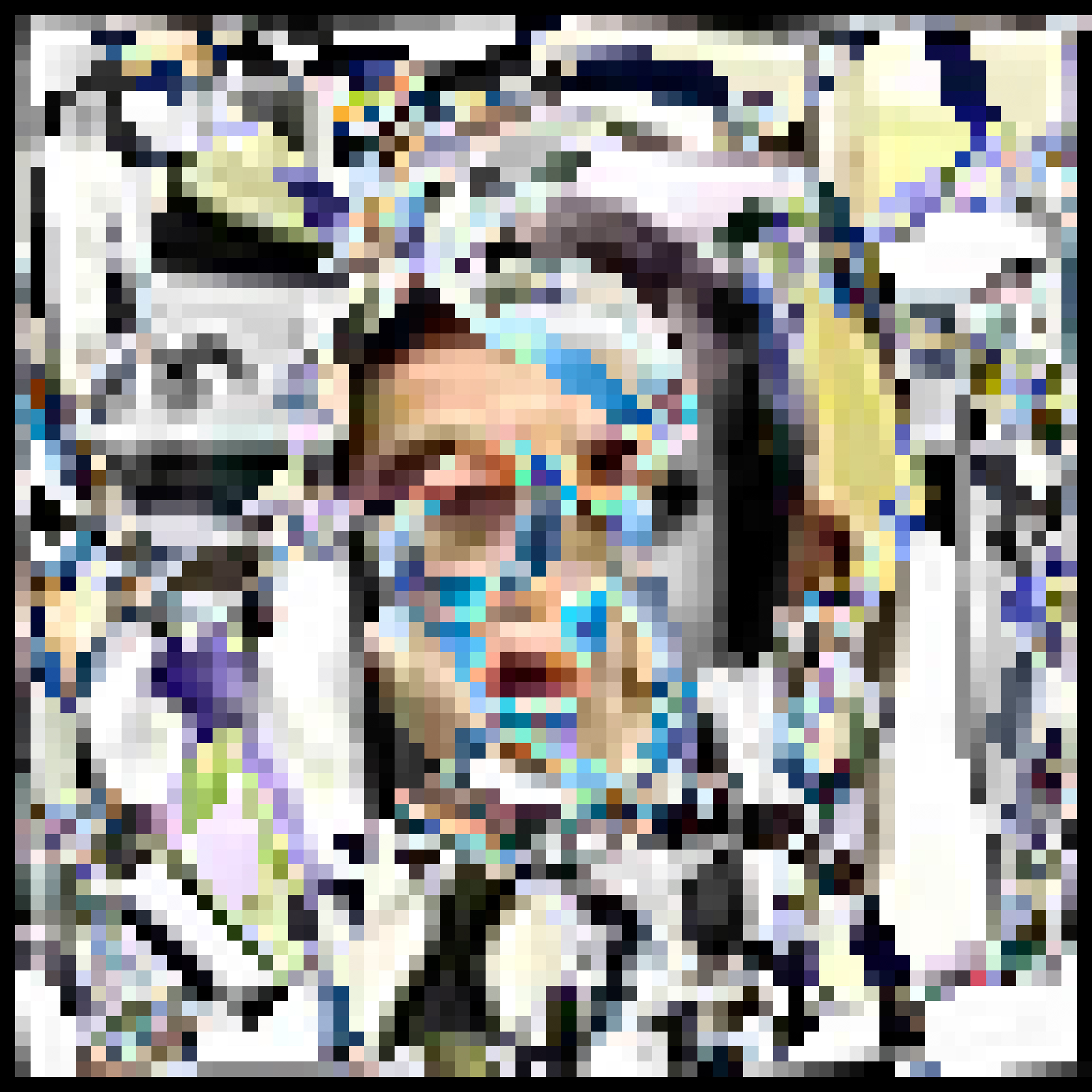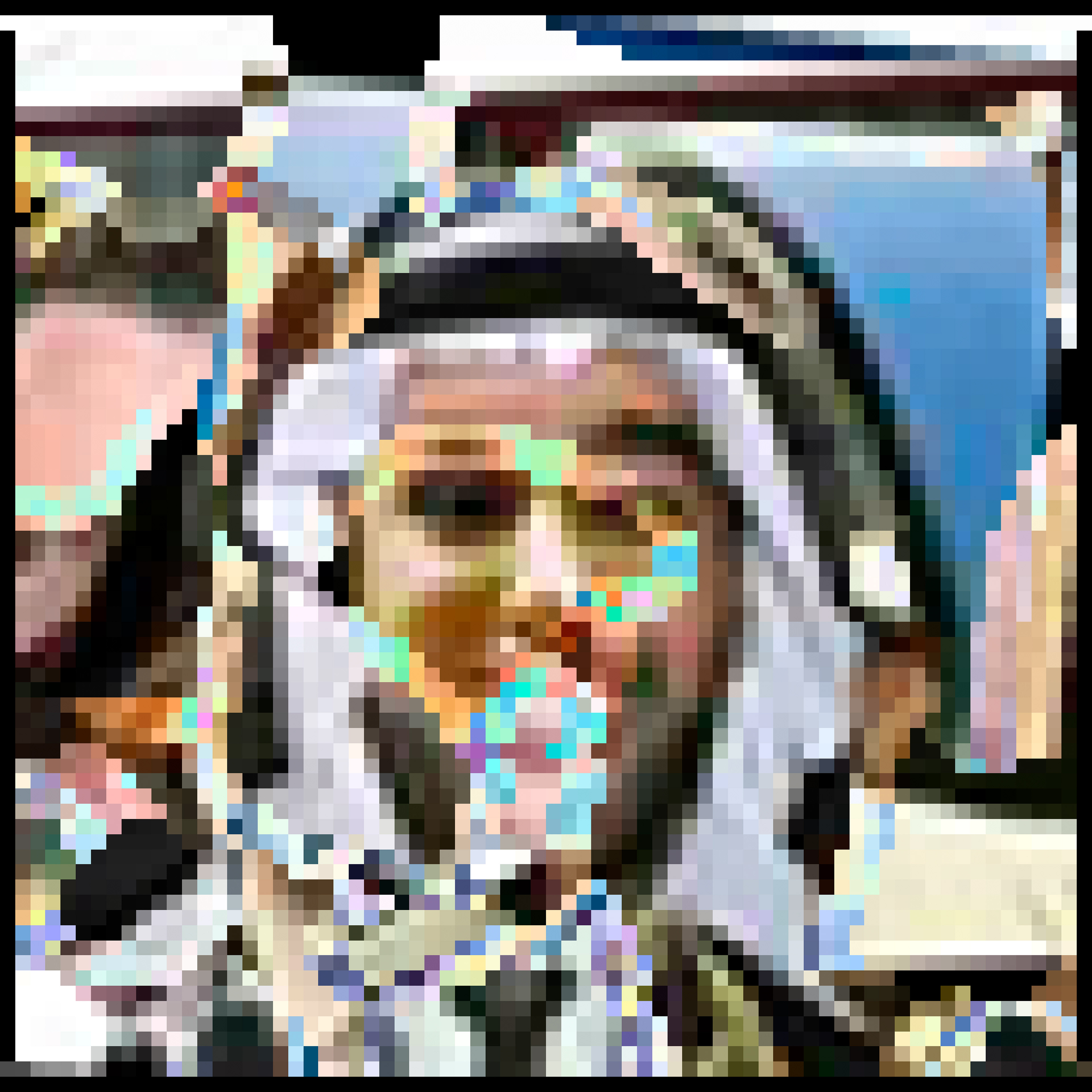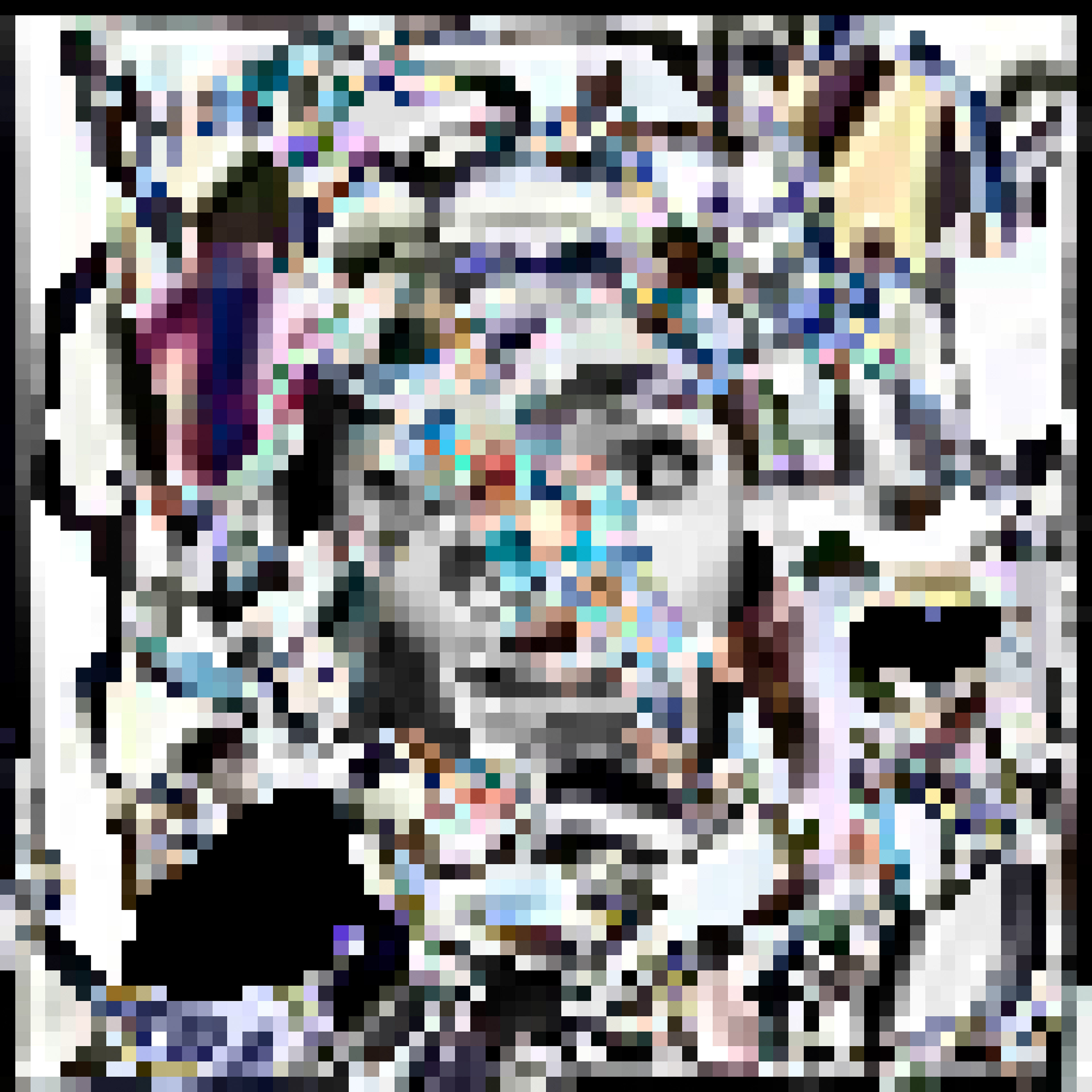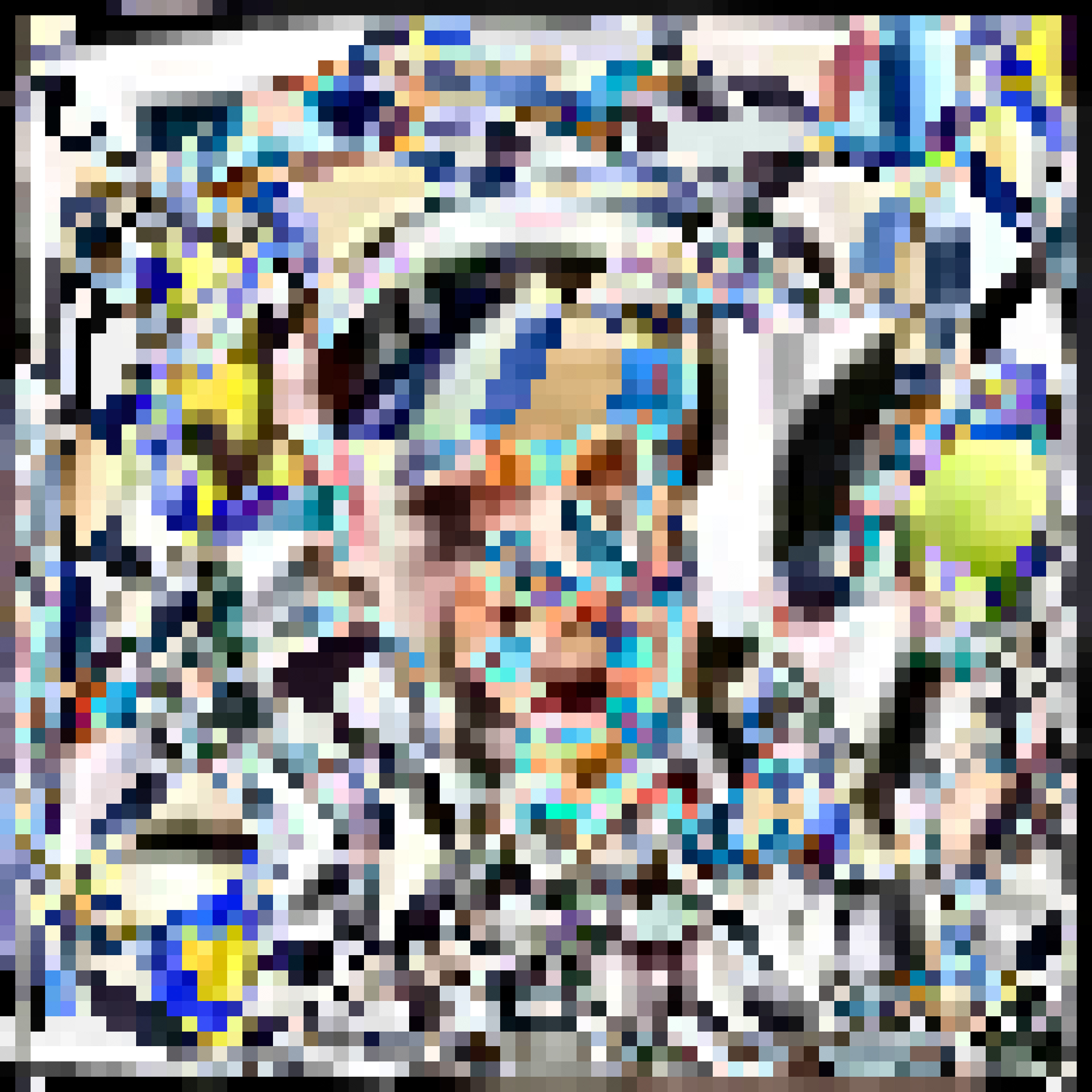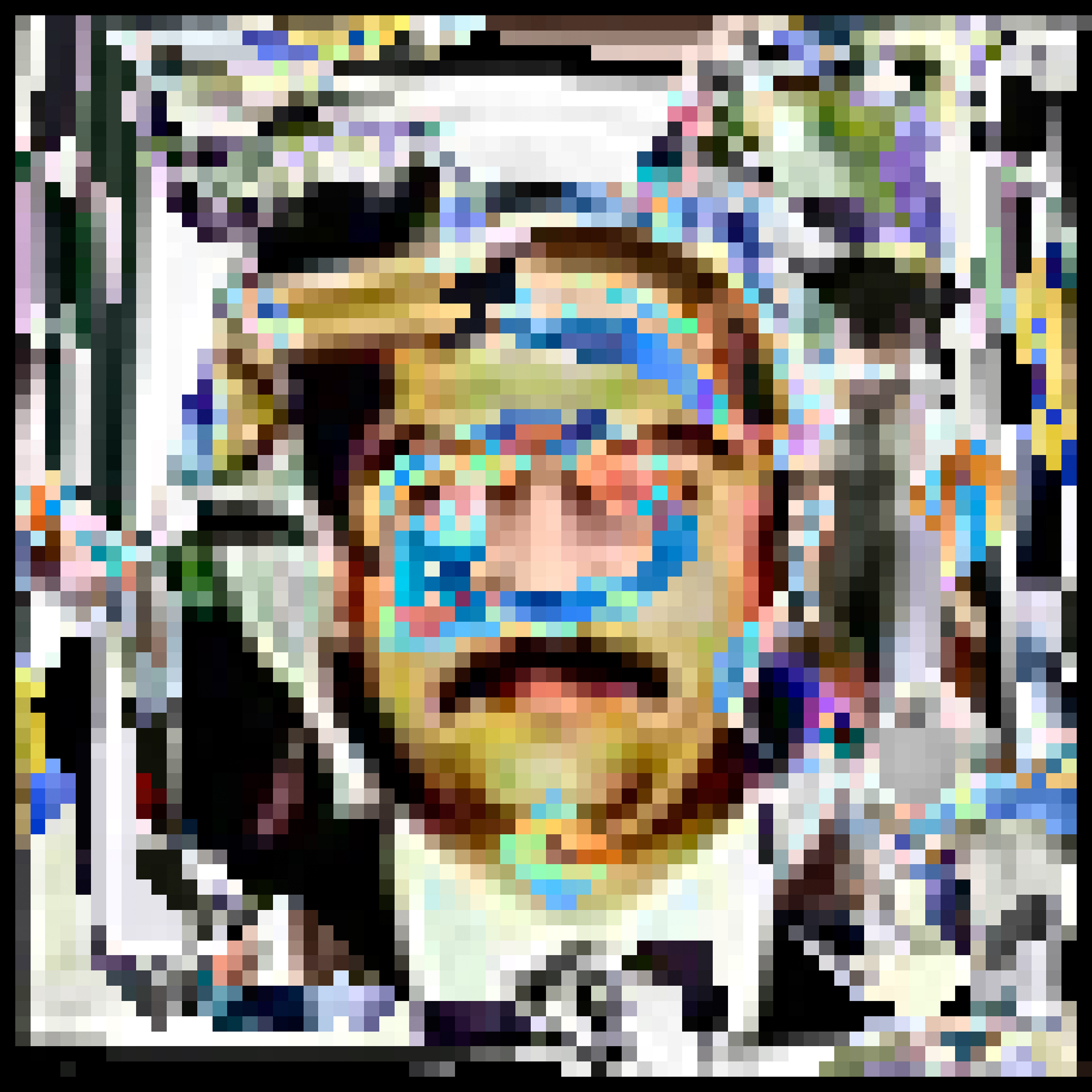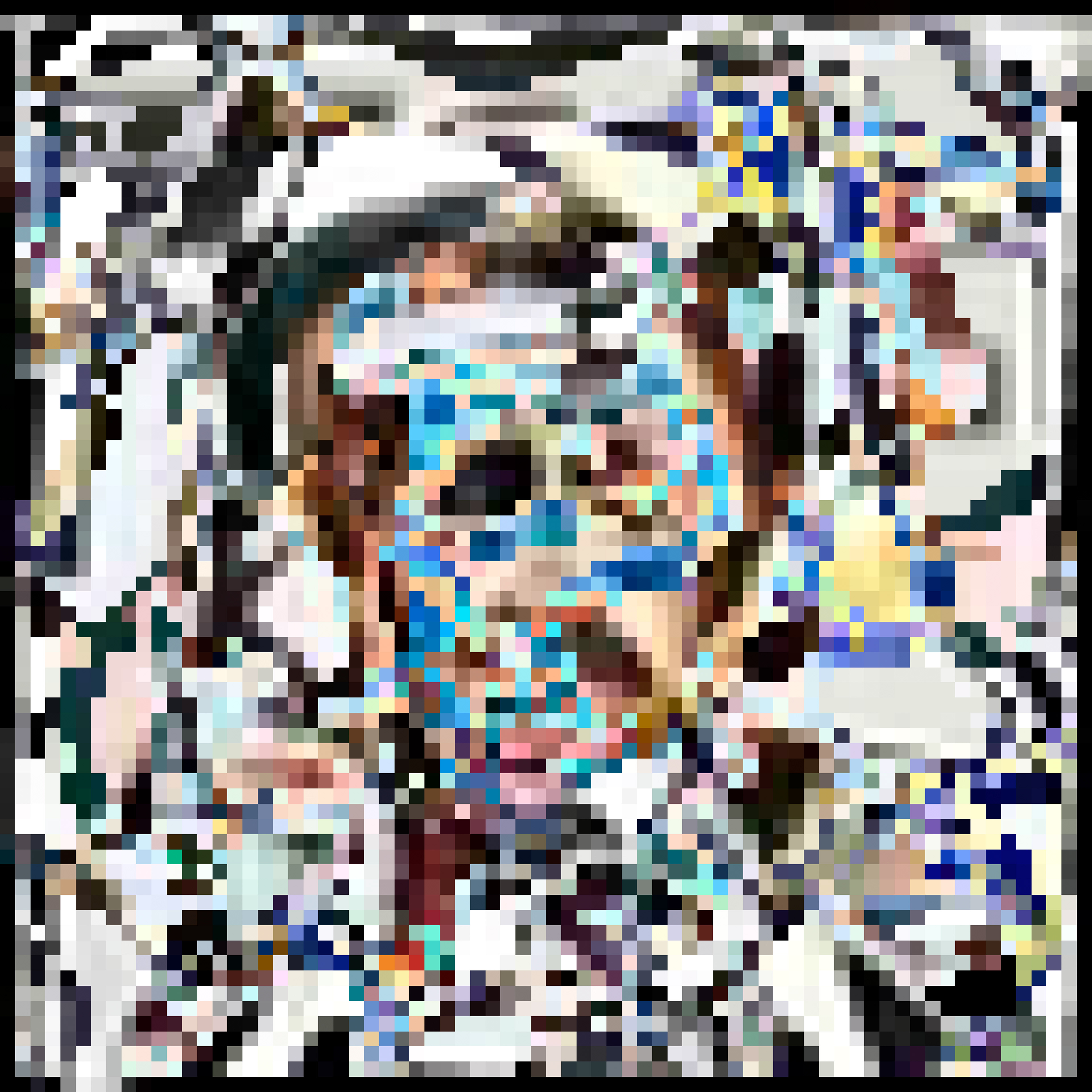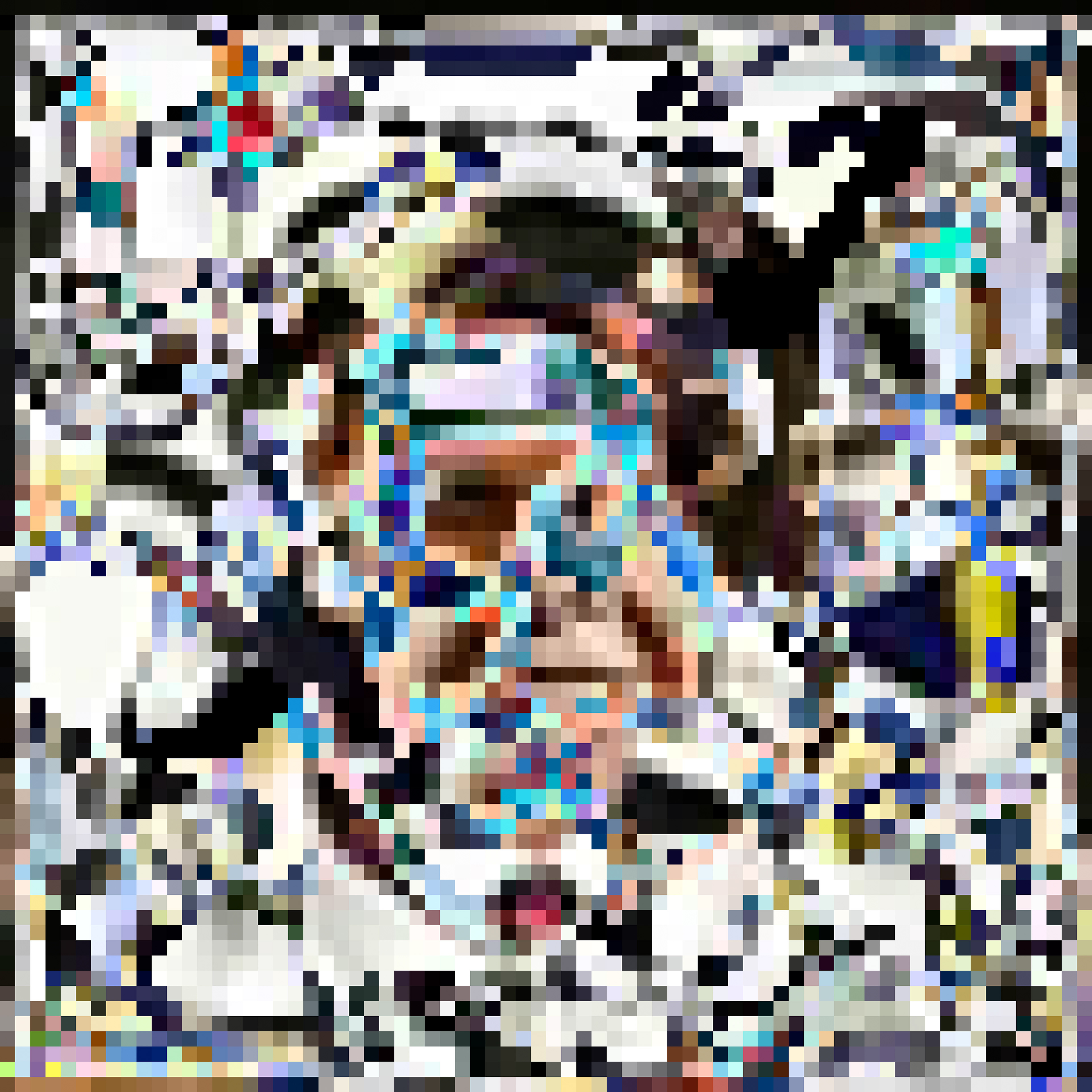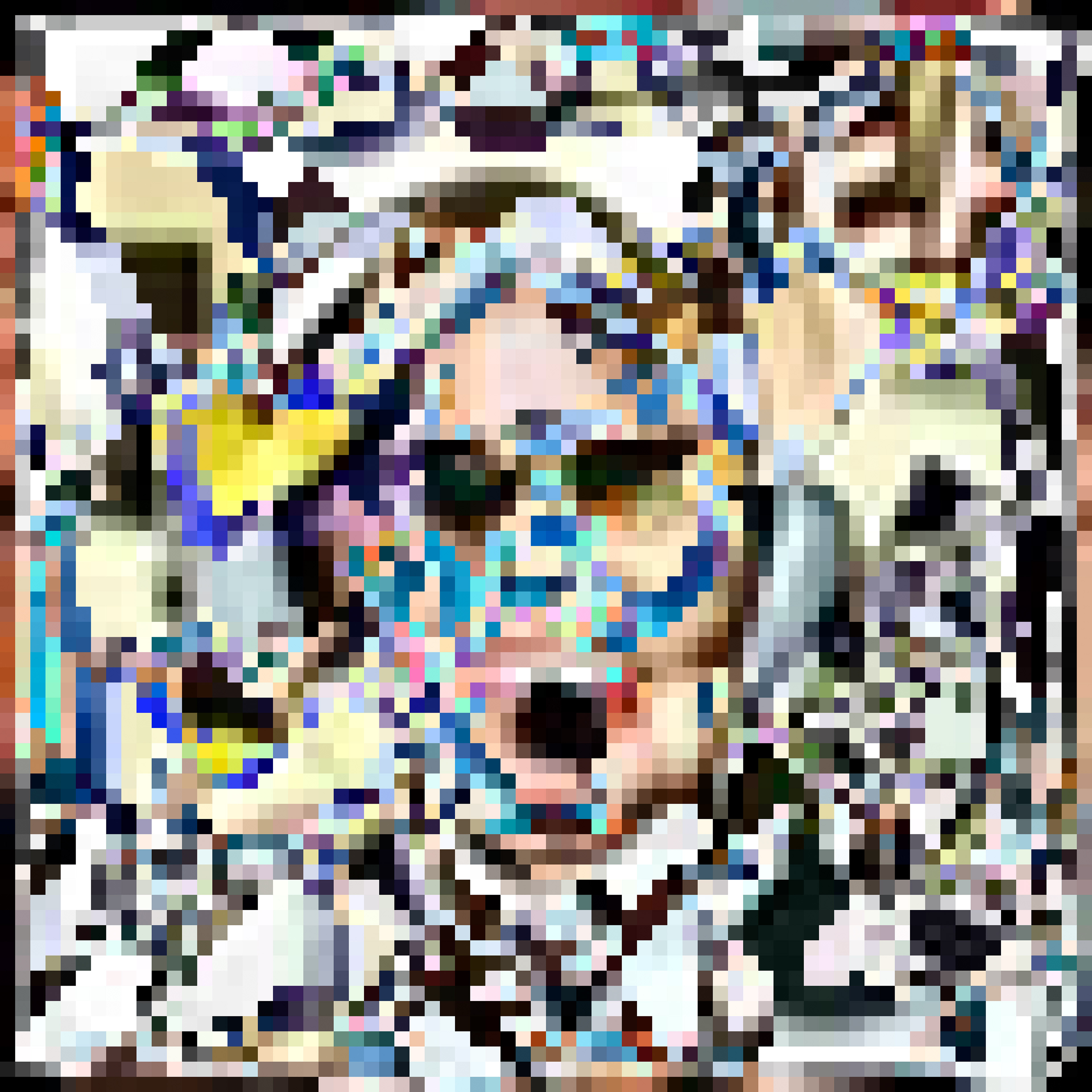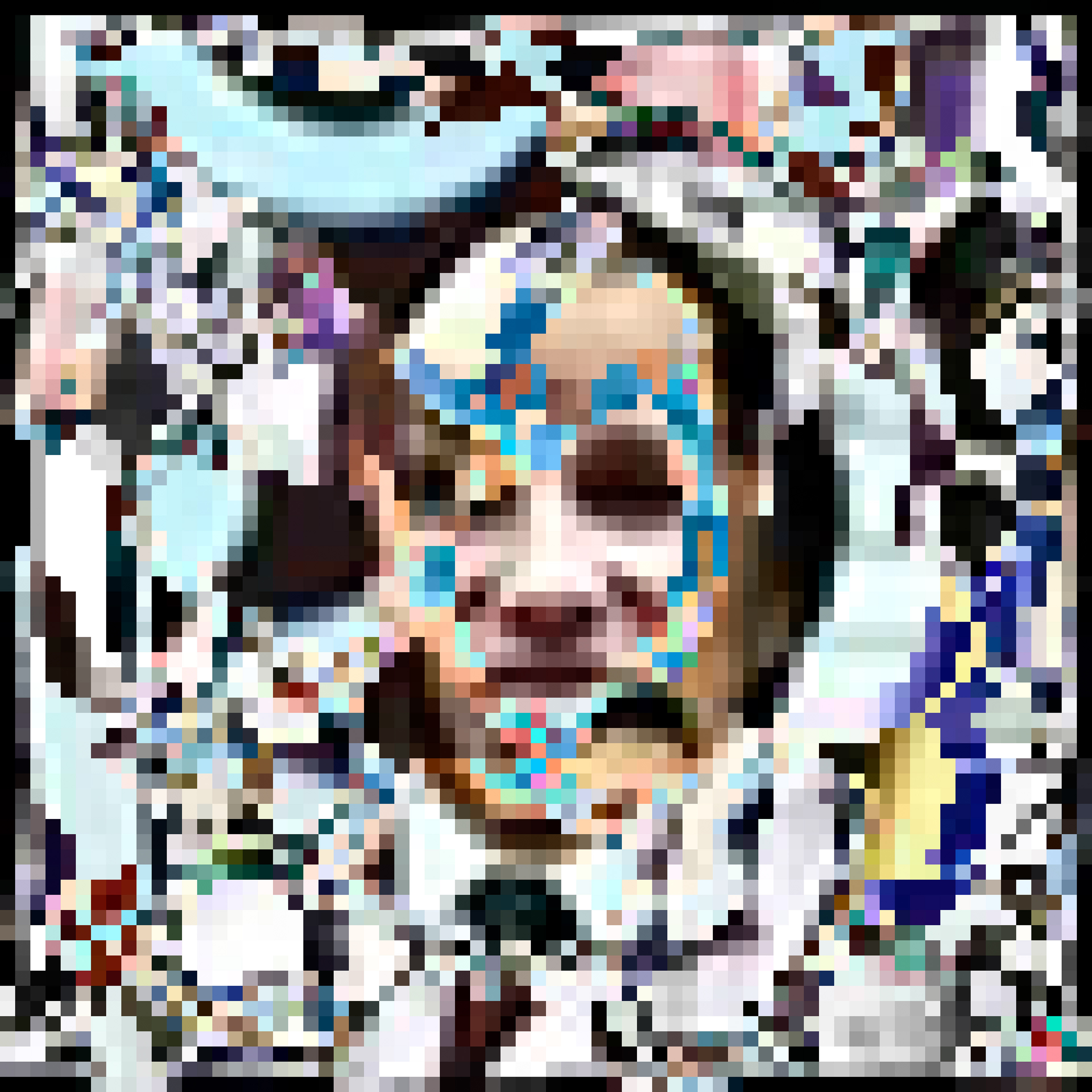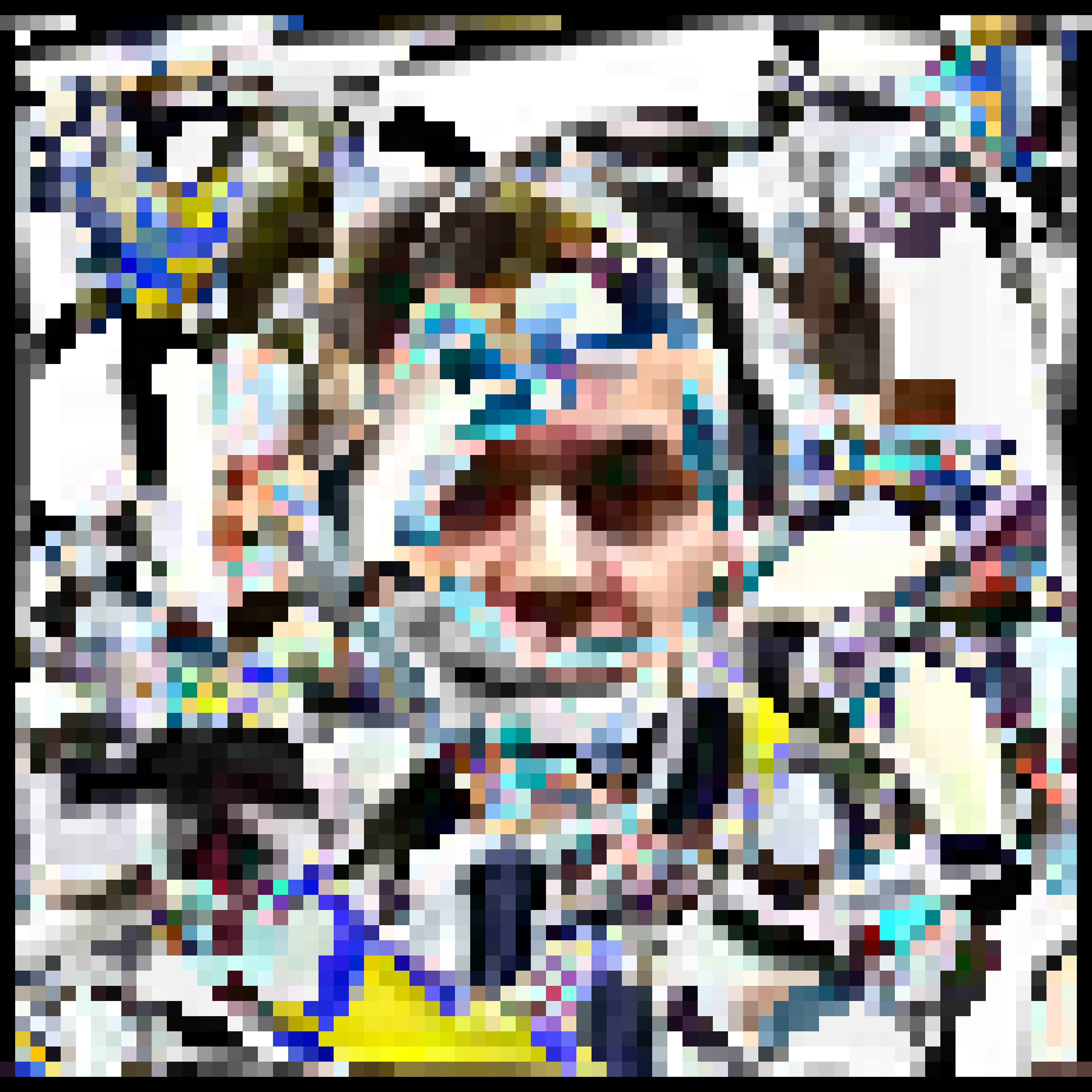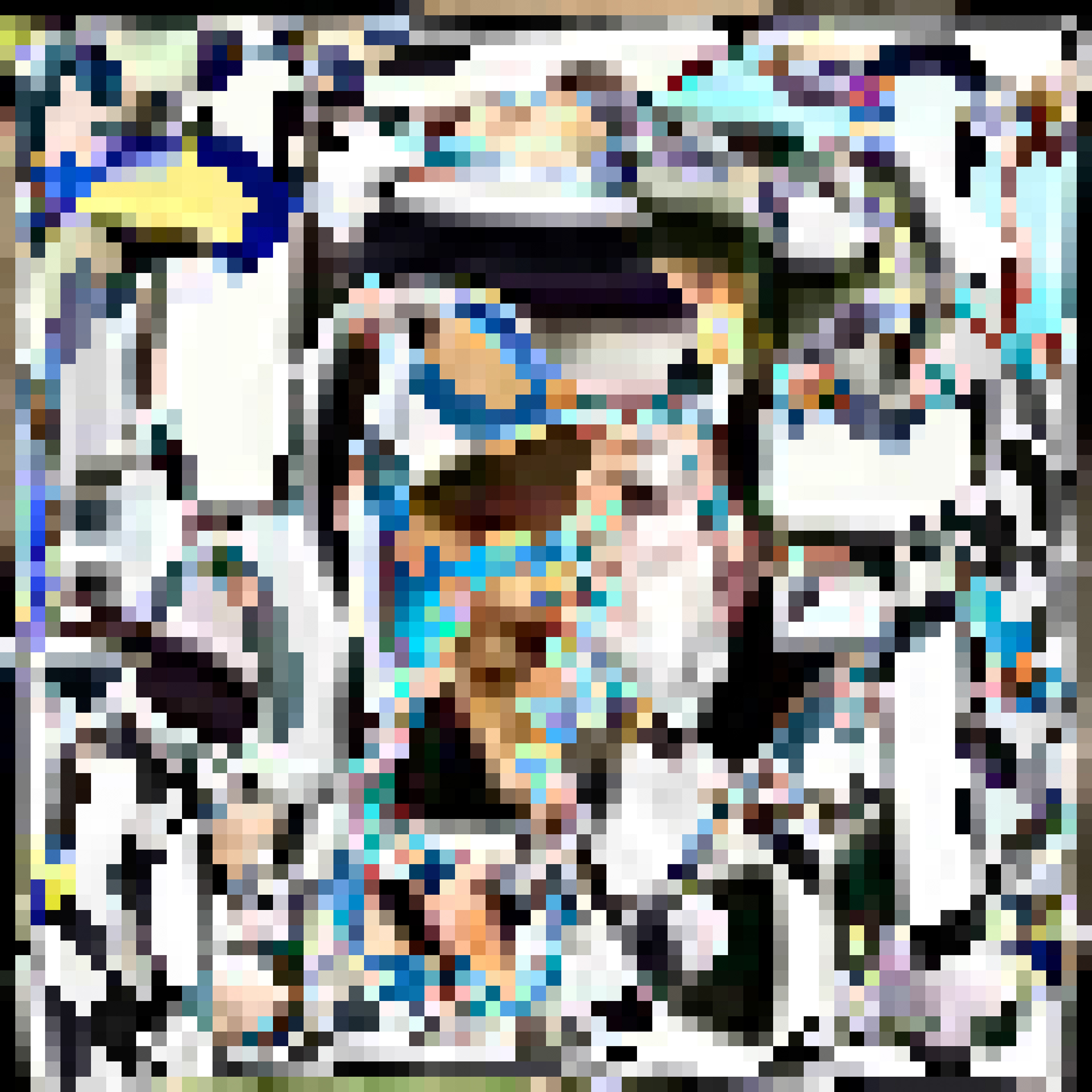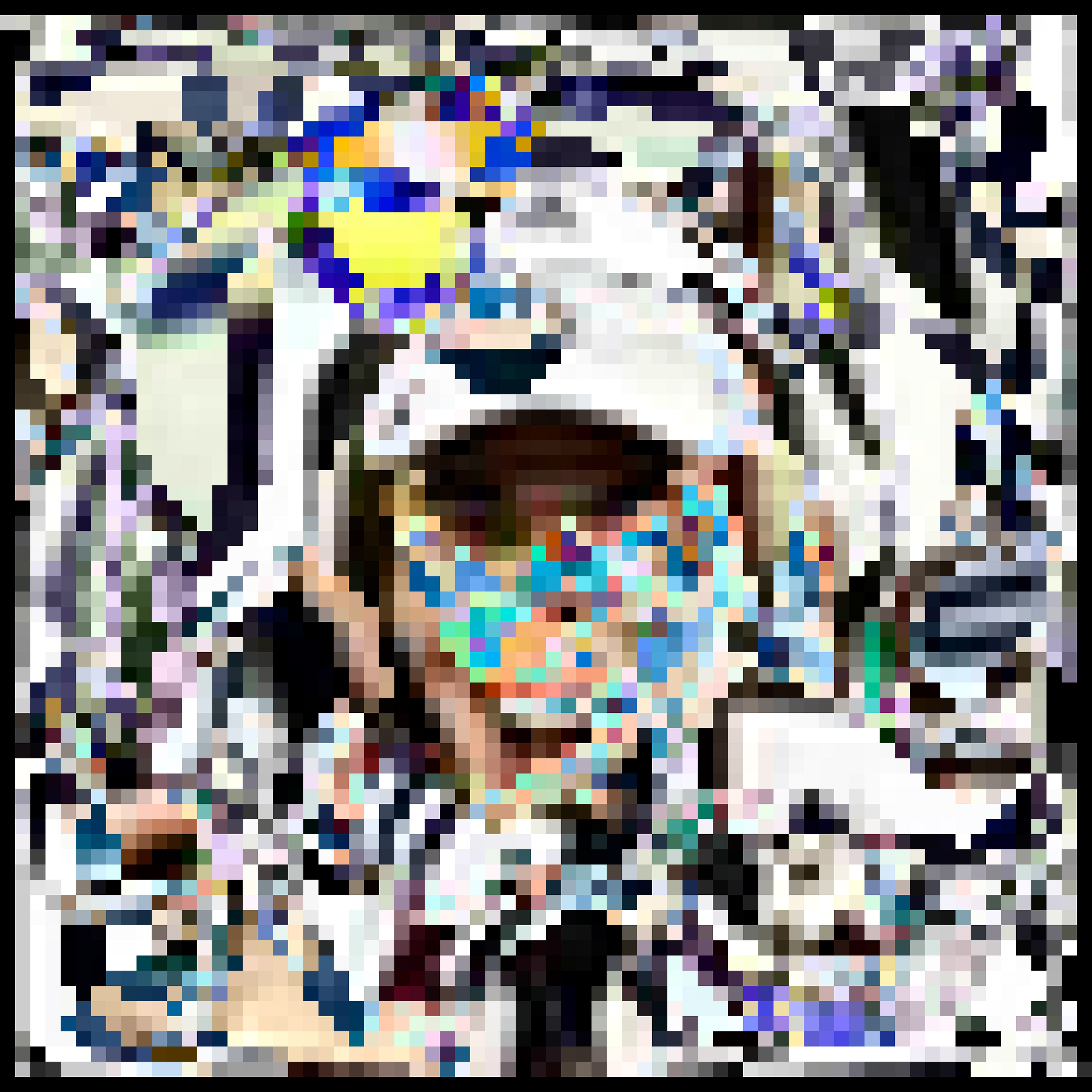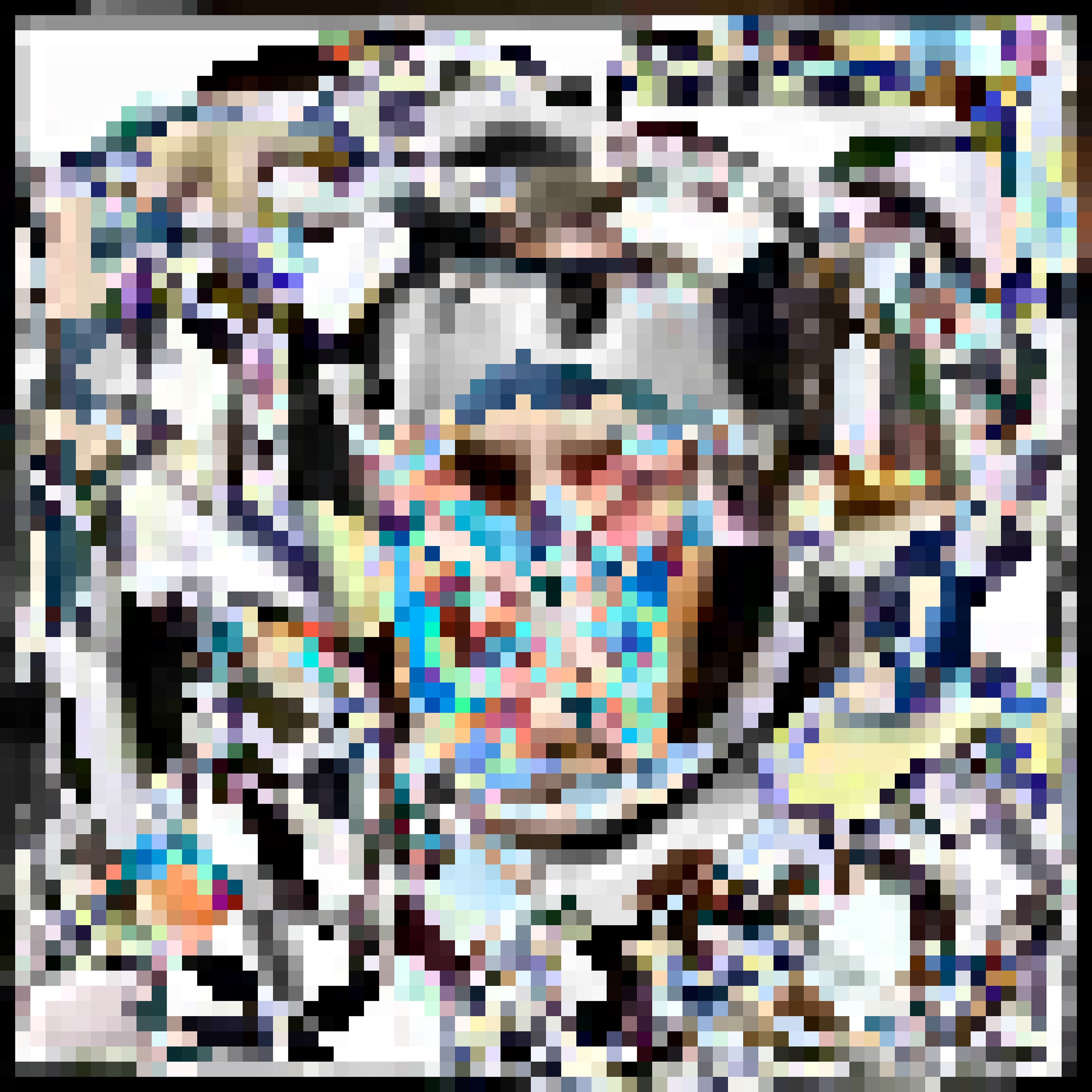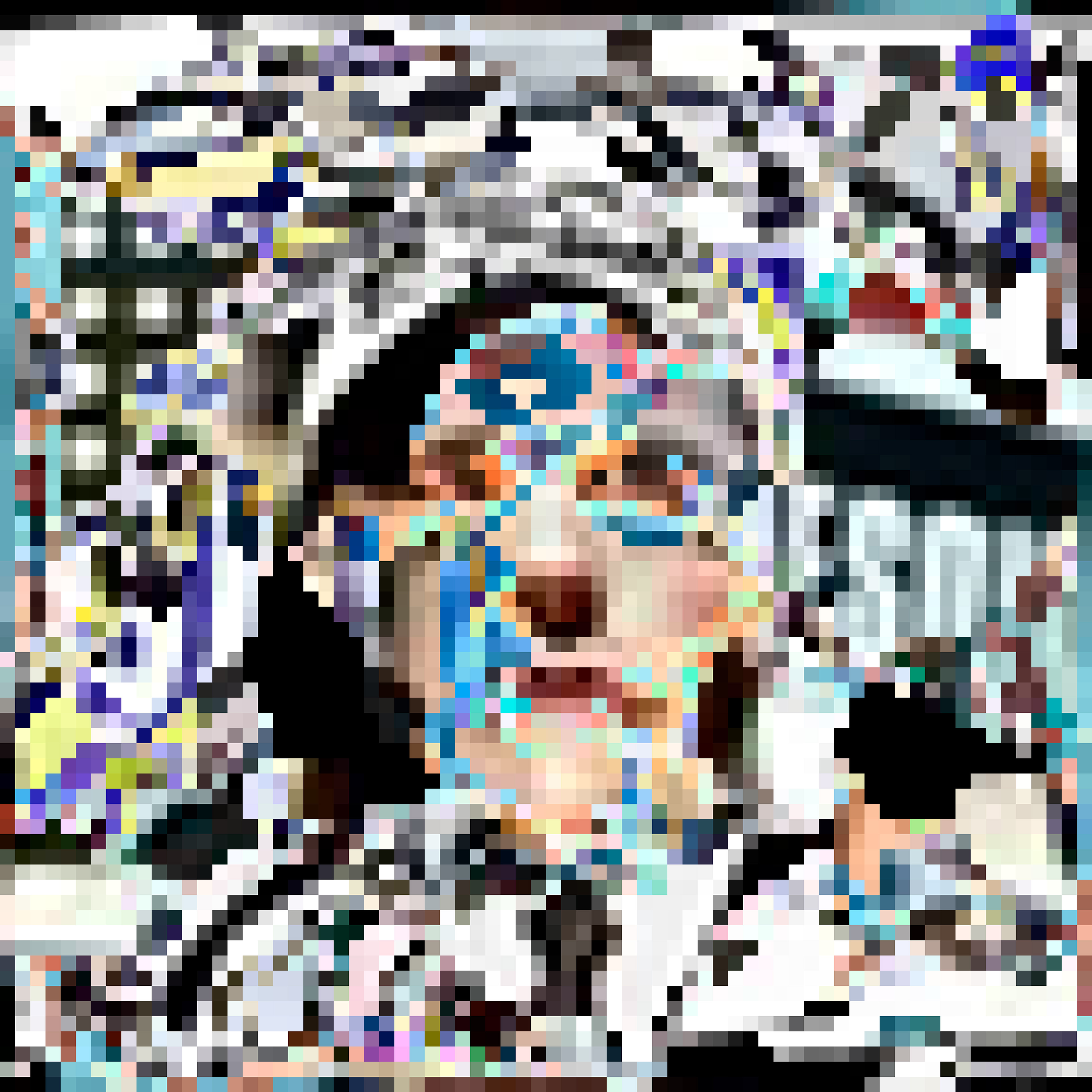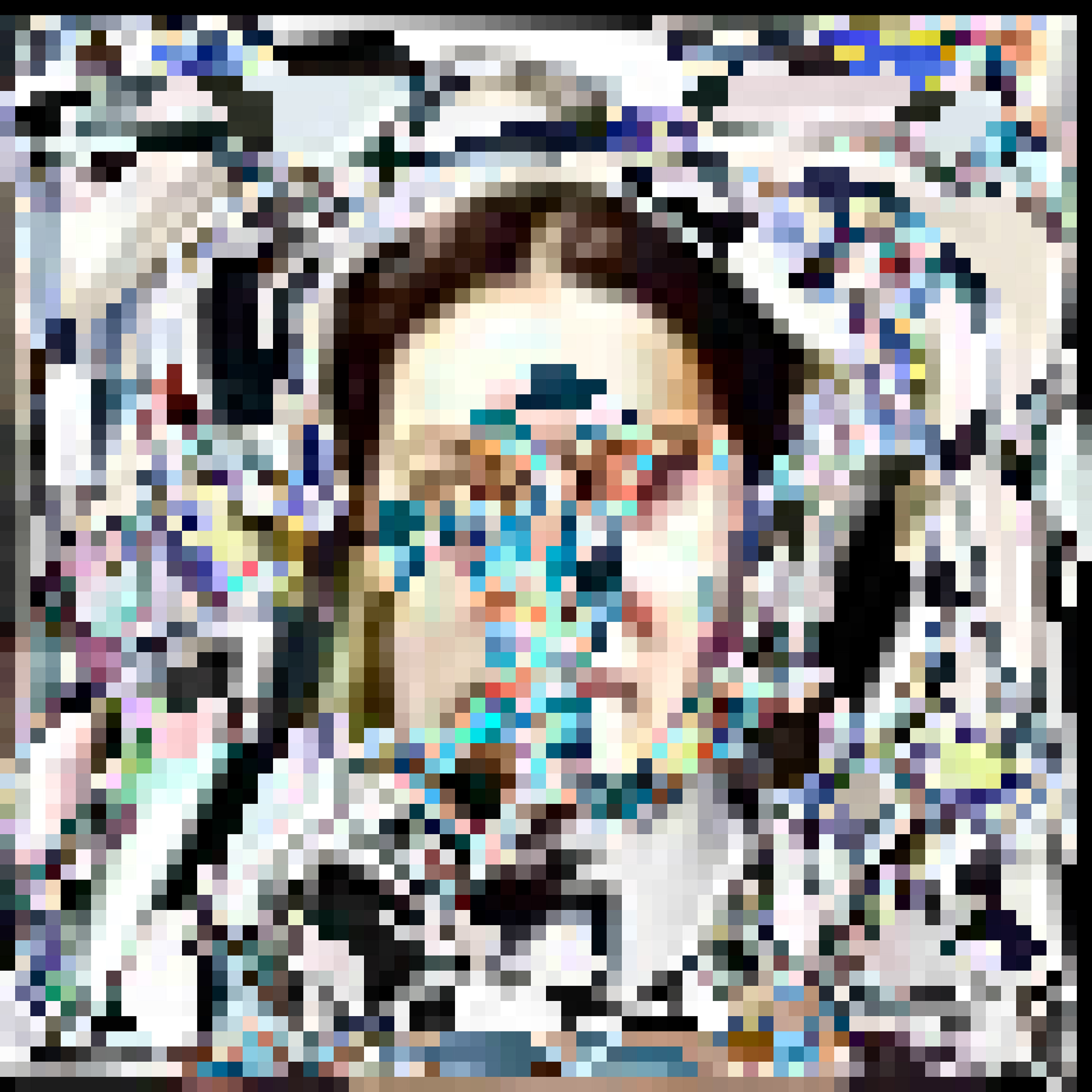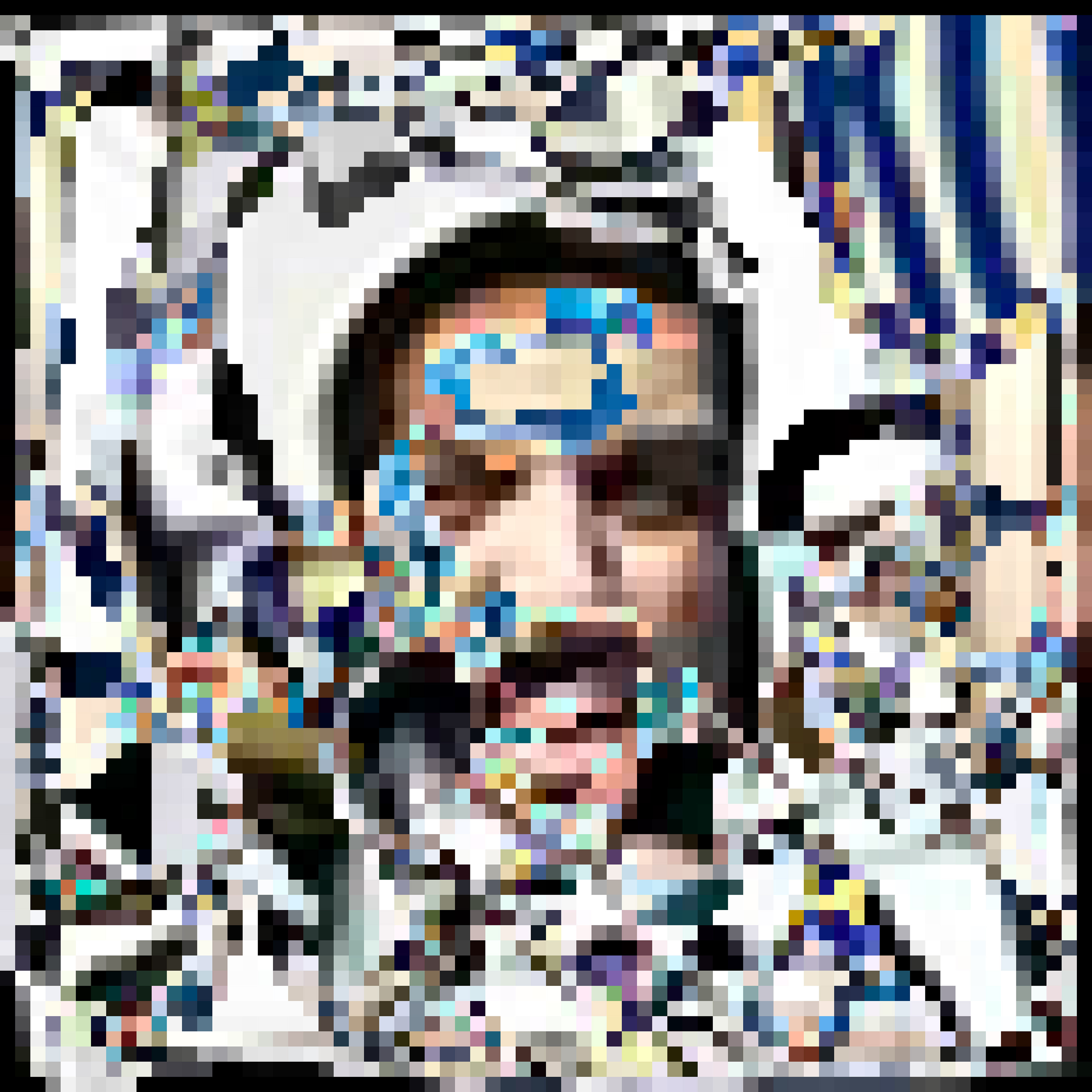Initial Proposal
Design Project - 2
Dron Chandwani | Proposal
Untitled
1.1 Introduction
“Social Media” - Social media are websites, apps, and platforms enabling users to create online communities, share information and ideas through text, photos, videos, and other content, and interact with virtual communities globally
"Trend" - comes from the Old English verb trendan, meaning "to turn" or "to revolve"
“Algorithm” - a set of rules that must be followed when solving a particular problem
“Content” - the main subject, ideas, etc. of a book, article, television programme, etc.
“Scroll”- to move text up and down or left and right on a computer screen
“Short-form content” is any media designed for quick consumption, such as short videos (under 60 seconds), social media updates, memes, and infographics.
“Short-form content” is any media designed for quick consumption, such as short videos (under 60 seconds), social media updates, memes, and infographics.
“Hyperreal” - exaggerated in comparison to reality.1
Social media has become a Repository for images in this age of constantly churning short-form content. Around 1000 photos are uploaded to Instagram alone per second. Microdoses of information told as “facts” and “news” through reels and images are consumed by many through these platforms, and increasing accessibility to the internet has given everyone an outlet. What happens when an algorithm that runs these spaces takes control of your thoughts and conditions your thinking? One may become unable to understand their own reality, wearing masks to conform to fed ideas.
Are we checking the information that comes to us? Or are we constantly in flux, moving from one thing to another in a matter of scrolls? New information should ideally change our views and increase our learning, but we forget that the human brain is conditioned for biases. What happens when everyone has an expert opinion and everyone believes their opinion is the right one? How does one break free from this propaganda?
Personally, I try to curate my algorithm using the tools provided in these apps and analyse the information I am fed through these outlets. However, these algorithms are designed in a way that makes it easy to lose sight and give in to mindless scrolling. Being aware of this phenomenon is not an easy task.
Since we are all fed information that we think is accustomed to our liking, we form bubbles; these bubbles within the internet often do not interact with each other anymore. Every group has more or less operates in their own microchambers, othering the other group or groups. It is also interesting that more often than not, these are divided into binaries, both against each other. People who operate within these spaces become accustomed to their specific jargon, especially within mental health forums, which makes one feel validated by their peers. The algorithm utilises the data we provide through our usage: the scroll, how long we spend on a post, what we ignore by swiping fast, what we save, and what we like. There were 2 times when the algorithm mistakenly identified me as a middle-class mother of two in her late thirties and showed me content and ads specifically targeted toward that demographic.
People are deeply intertwined in the hyperreal of the online worlds, determined by large data sets on how one behaves, even using memes and AI as a form of “therapy”. ChatGPTs are used as a therapist nowadays as well; however, the AI are not sentient to one's feelings. They are working on pattern recognition from the large amount of data sets they are based on. We tell it our deepest, darkest secrets, and it collects that data, and who knows when that can be used against us. Are there any precautions for that?
Social media has real-world impacts, the biggest example being Nepal's overthrowing of their government and reinstating another through a poll on Discord2 or the usage of signs from the anime “One Piece”, a story about fictional pirates vs Government where they questions the people in power and established ideas of pirates3; or the suicide of a popular Instagram influencer because her reach was going down4. Israel is also the only state which has an official Instagram Page where it constantly feeds its citizens propaganda. There are other examples, often involving governments and agencies using social media to their advantage, pushing certain propaganda and maintaining control over what is disseminated. Instagram's subtle censorship towards queer people using shadowbanning, that is, cutting out reach, is another example.
But how does one regain power? Social media is a tool that is expected to be a good space, but it manipulates us and benefits big tech companies and governments in a subtle way. The algorithm goes way beyond the panopticon and becomes the all-seeing eye, taking note of every move that one takes on their little screens in their hands.
But how does one regain power? Social media is a tool that is expected to be a good space, but it manipulates us and benefits big tech companies and governments in a subtle way. The algorithm goes way beyond the panopticon and becomes the all-seeing eye, taking note of every move that one takes on their little screens in their hands.
As I have grown up and having seen the evolution of social media, I have had a certain relationship with it, it has done good for many as a platform, but it has also major drawbacks, the line between this real, unreal and hyperreal is blurring day by day, now a whole generation is being born into social media, How will one know they are in the matrix if they dont know what the matrix is.
Discord Poll through which the interim Prime Minister of Nepal was chosen after the Genz Protest of 2025, which had overthrown the existing government.
1.2 Approach
I want to keep the approach broader, not just limiting it to popular social media platforms, but also exploring more obscure ones and their additional uses. I am taking a research-oriented approach. This will require me to be online and vigilant, reading papers and testing algorithms, engaging in online conversations, and gathering large quantities of data. I would like to build certain systems, or the same ones, and represent the data in a visual form, looking at the surveillance tools that companies use, their base of operations, and furthermore. Also, looking at popular media and the usage of Social media, as well as the phone image.
1.3 Methodologies and Potential Outputs
Being online, using screenshots and a digital archive of the internet. Also, manipulating images, enlarging, reducing, etc, to use these images in the context of the project
Using facial recognition systems using a Raspberry Pi and Raspberry Pi AI cam, which can be fed certain data sets available online, on these screenshots and archives of videos and photos to understand the biases of these data sets.
Further, it utilises EEG and AI-based software that analyses data collected from a person wearing it, creating a copy of the images that the person is thinking about. (Thought limited and not easy to access, I will be trying to gain access to these.) I can also use this method to analyse social media and generate visual responses.
Using thermal printing as an output.
Using AR/VR to create a cluster of images that surrounds us all the time, exploring claustrophobia in a sea of images.
1.4 References
1.4.1 Trevor Paglen
Trevor Paglen is an American artist and geographer whose multidisciplinary practice investigates the invisible systems of control and secrecy that shape the modern world, using photography, sculpture, installation, and investigative research to make the hidden architectures of mass surveillance, data collection, and government black ops programs visually palpable, often training AI on unconventional datasets to critically expose the political biases embedded within machine vision systems.
Installation view, From ‘Apple’ to ‘Anomaly’ (Pictures and Labels) – Selections from the ImageNet dataset for object recognition, Barbican Centre – The Curve, London (September 2019 – February 2020)
1.4.2 Thomas Ruff
Thomas Ruff is a leading German photographer and a key figure of the Düsseldorf School, renowned for his conceptual, series-based approach that systematically deconstructs the technical, aesthetic, and philosophical conventions of the photographic medium, from his deadpan portraits and re-photographed news images to his pioneering digital manipulations of found internet pictures and scientific archives, consistently exploring how images are made, read, and transformed by technology and context.
jpeg nt02, 2006, from the project jpegs.
1.4.3 Nicki S Lee
Nikki S. Lee is a Korean-American artist renowned for her groundbreaking photographic projects that explore identity, assimilation, and cultural stereotypes. Her most famous series, Projects (1997-2001), involved her deeply embedding herself into various subcultures and social groups—from Ohio strip club dancers to senior citizens and yuppies—documenting her transformation through snapshot-style photos. By altering her appearance, mannerisms, and style to "pass" as a member, Lee's work brilliantly questions the performance and fluidity of identity, challenging the authenticity of the documentary photograph.
1.4.4 Taiyo Onorato and Nico Krebs
Onorato and Krebs are the collaborative Swiss artist duo, known for their photographic and filmic work that explores the constructed nature of perception and the unstable boundary between the found and the fabricated, often employing simple in-camera tricks, mirrors, projections, and makeshift interventions within urban and natural landscapes to create surreal, disorienting images that challenge our accepted notions of reality and reveal the potential for the ordinary world to become a site of psychological unease and enigmatic possibility.
W10, 2020, Future Memories, 2020 – 2021
1.4.5 Jules Spintasch
Jules Spinatsch is a Swiss visual artist renowned for his conceptual and technologically innovative approach to photography, often employing automated surveillance systems, webcams, and custom-built apparatus to critically examine the structures of power, labor, and security within contemporary landscapes, most famously in his large-scale, panoramic series "Temporary Discomfort" which documents the orchestrated chaos and security theater of World Economic Forum meetings through a network of automated cameras triggered by motion detection.
Snowden Habitat Part 1 – Panorama: 600 images recorded from 15:30 to 17:29 with computer computer-controlled camera, 12.1.2013. Seujet Complex Geneva,
1.4.6 Amalia Ulman
Amalia Ulman is an Argentine-Spanish artist known for her groundbreaking work in digital performance and post-internet art. She gained international recognition for her 2014 project "Excellences & Perfections," a multi-month Instagram performance where she fictionalised a character's life, blurring the lines between online reality and fiction. Her practice explores themes of gender, class, labour, and the social codes of contemporary identity.
Amalia Ulman’s work “Excellences and Perfectionism” and “Privelidge Archive”
1.4.7 Max Pinckers - Trophy Camera
Max Pinckers is a Belgian documentary photographer whose work often critically examines the very conventions and ethics of his own medium. He is known for his meticulously researched projects that challenge traditional notions of objectivity in photography, questioning the established formulas and power dynamics inherent in documentary practice.7
The first prototype of an AI-powered camera that only makes award-winning pictures.
This A.I.-powered camera, without a viewfinder or a screen, has been trained on all previous winning World Press Photos of the Year, from 1955 to today. Based on the identification of labelled patterns, the camera is programmed to recognise, make, and save only winning photos, which are automatically uploaded to the dedicated website: trophy. Camera 8
Trophy Camera v0.9 Raspberry Pi Zero W, Full HD camera module for Raspberry Pi, 5000mAh powerbank, monochrome 128 x 32 SPI OLED graphic display, plastic casing, 115 x 85 x 191 mm
1.4.8 Hito Steryl
Hito Steyerl (b. 1966, Munich) is a German filmmaker, visual artist, and writer renowned for her incisive and influential work on the impact of digital technology, globalisation, and surveillance on contemporary society. A key figure in the "post-internet" art movement, her widely circulated essays, such as "In Defence of the Poor Image," and her immersive video installations critically examine how images circulate as commodities and tools of power in the 21st century. Her work is celebrated for its ability to blend sharp political analysis with a dynamic, often chaotic, visual style that mirrors the very digital conditions she critiques.
Review I
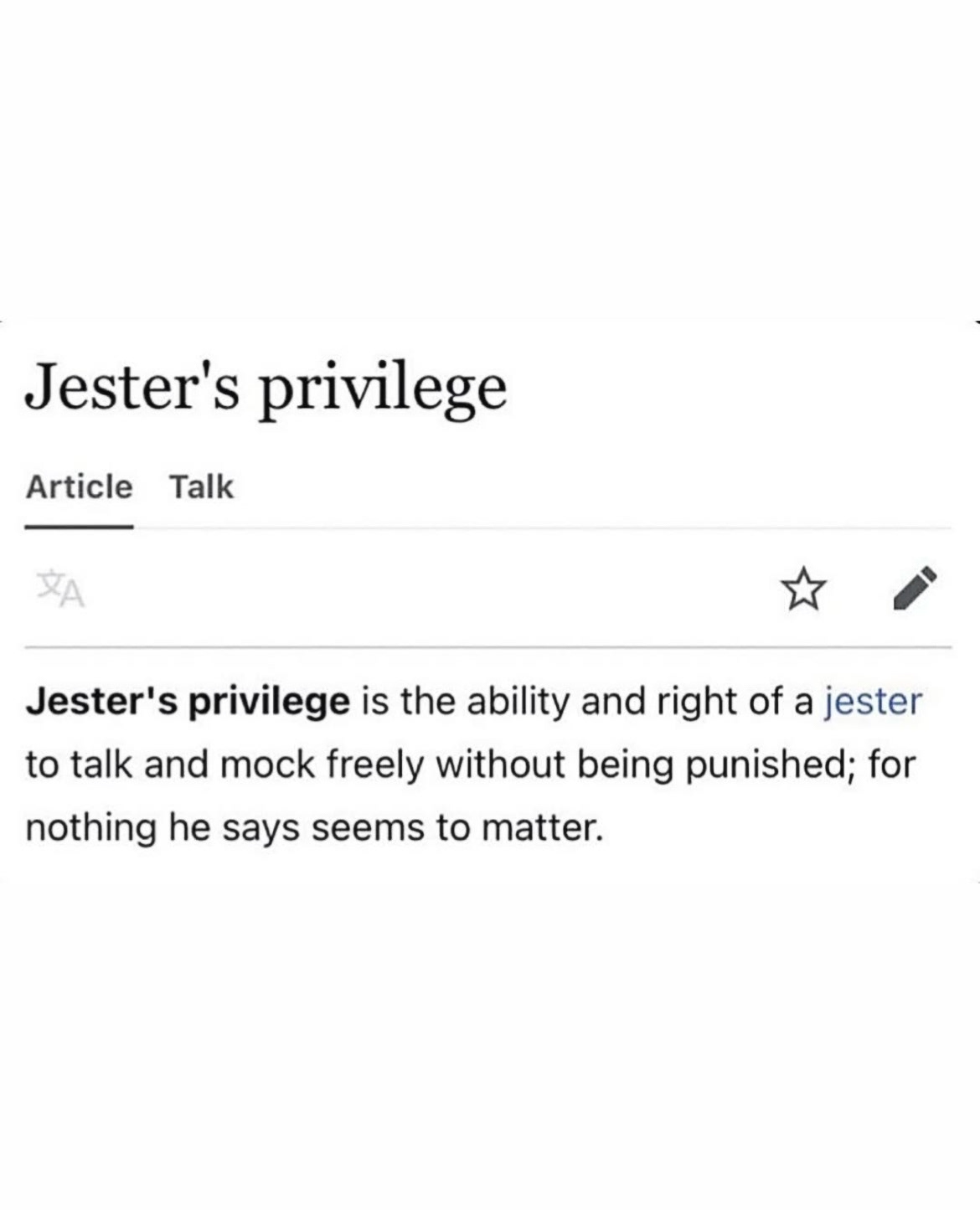
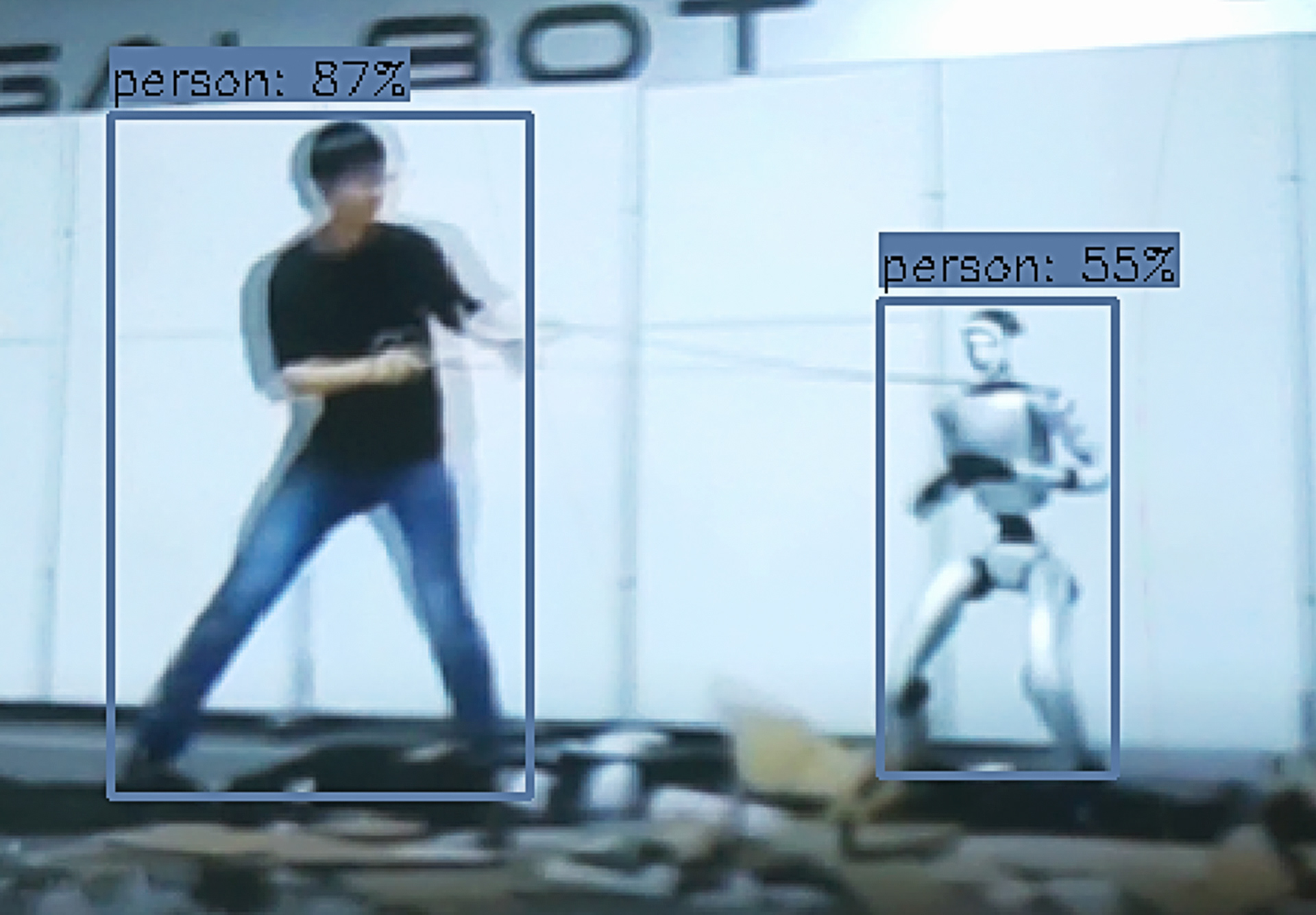

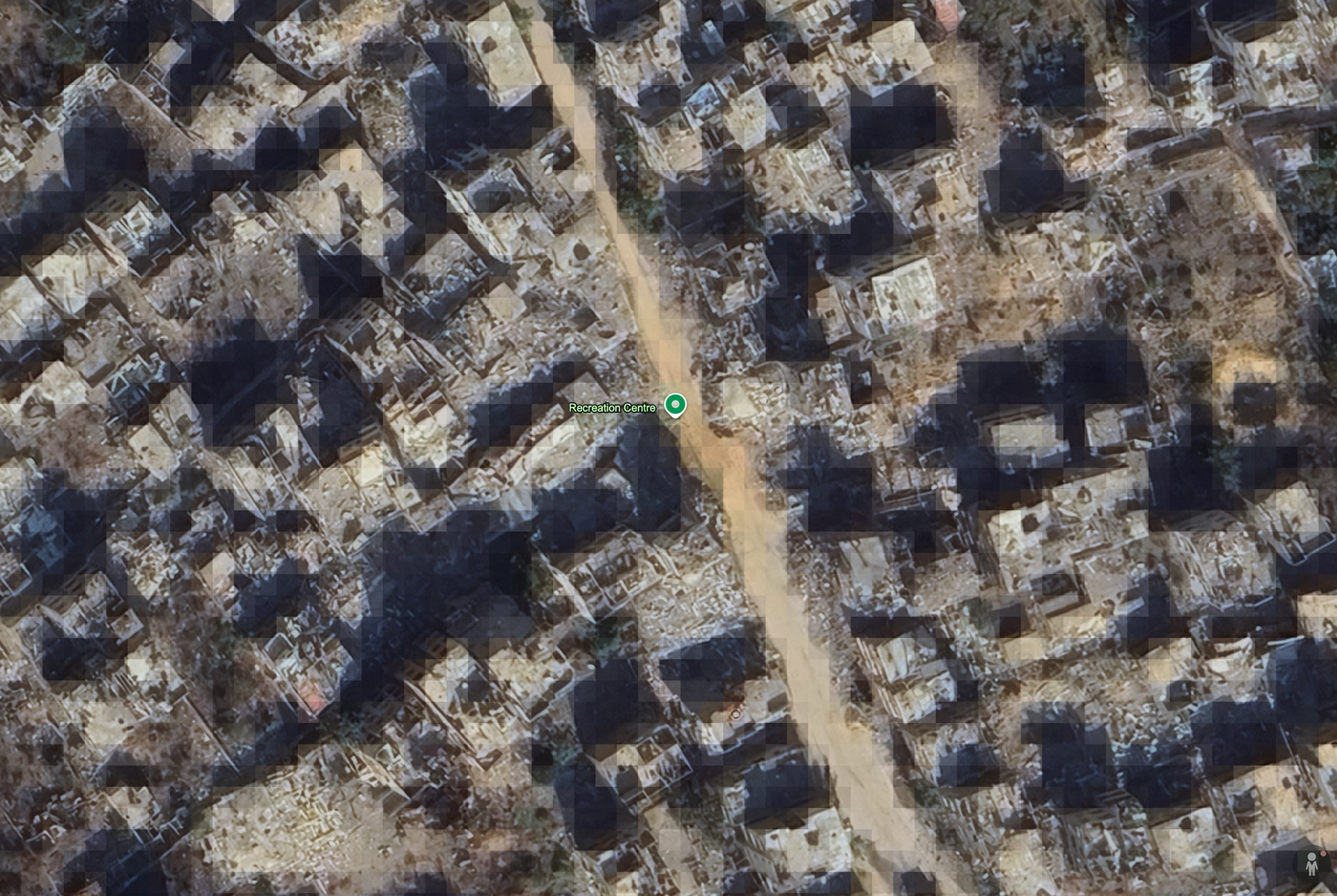
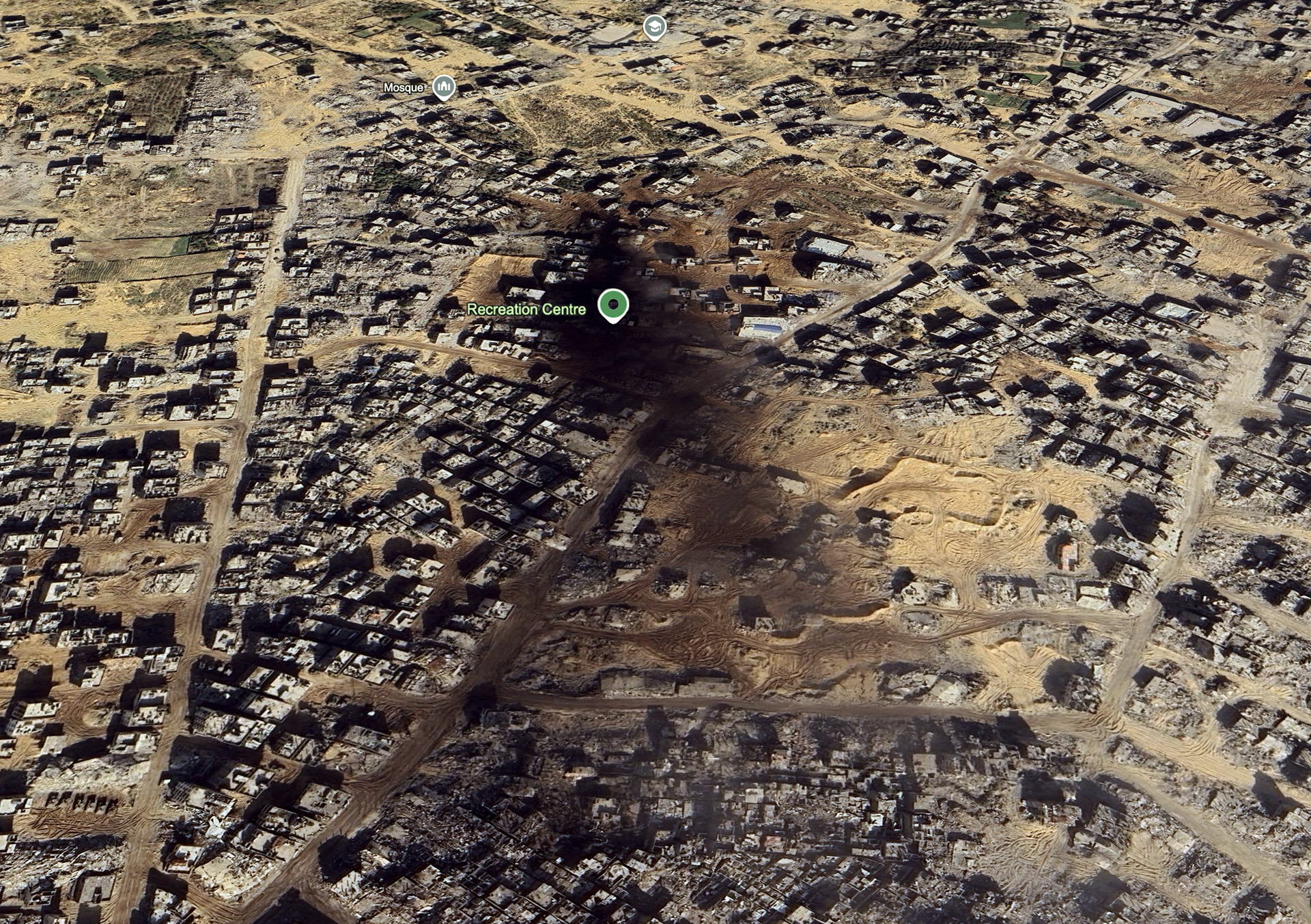

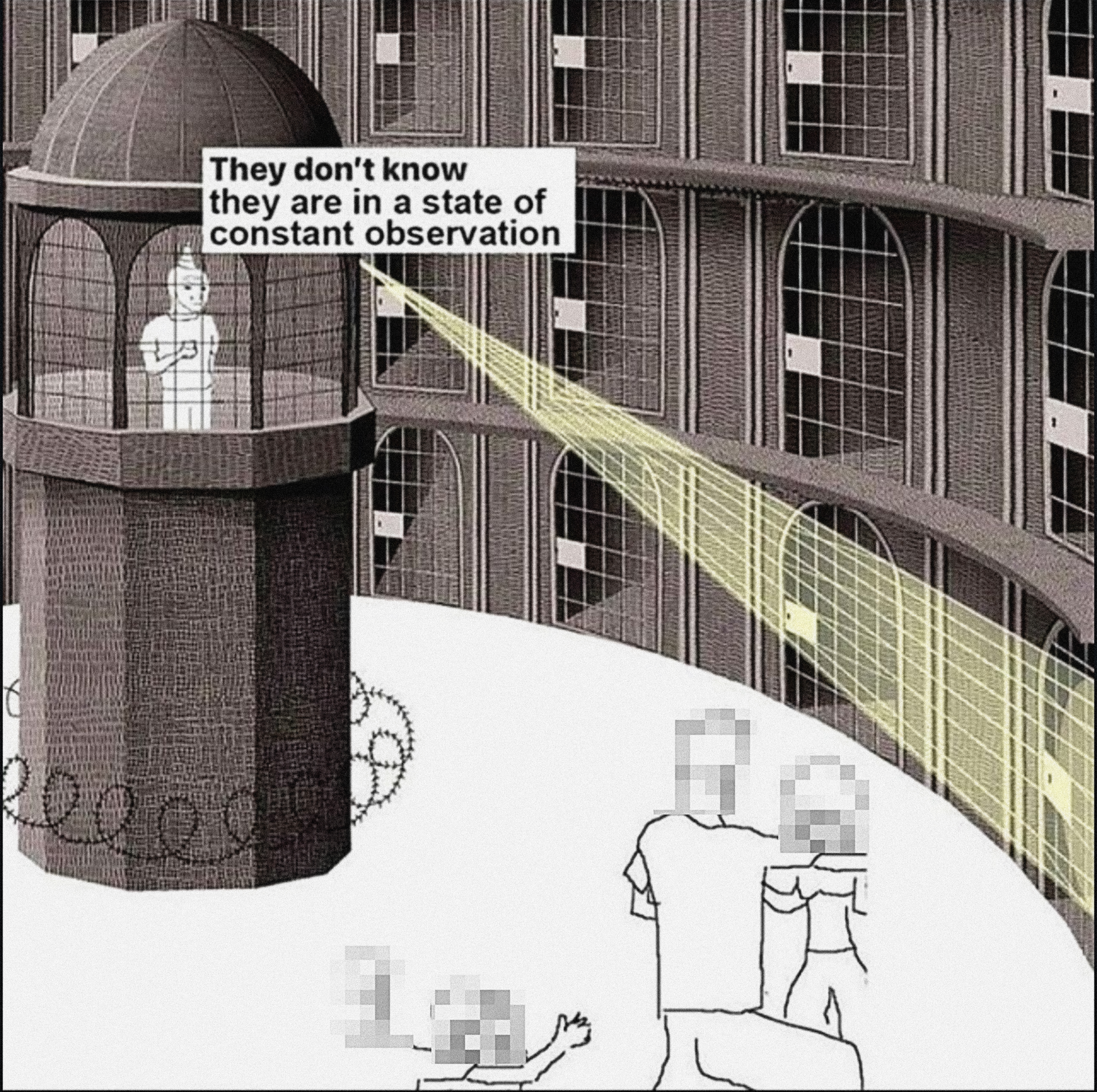
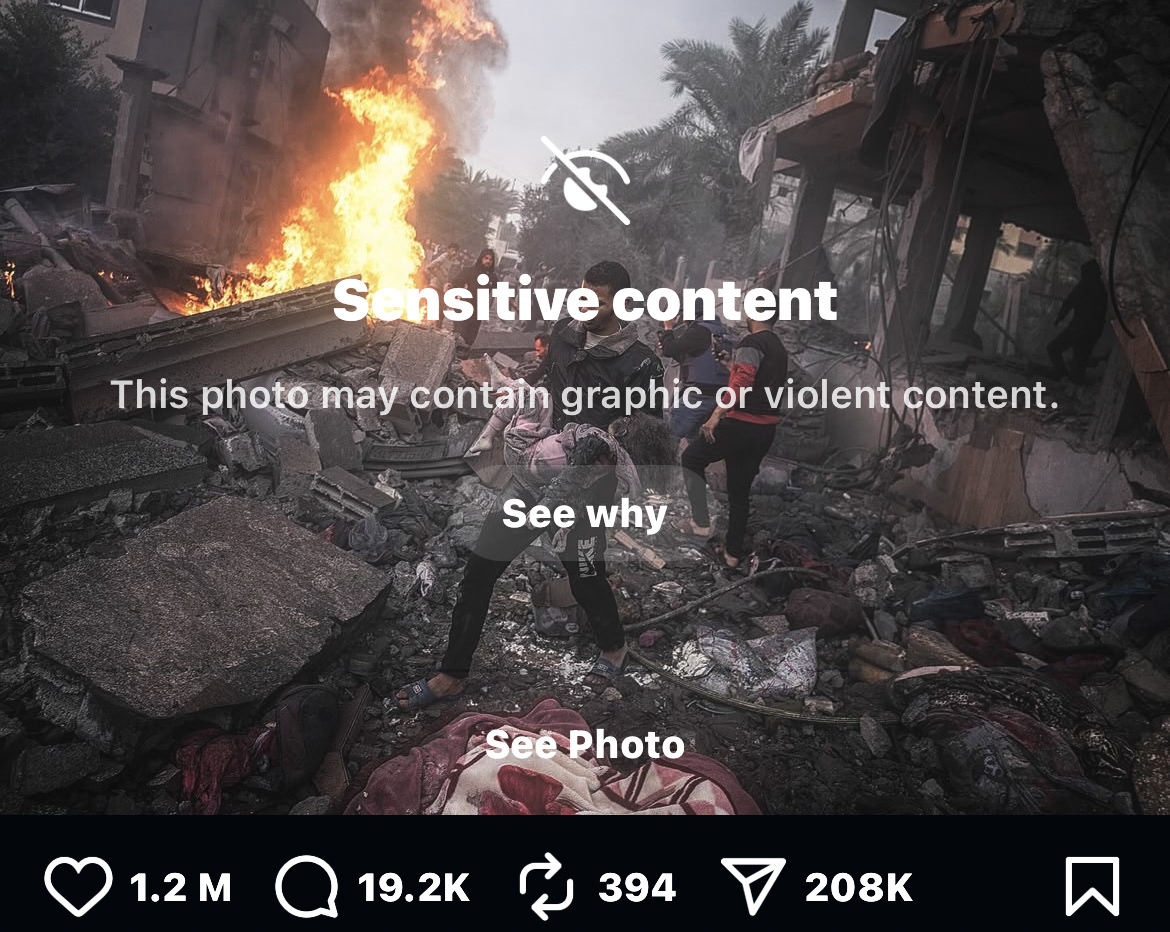
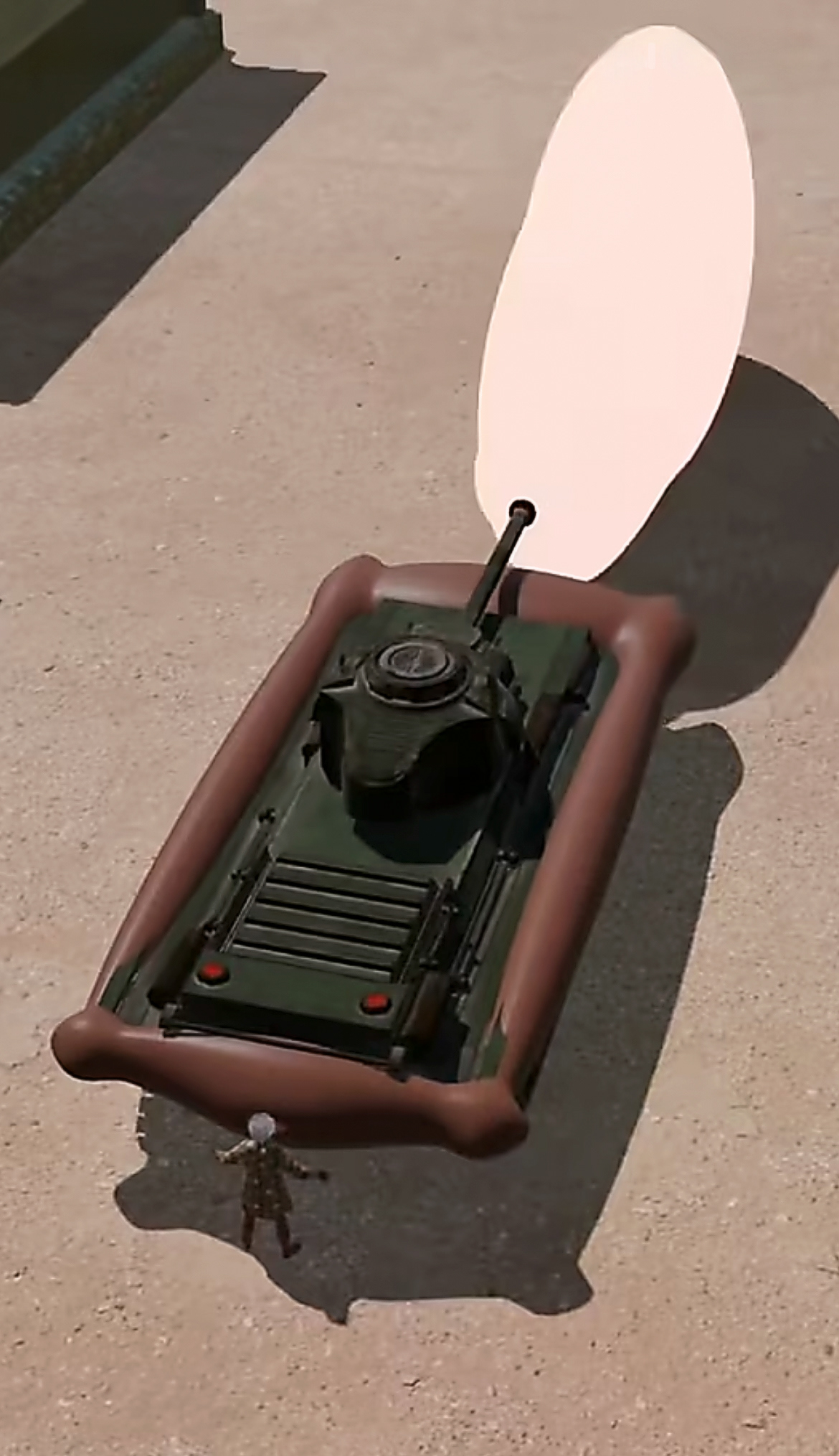
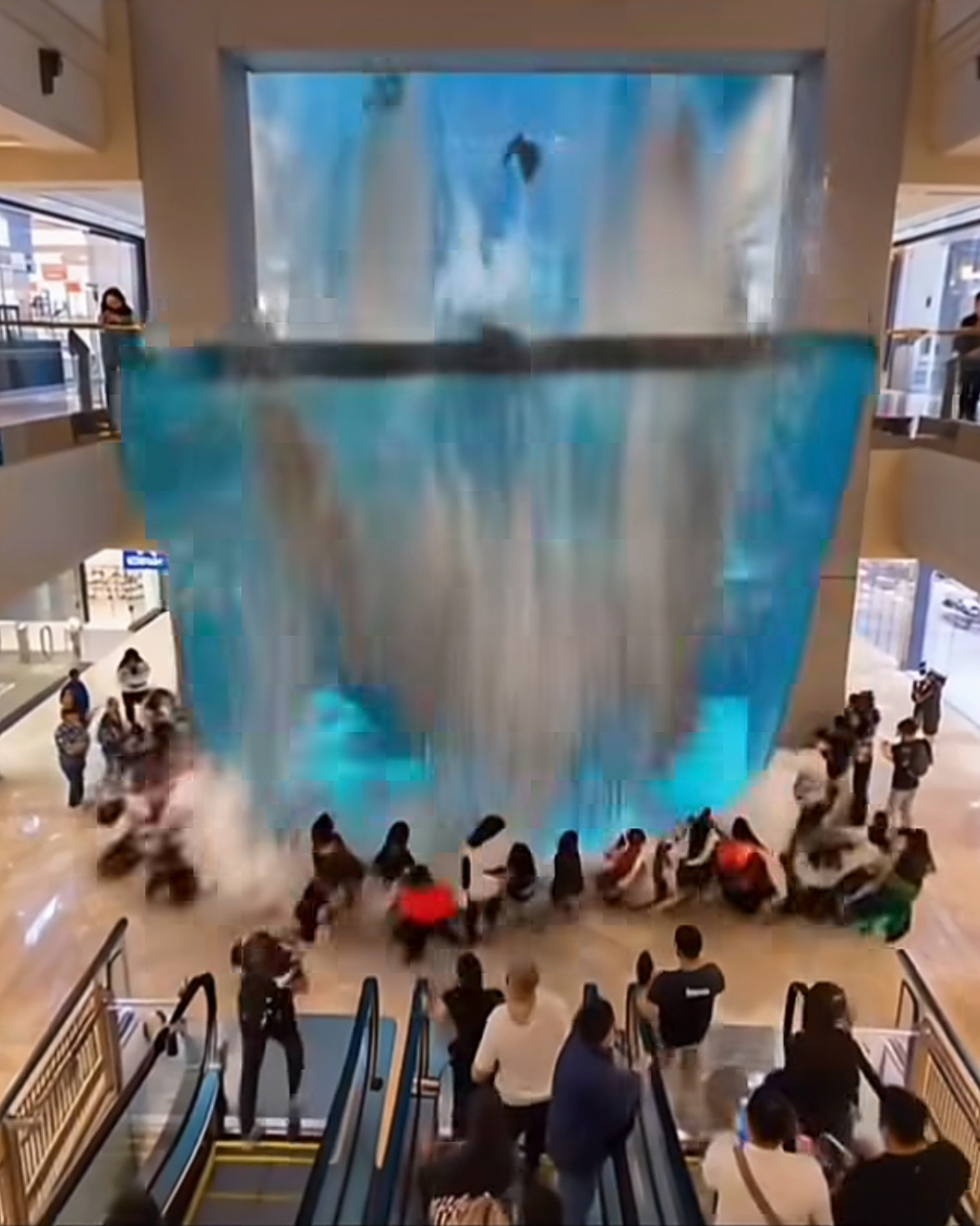


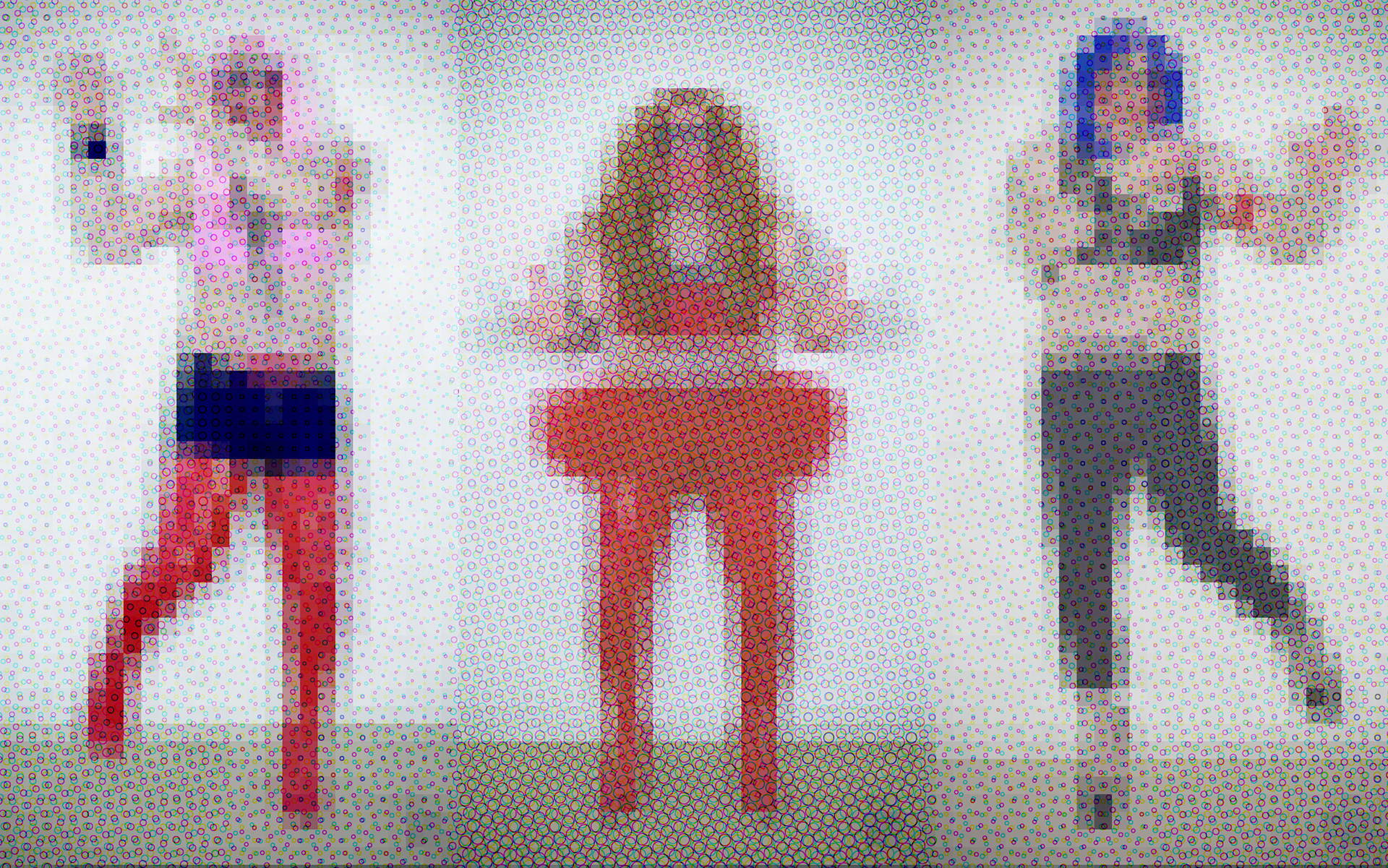

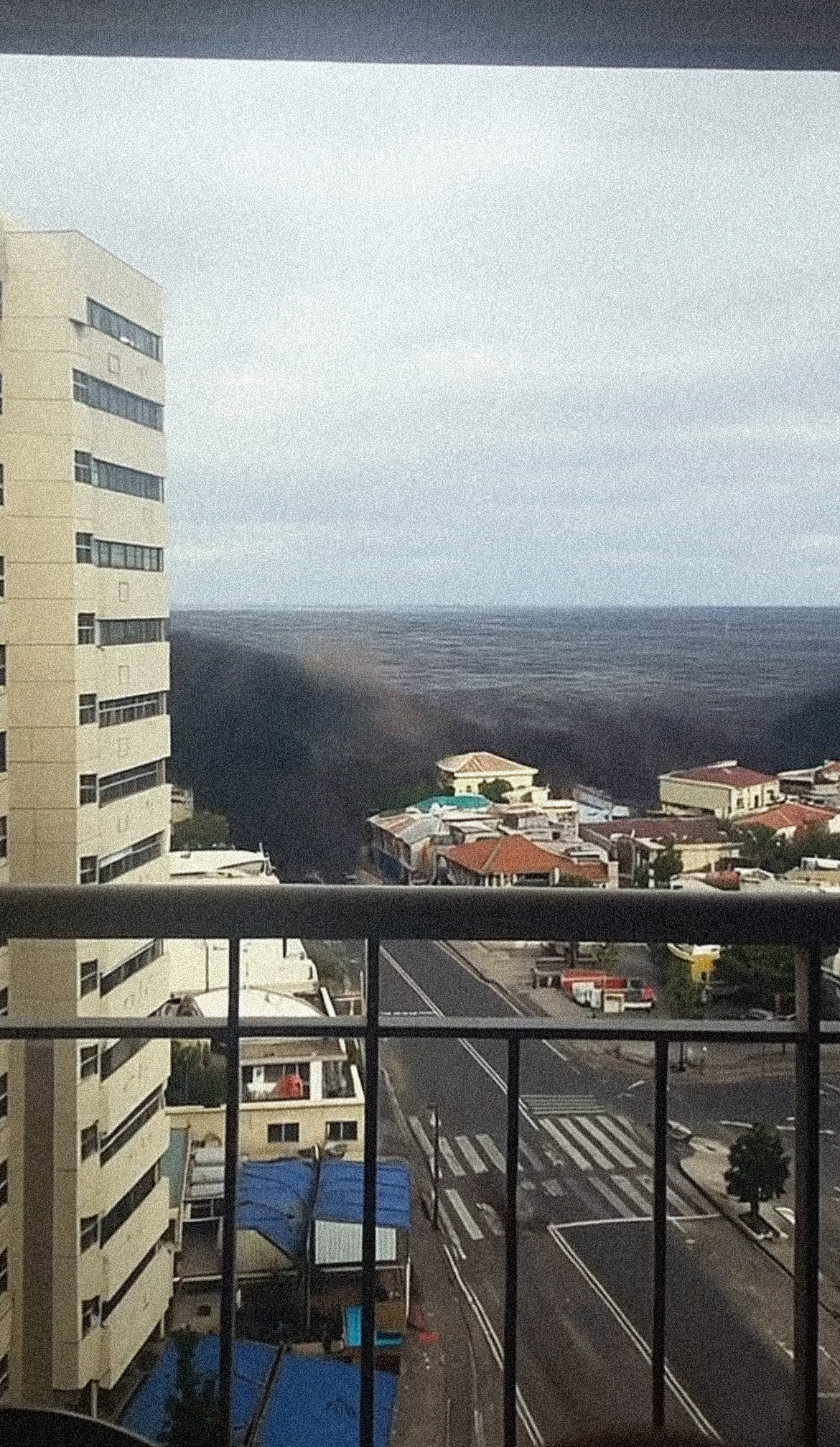
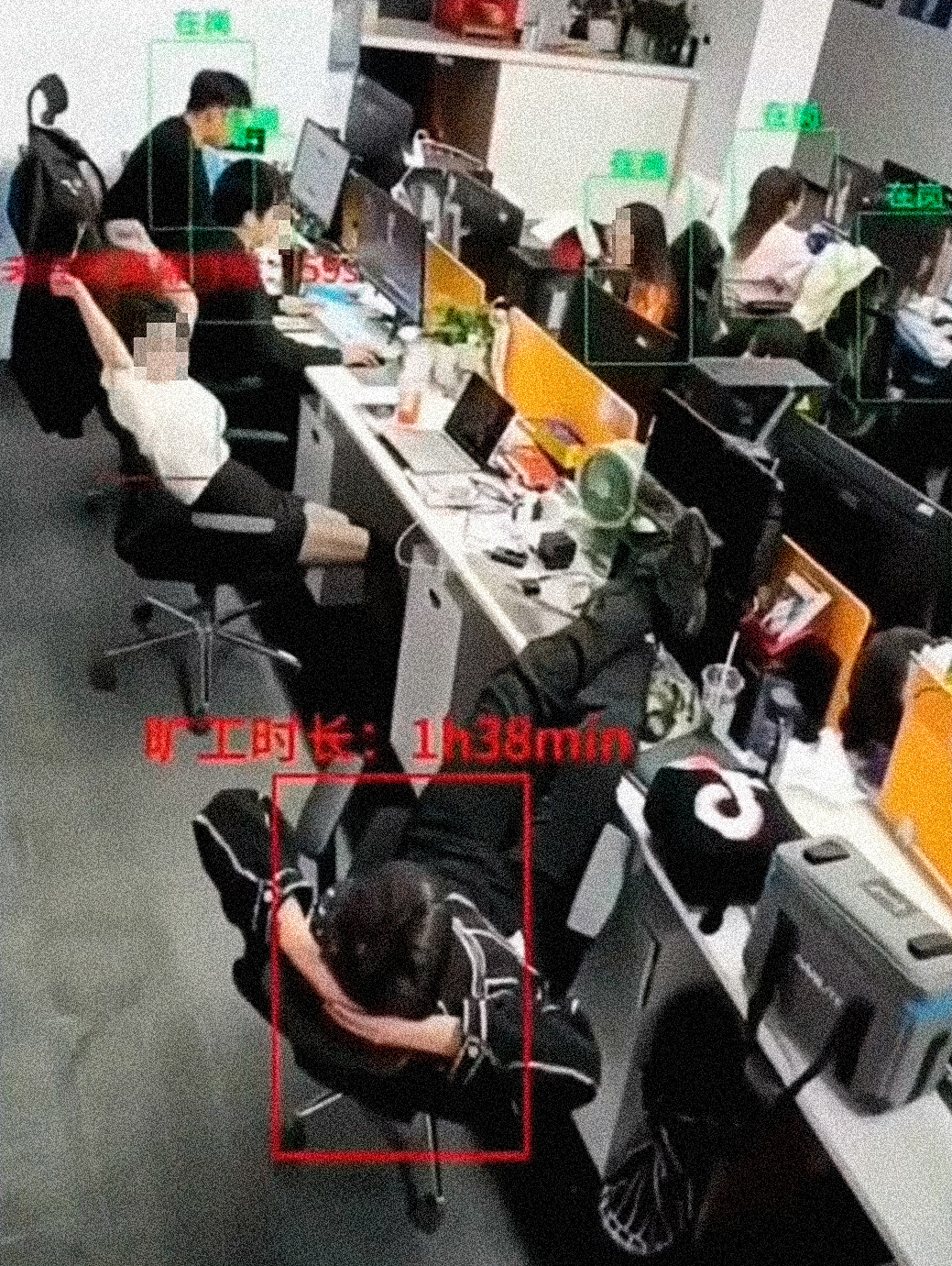
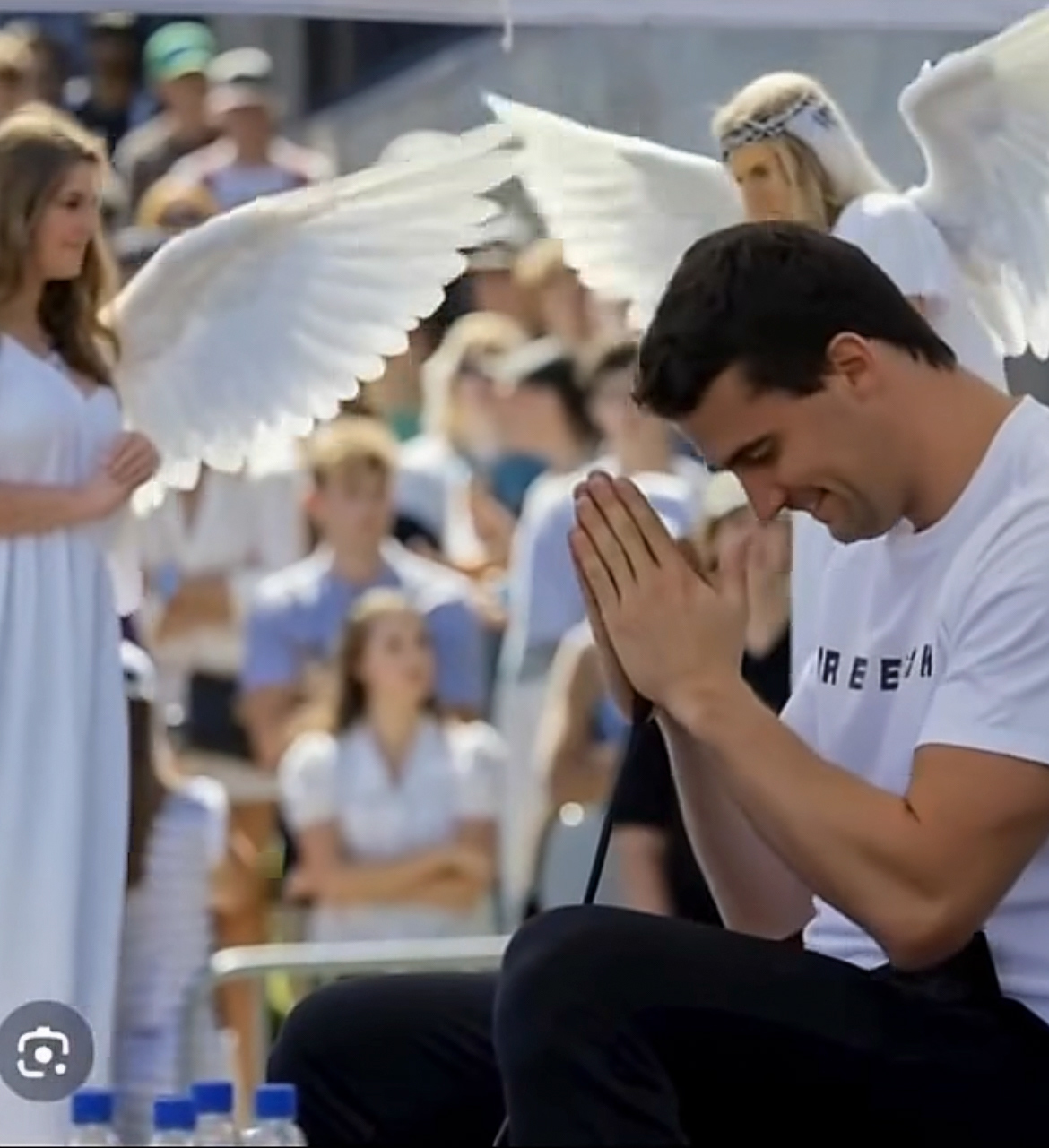
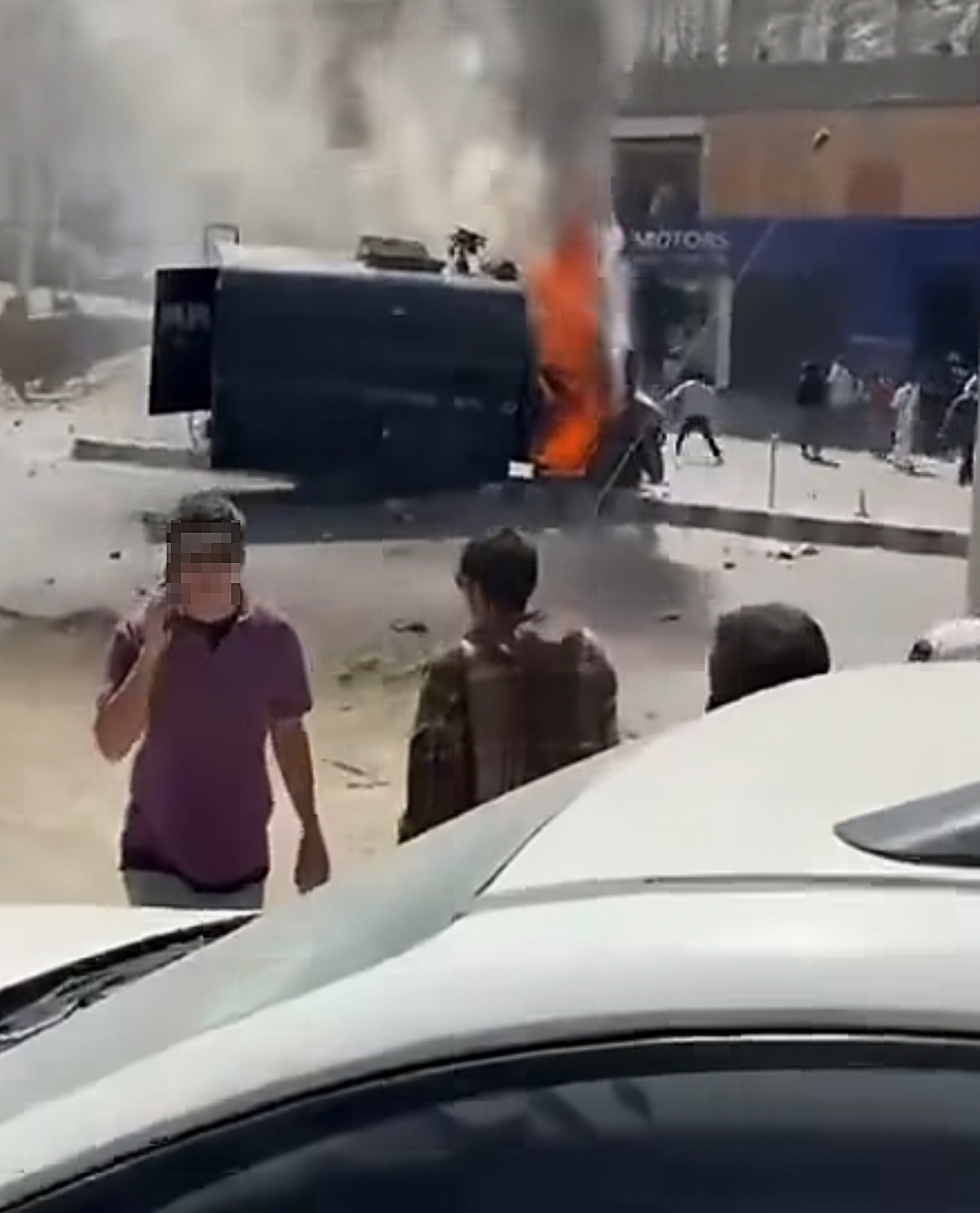
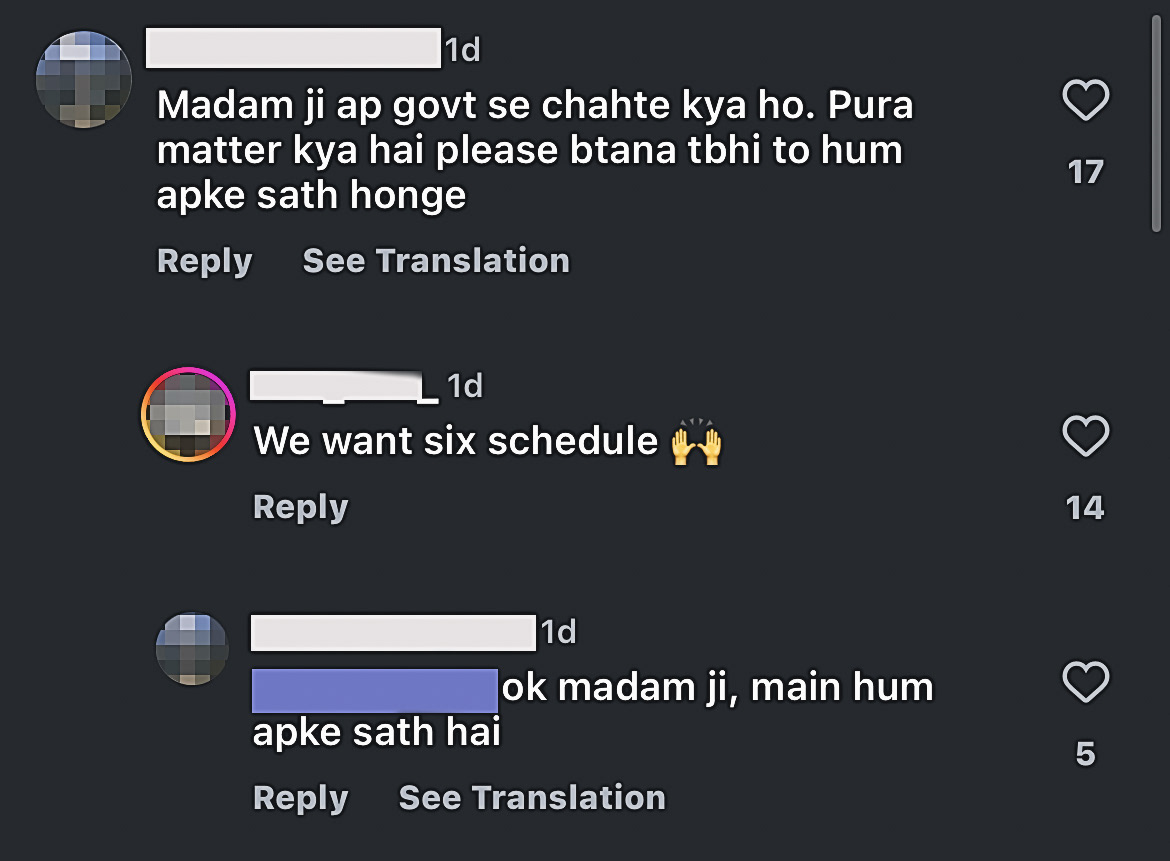
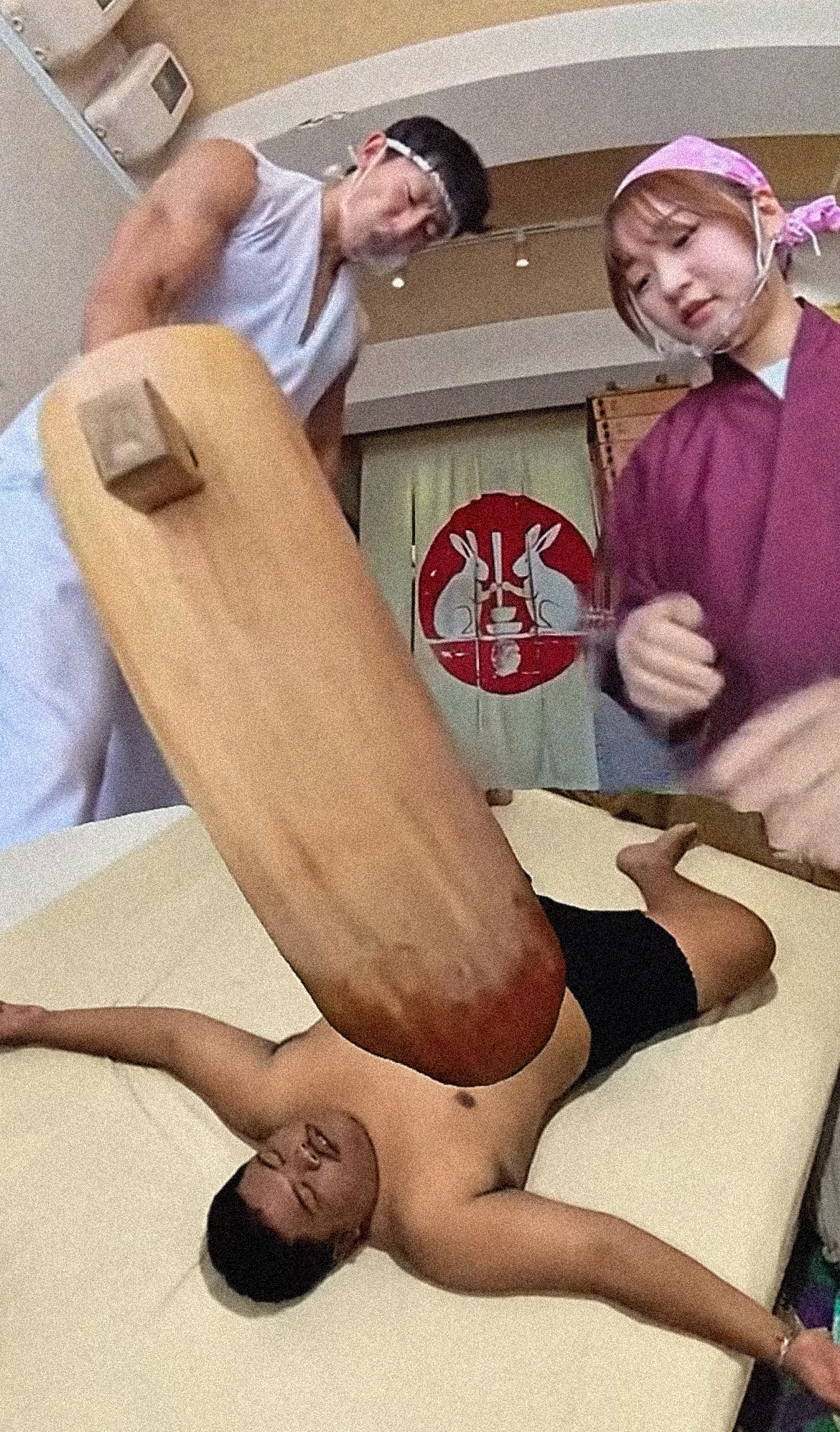
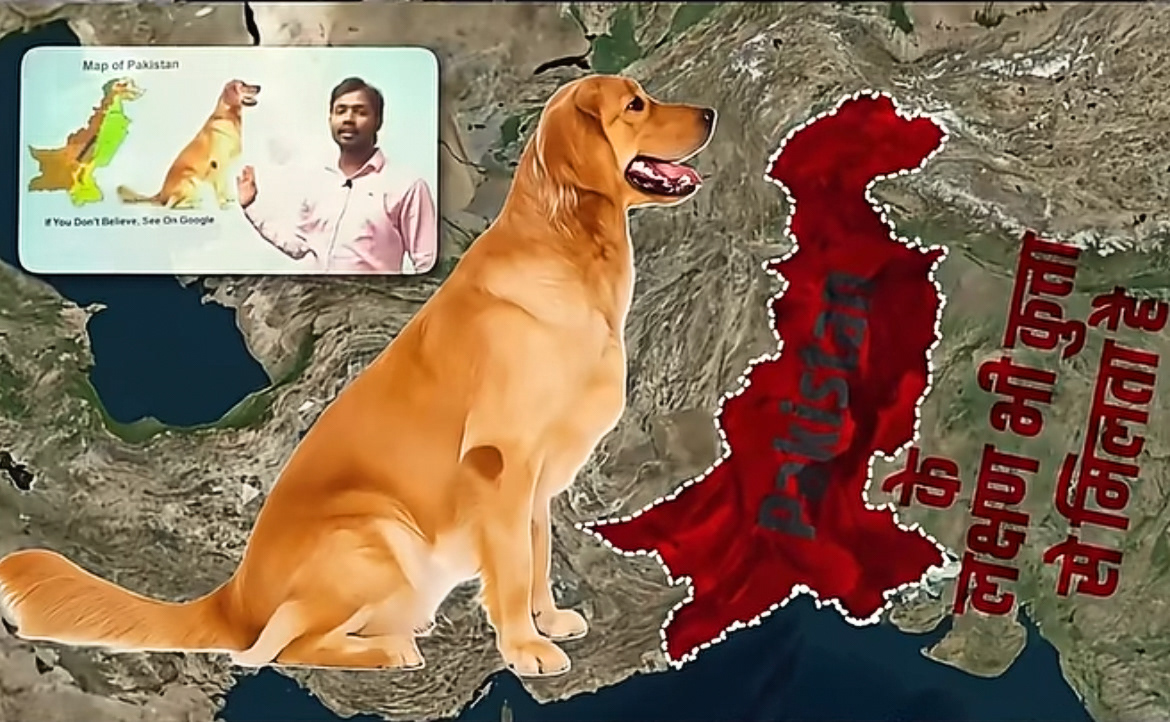
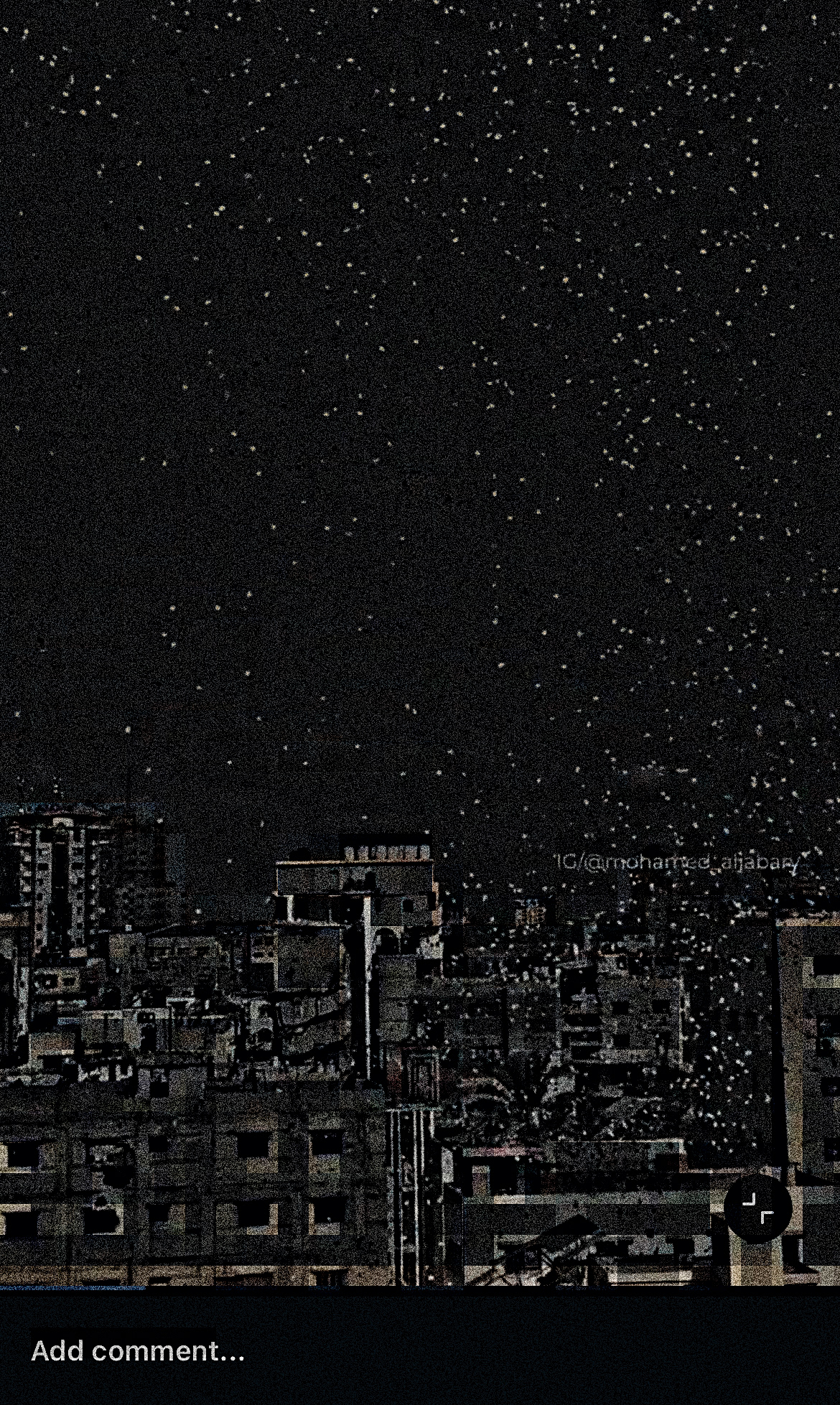
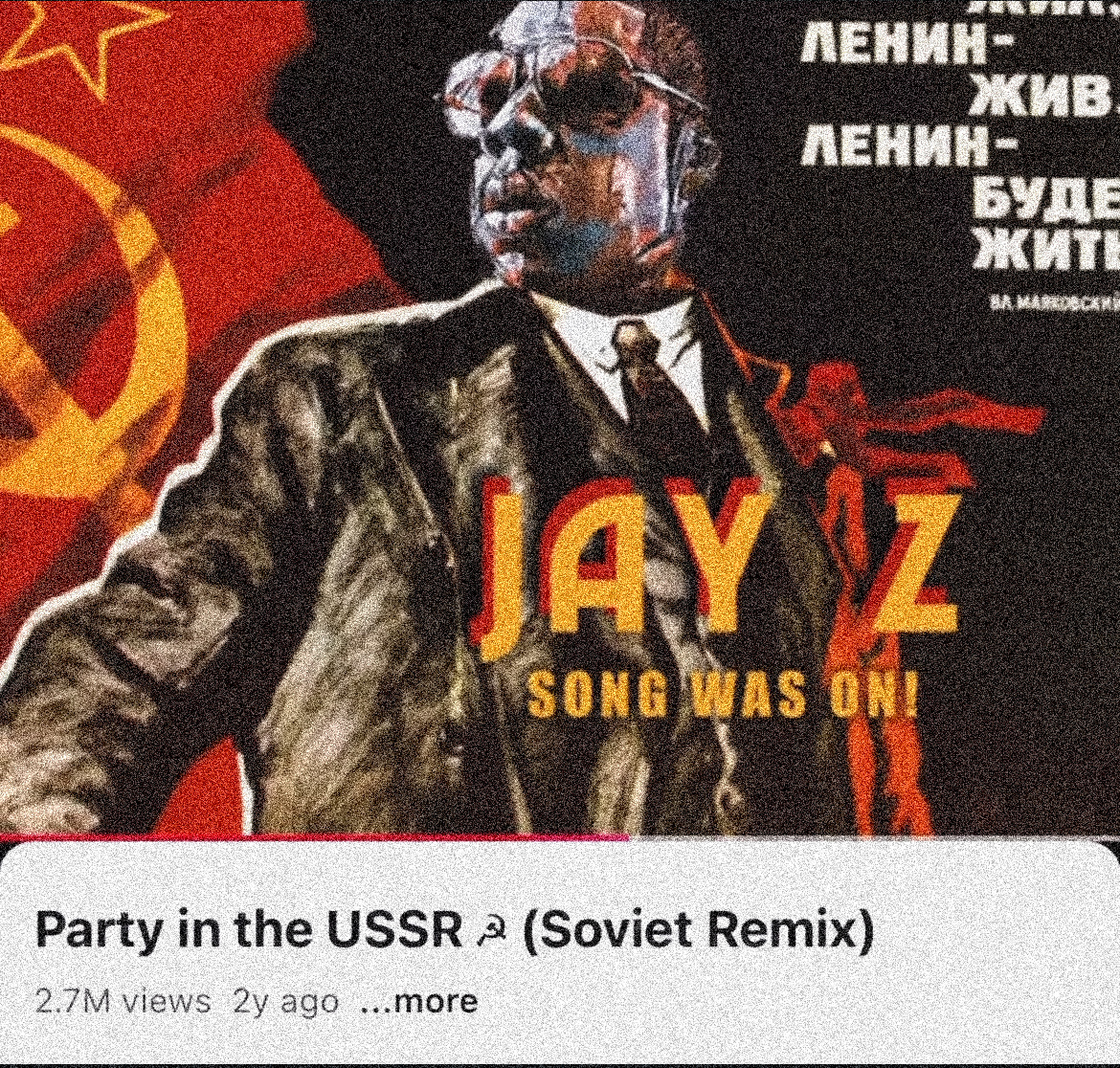

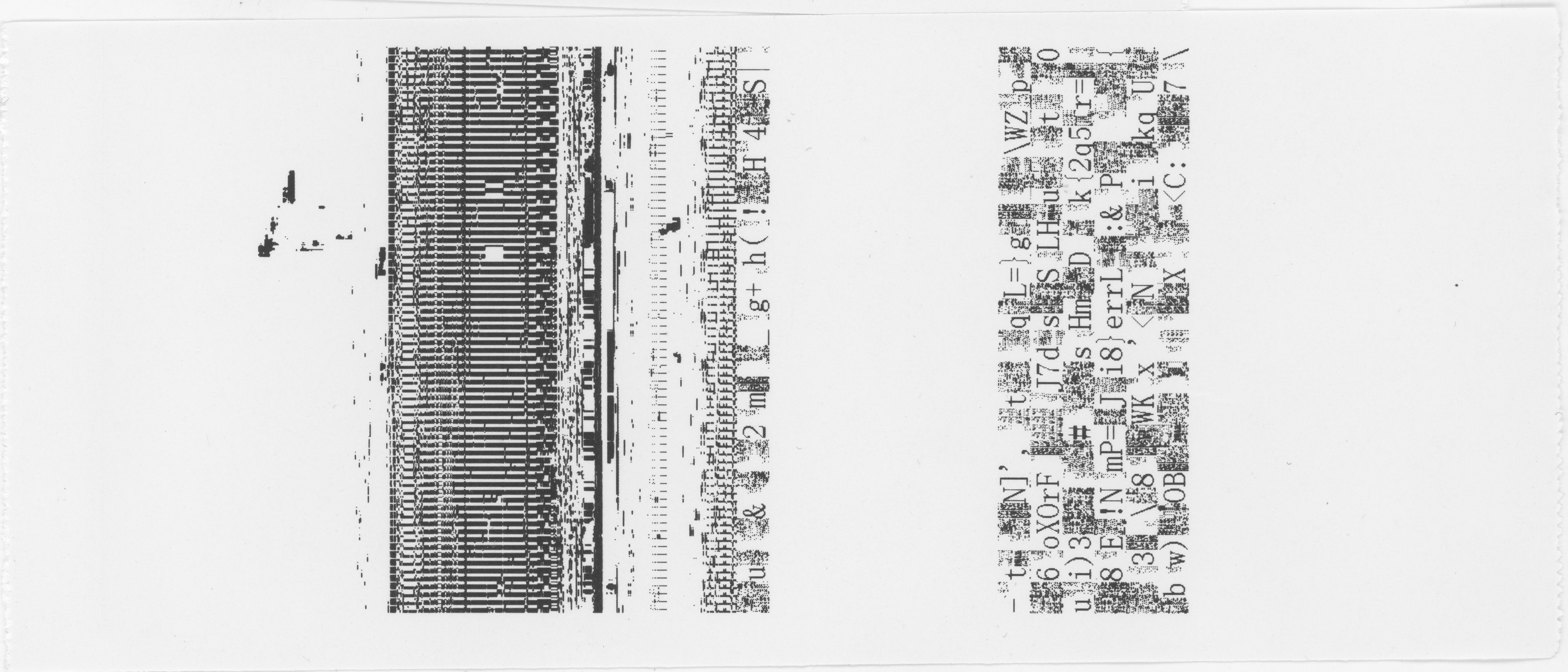
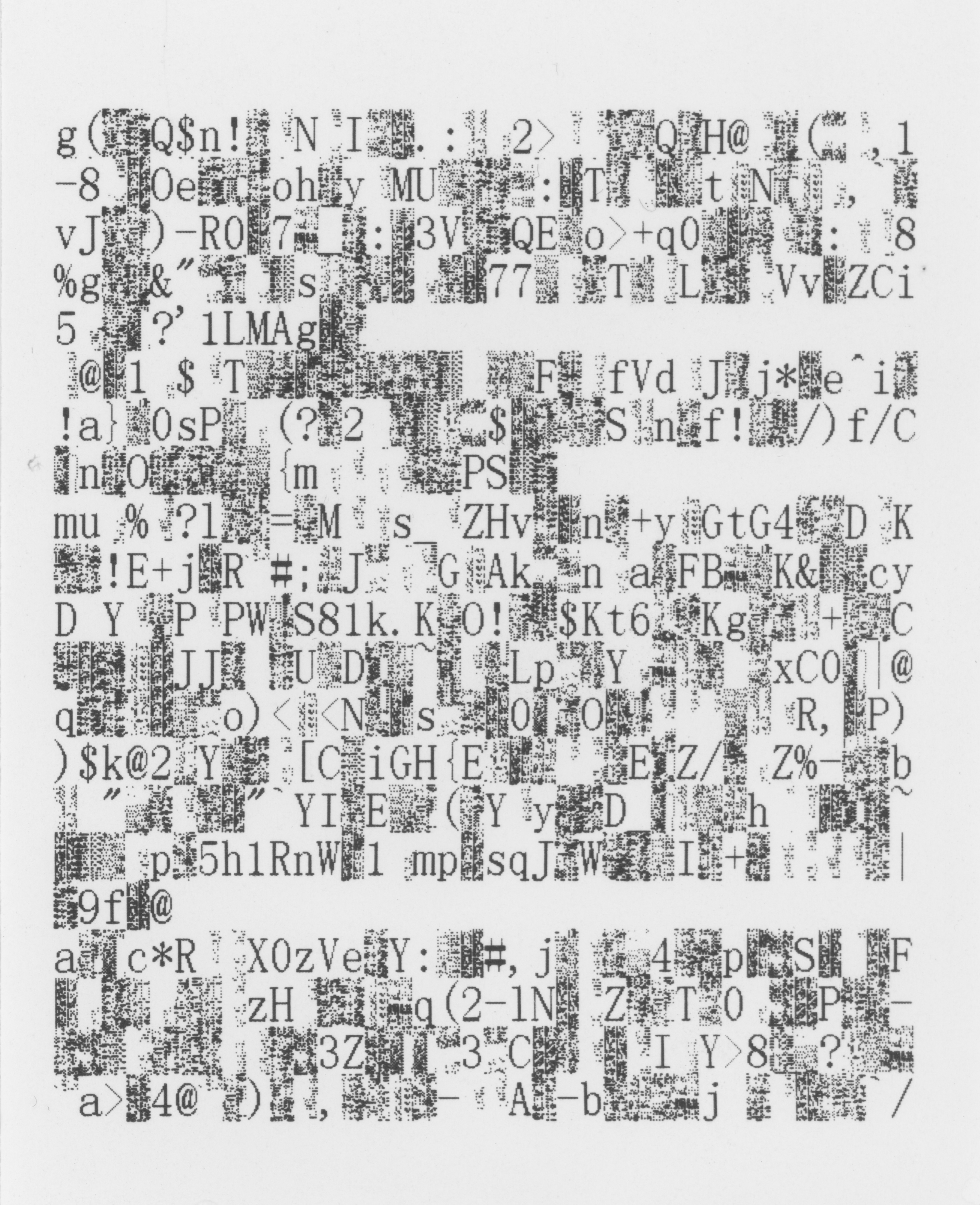
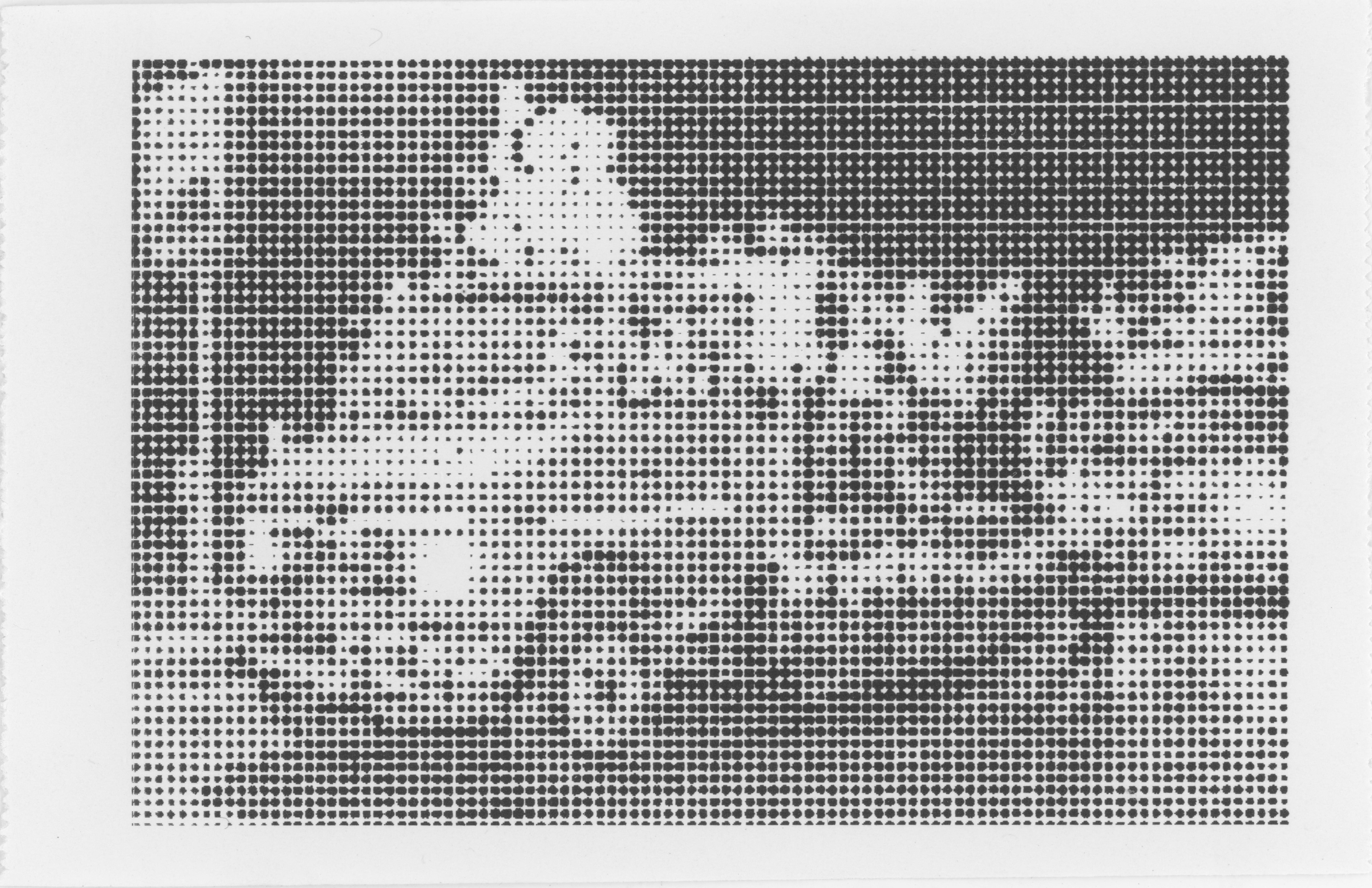
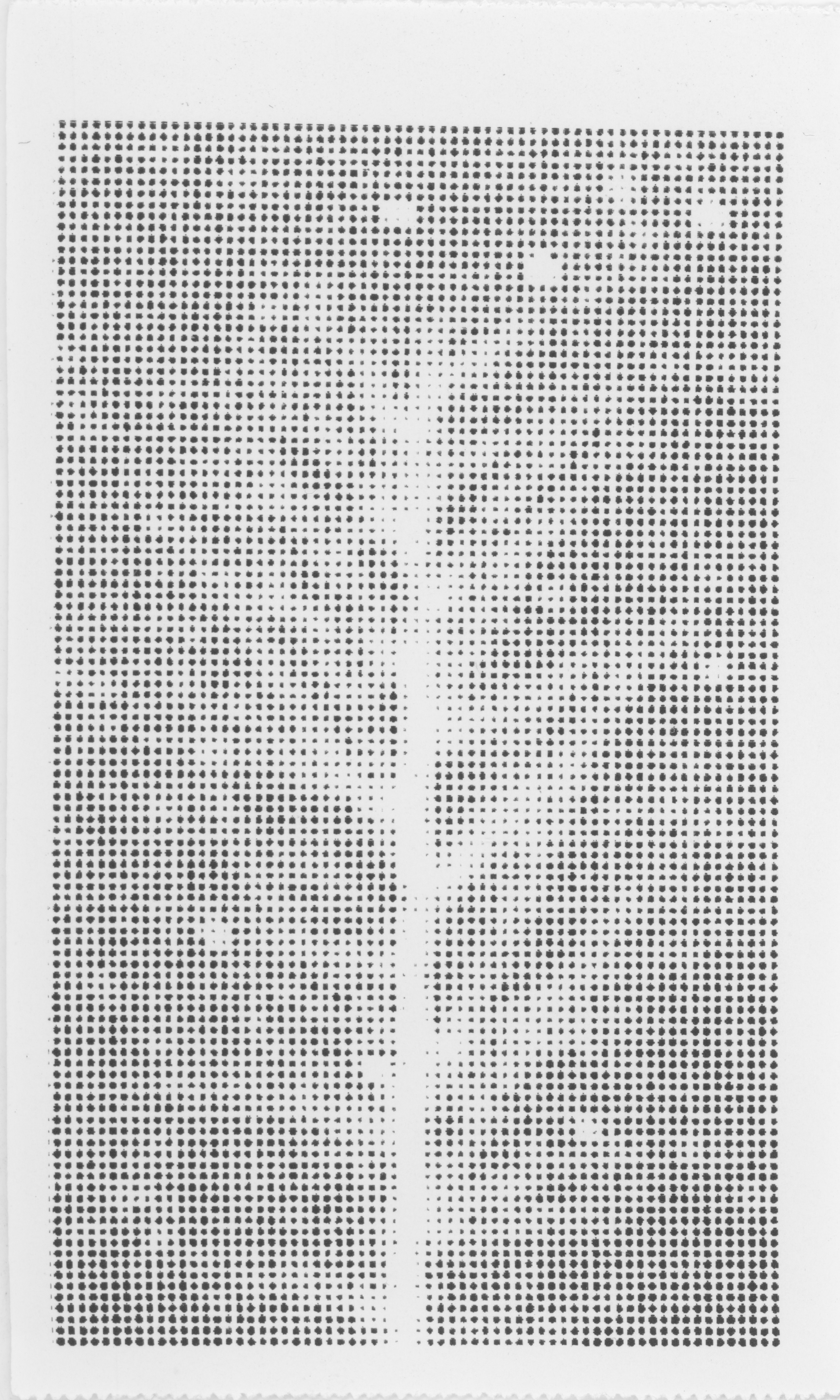
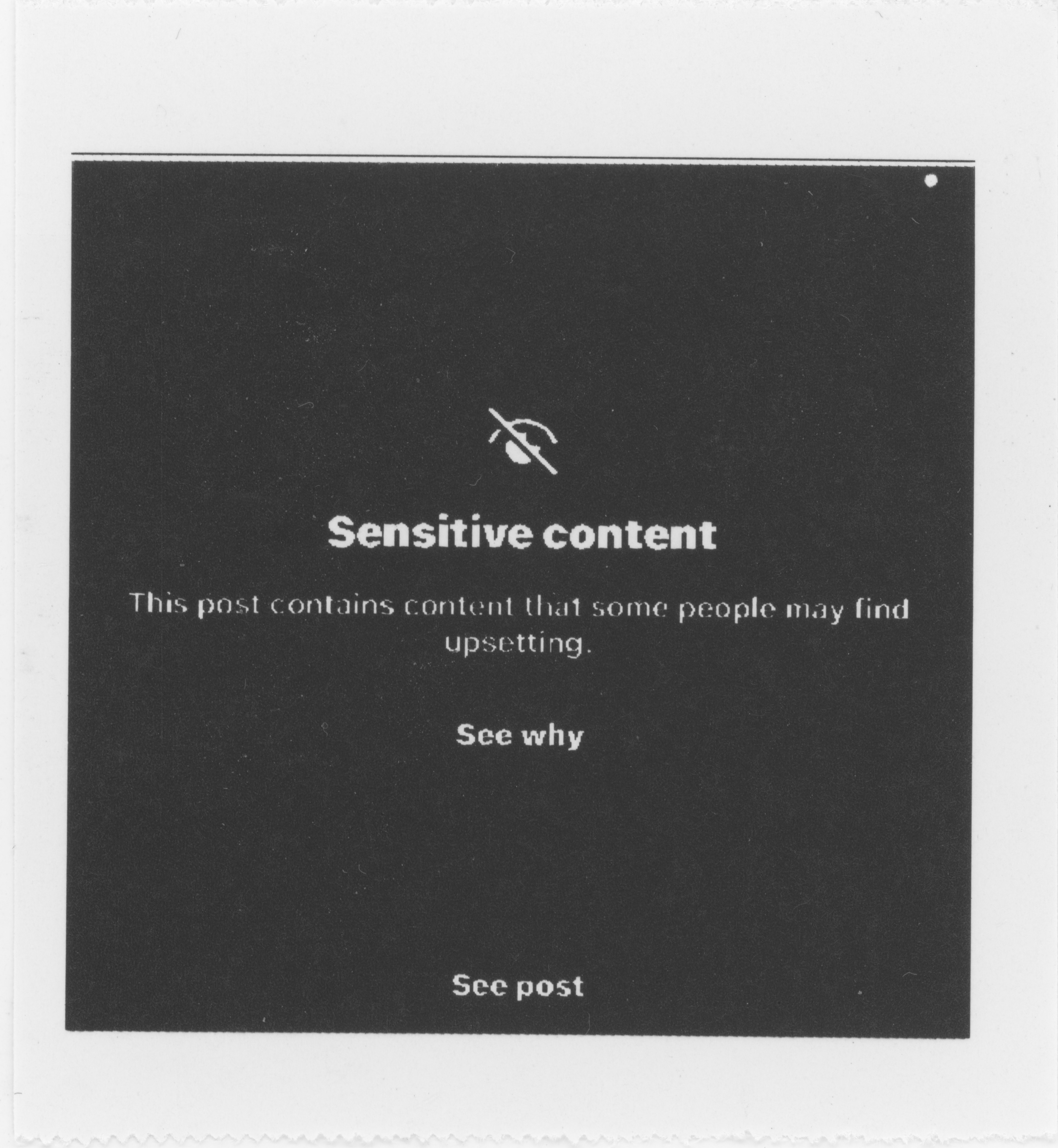
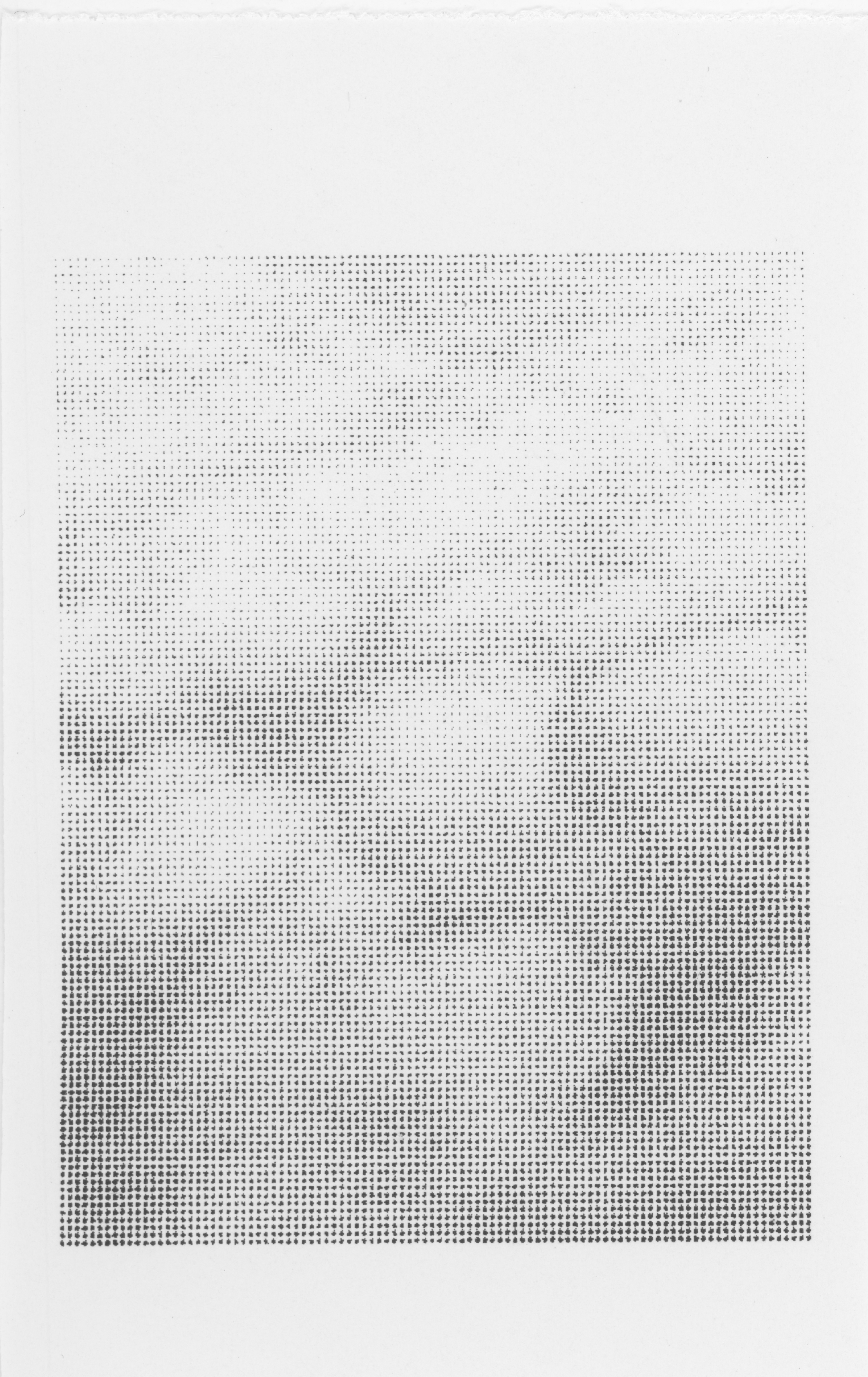
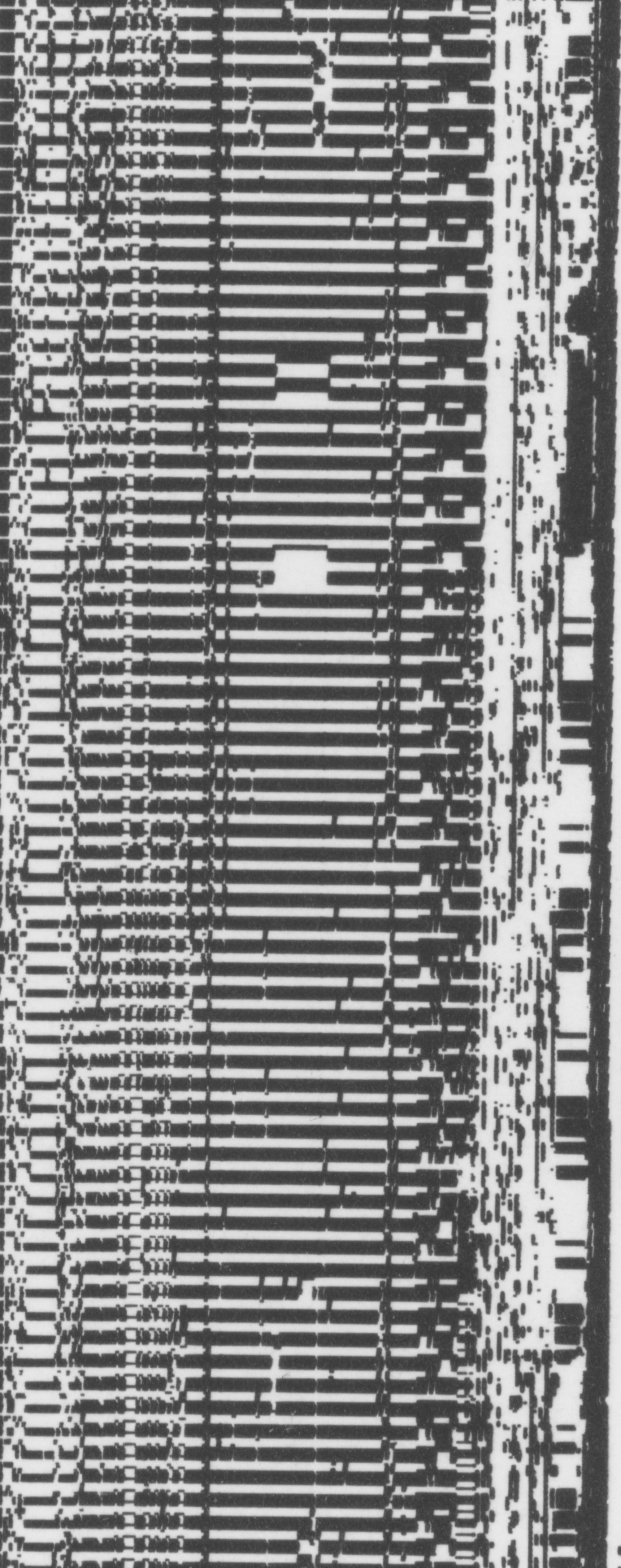

Review -I
Adam Broomberg’s works.
Raj Maurya, an alumnus of PHTD, worked on similar projects for DP3.
You can look at the comments section.
You can maybe have a proper order of maybe the 5th image, which shows on each account, or
even in specific locations, choosing options of what your friends like, maybe also
Have these accounts on separate devices, use vpn, emulators, and change personas.
Try finding some patterns.
The extent to which you have to go to create a completely different persona???
When did the algorithm first appear on the scene?
How did the idea of likes come into social media?
Orkut, Yahoo, Reddit - how everything has changed since the initial times.
Treatment of specific images is good because that way, you are putting a sense of yourself
into it.
Multiple possibilities may provide a lot at this stage, so happily explore :)
An entirely curated experience could also be your output.
Filtering and some kind of order will help you better with the process.
Somewhere, you have to situate your practice in between those gaps of excess.
Review II
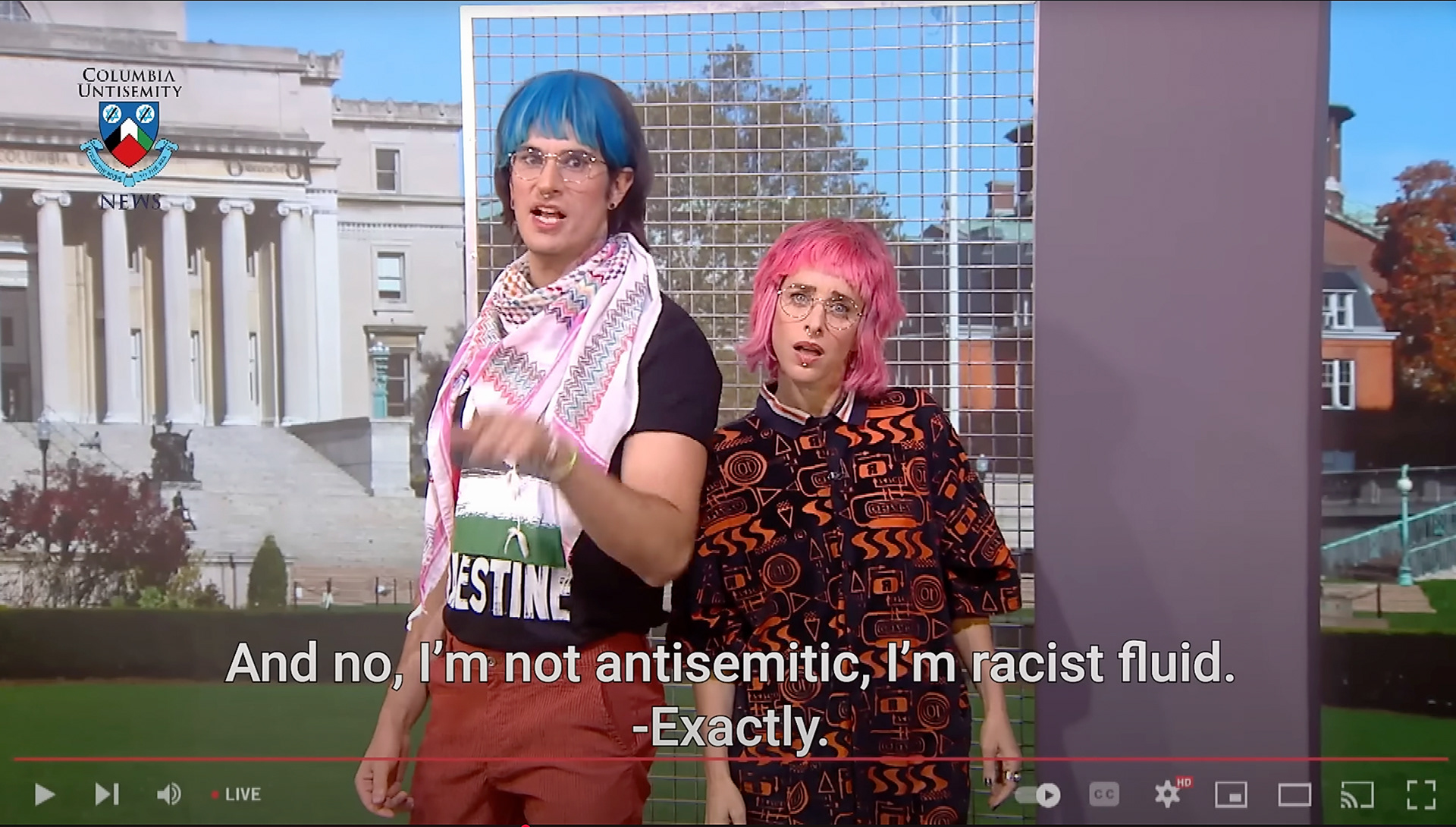


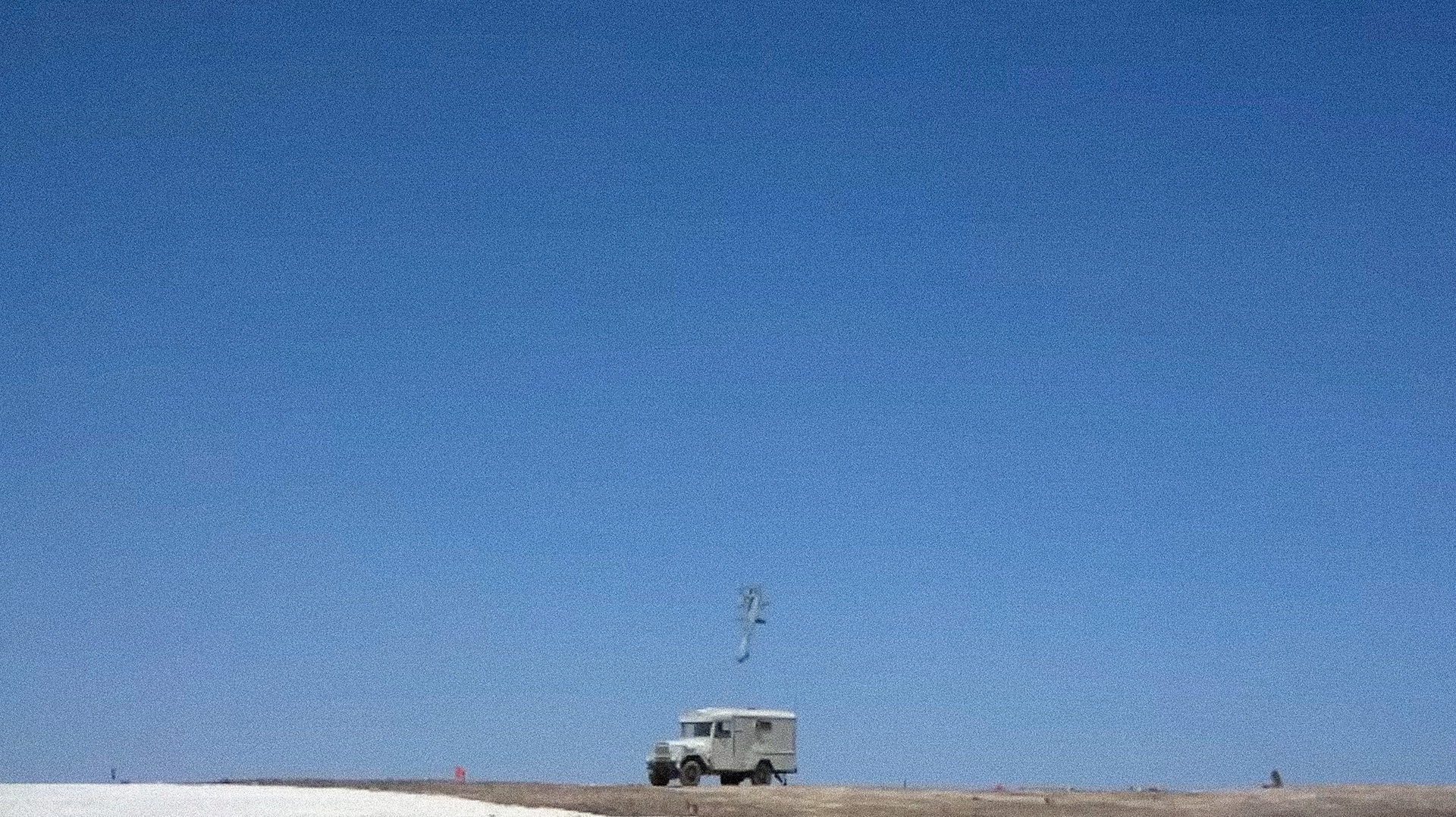
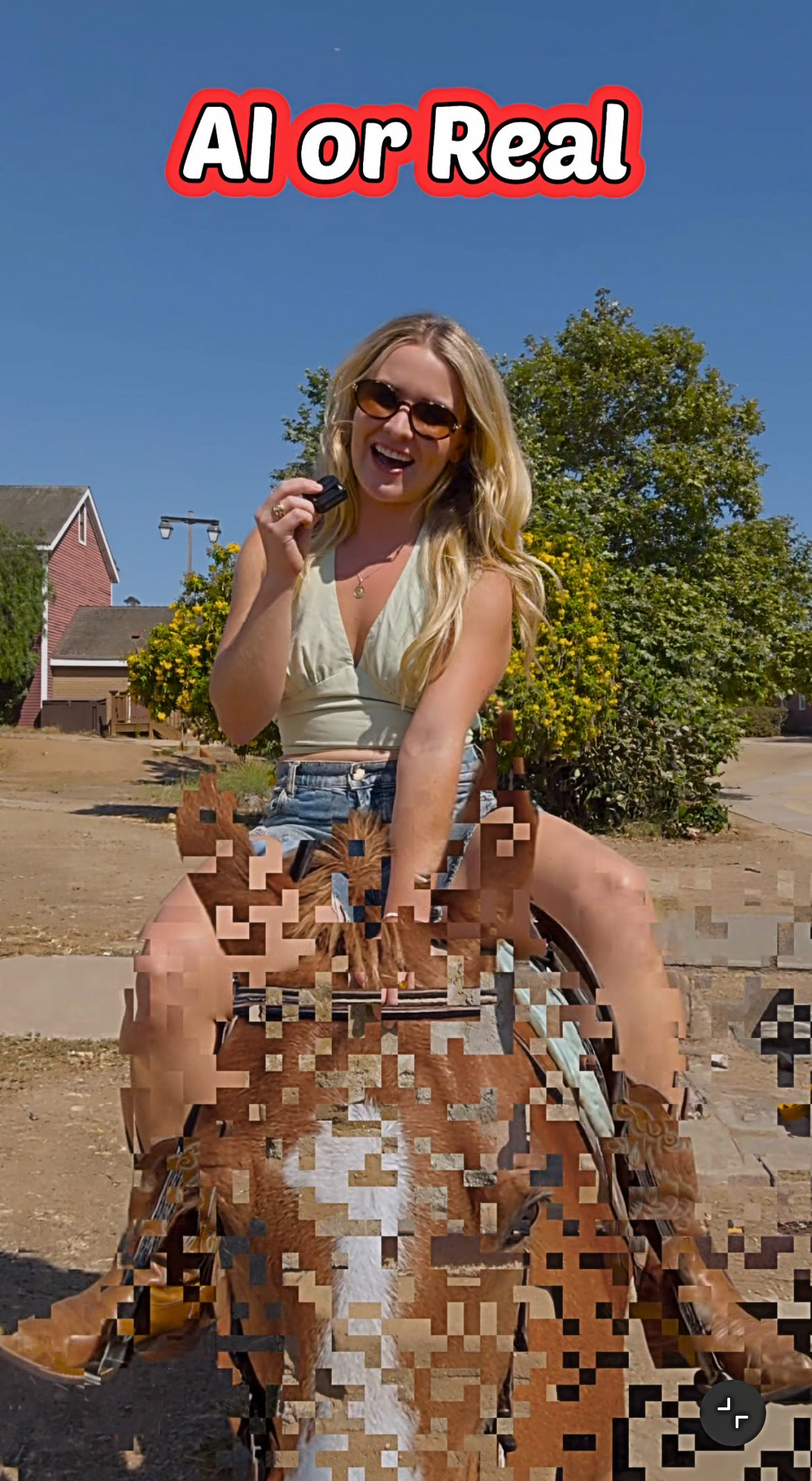
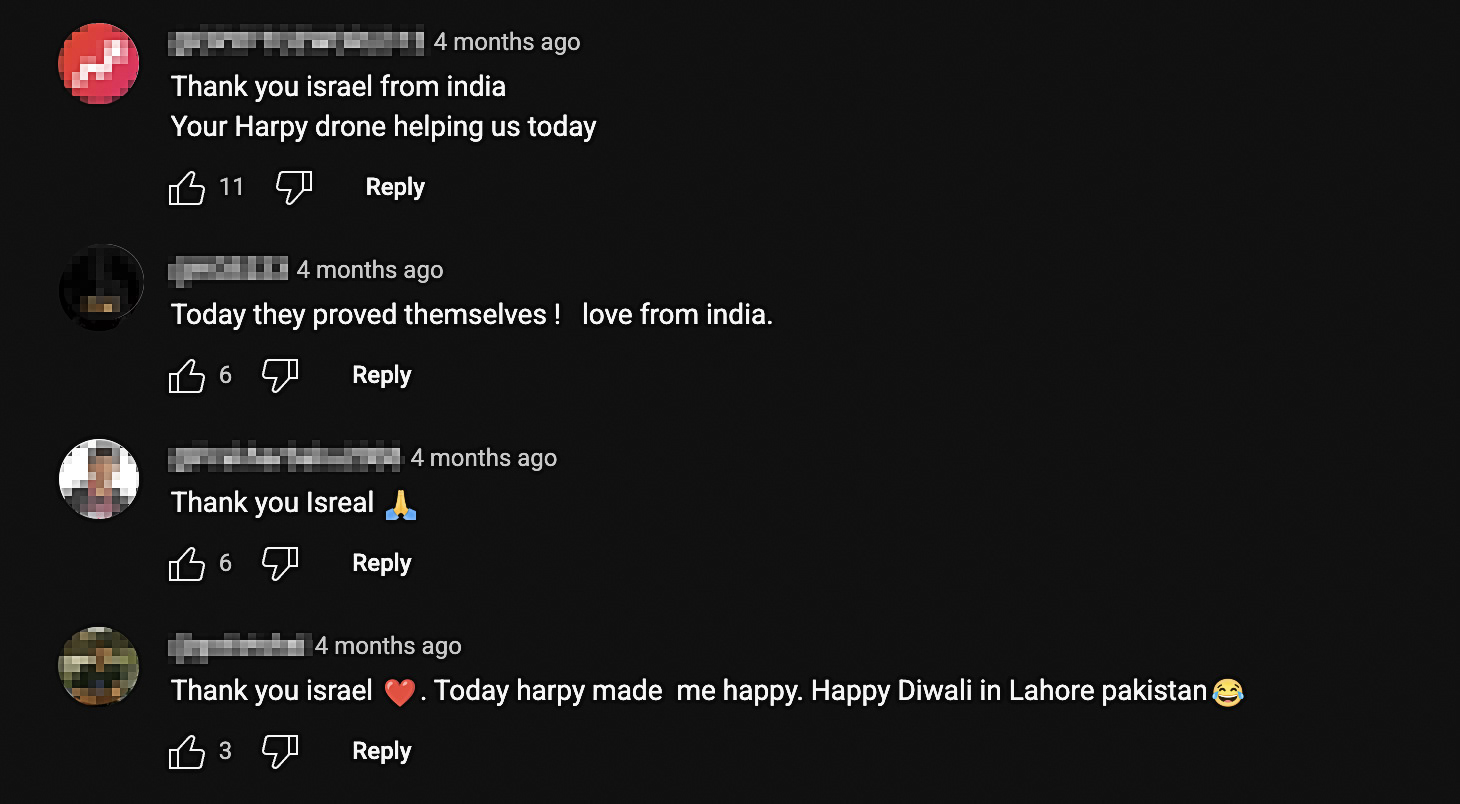
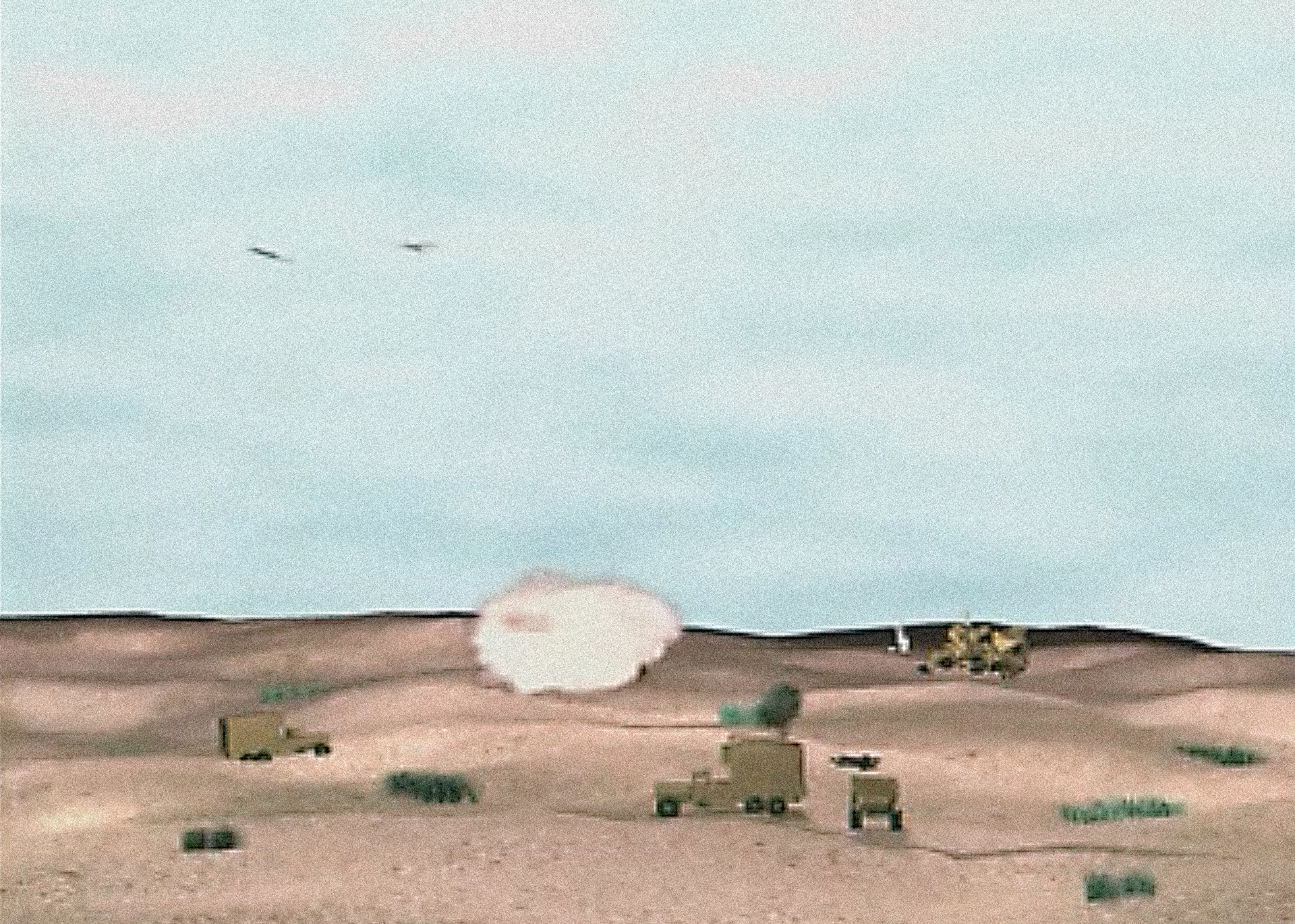
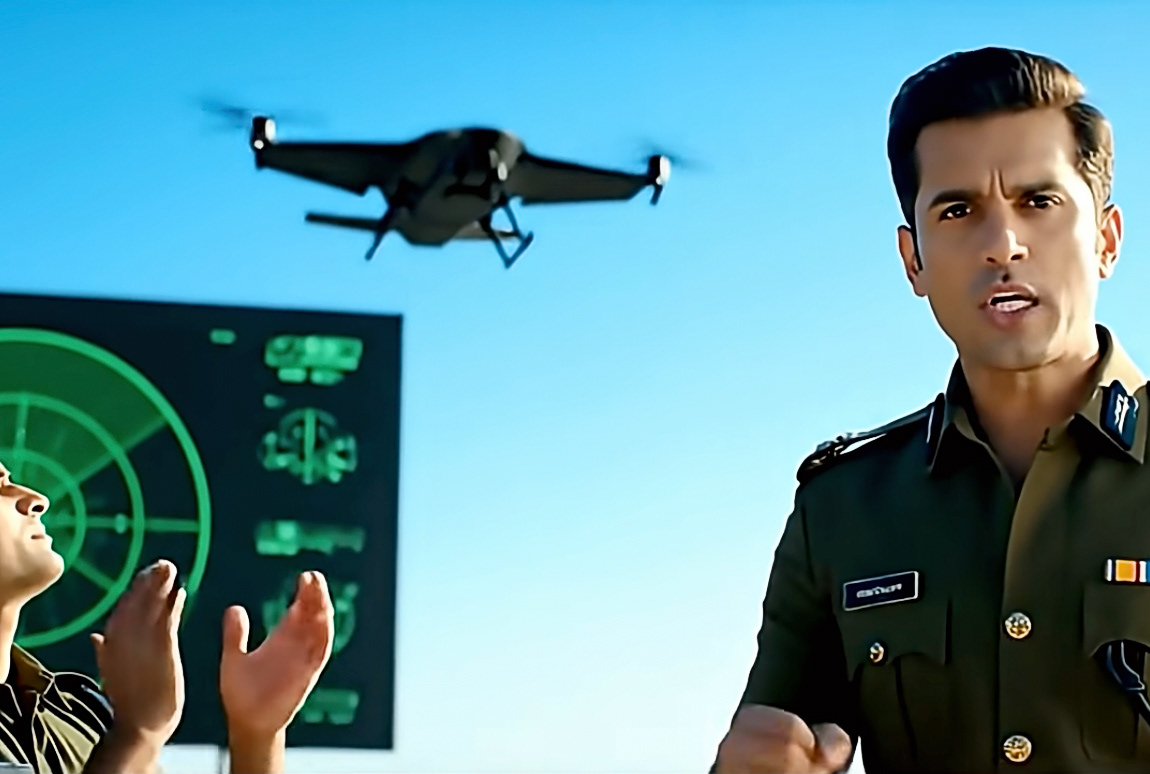

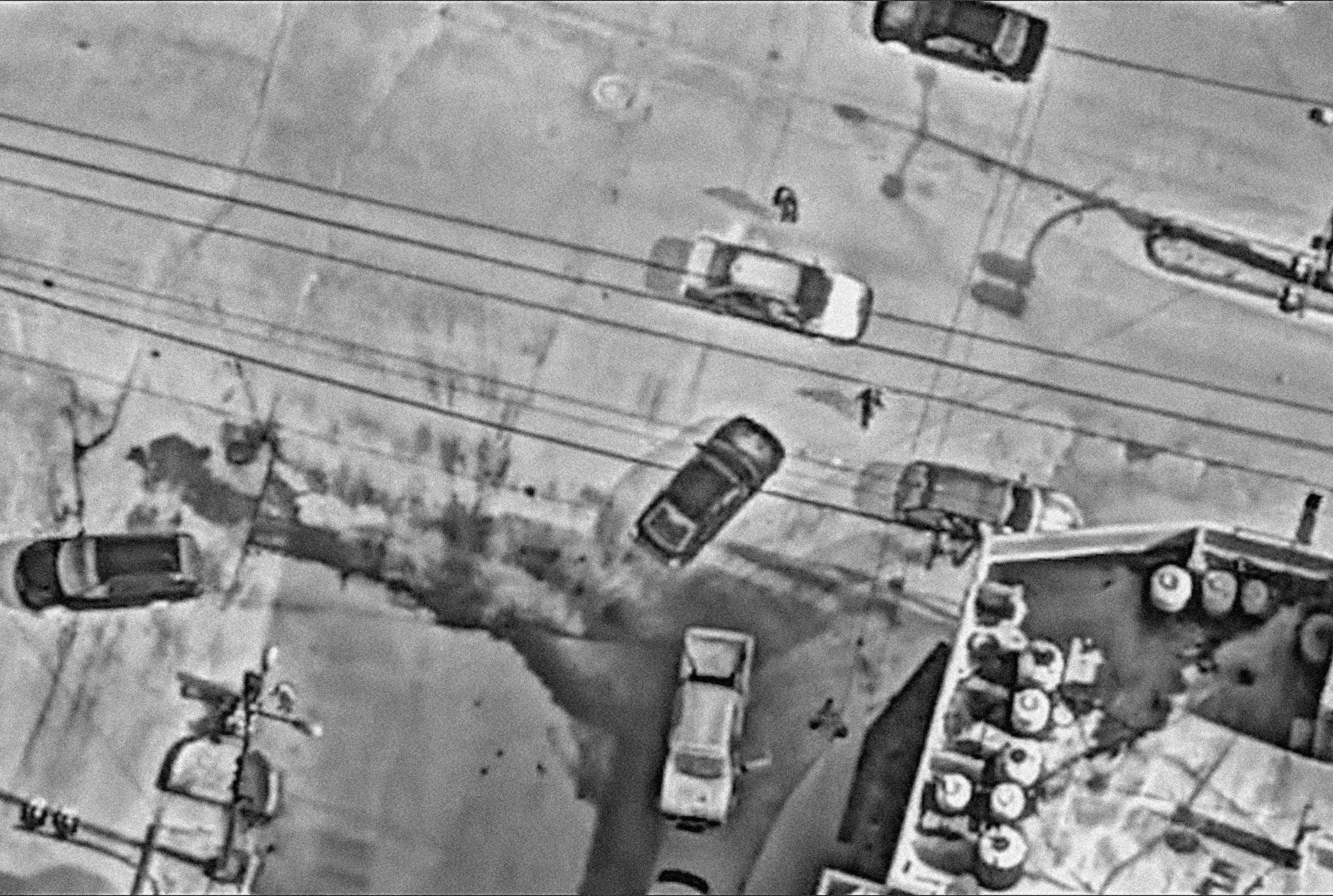

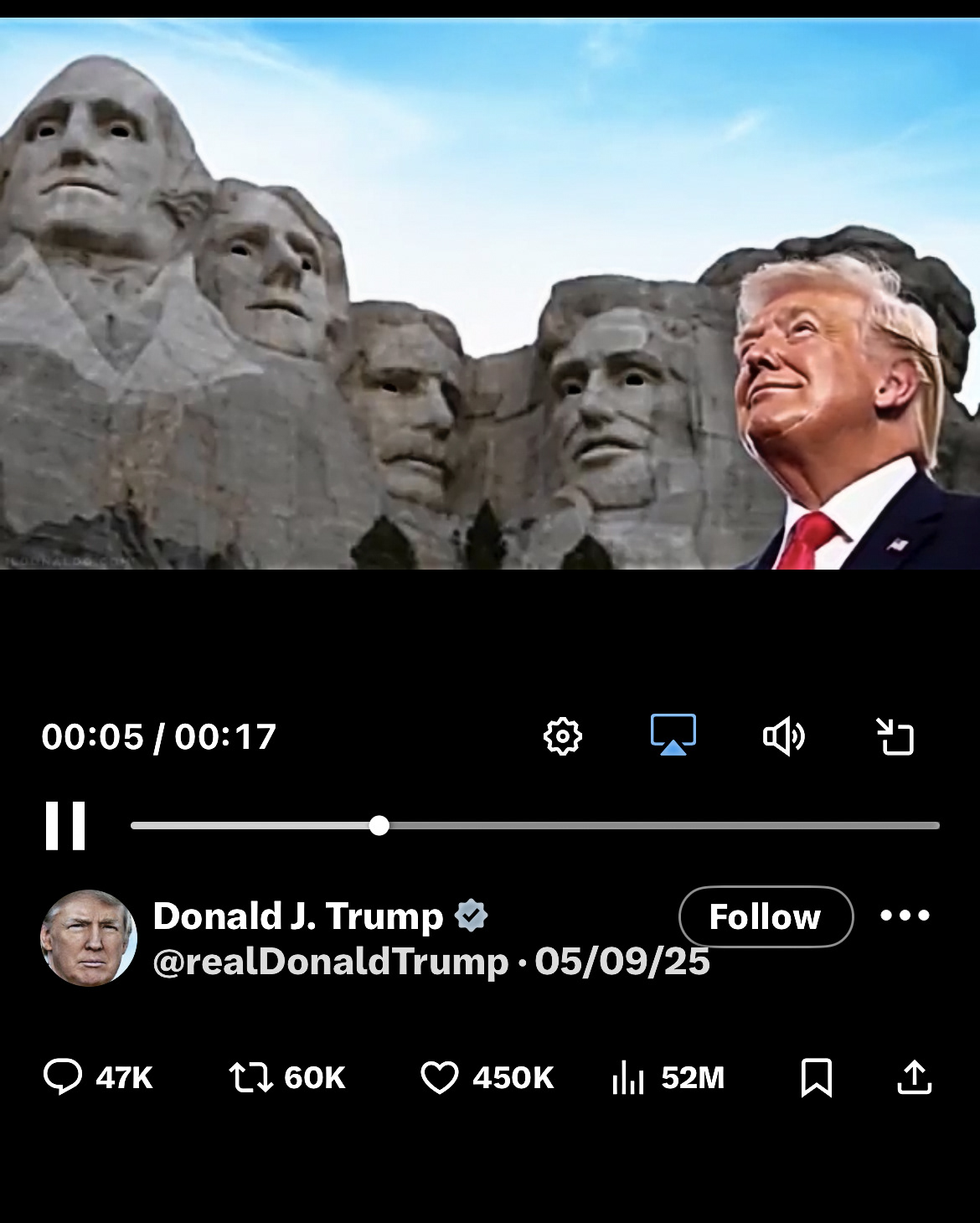
Review III
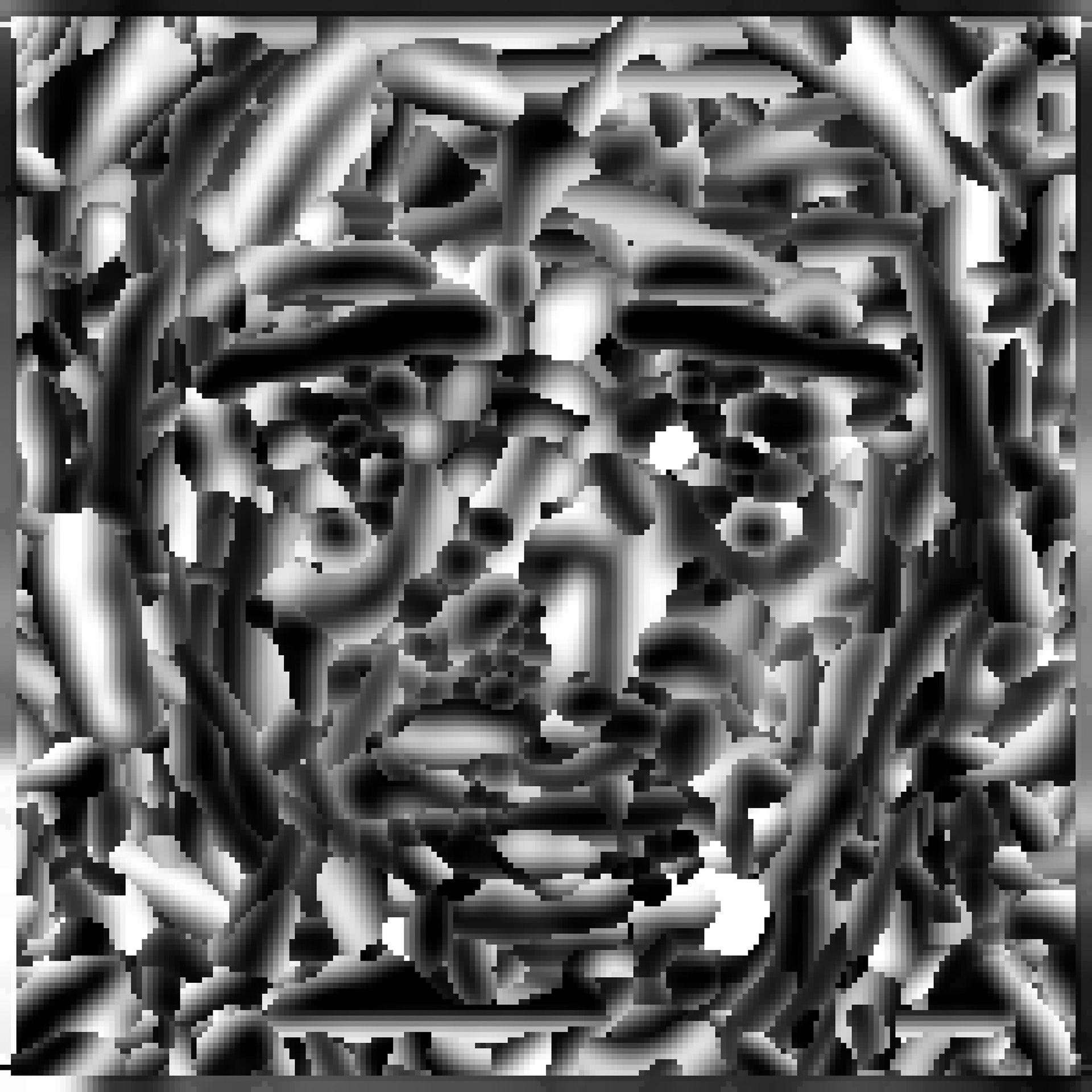

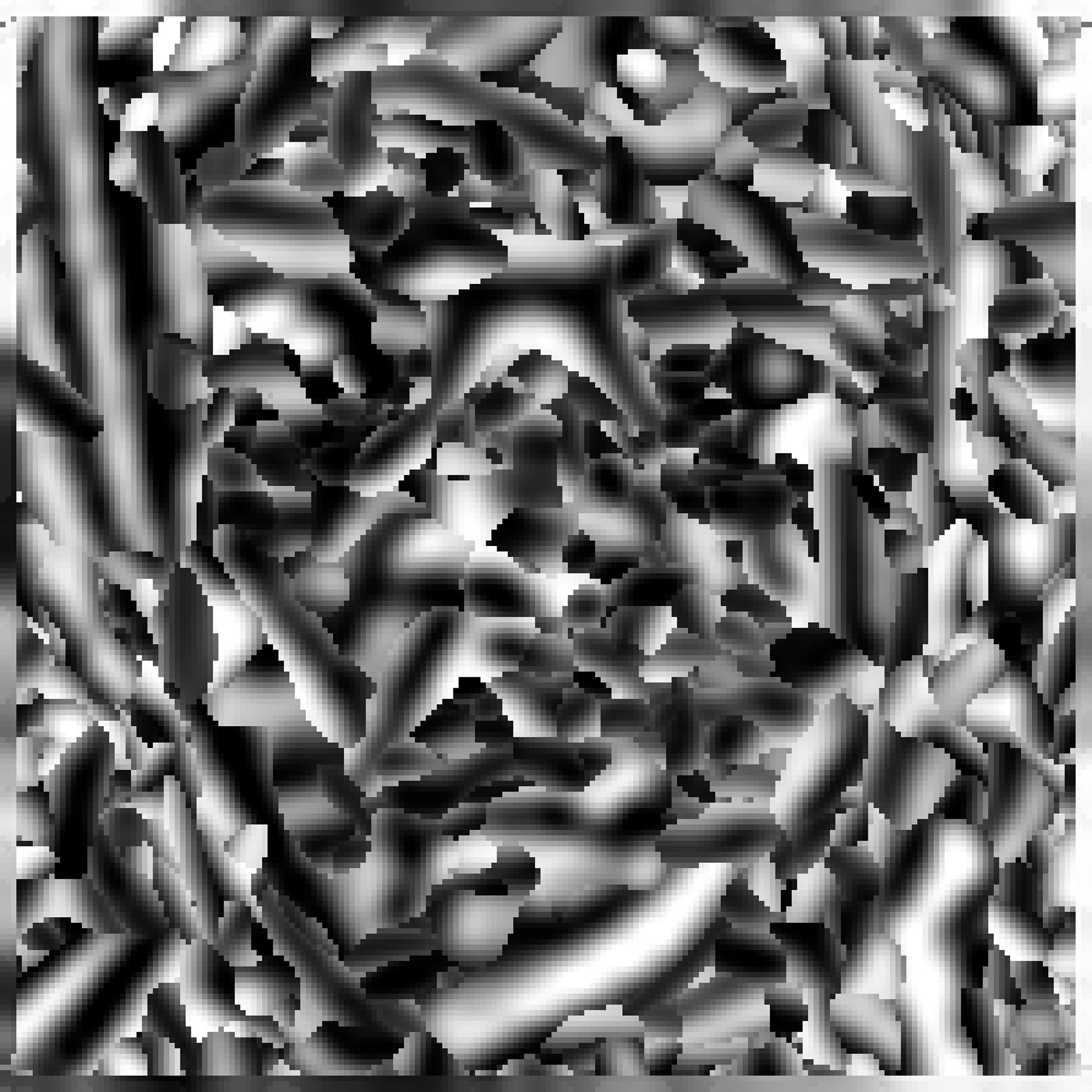
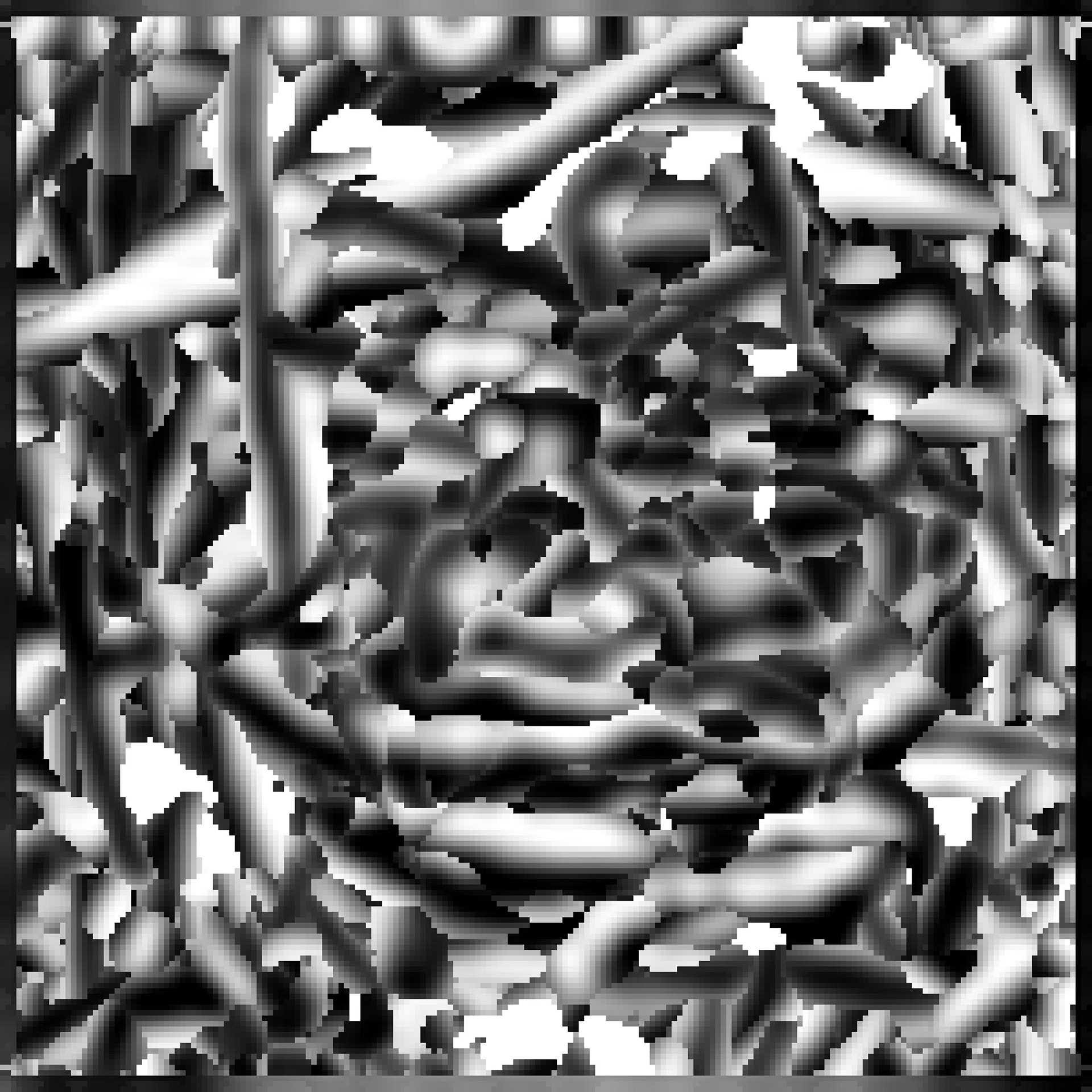
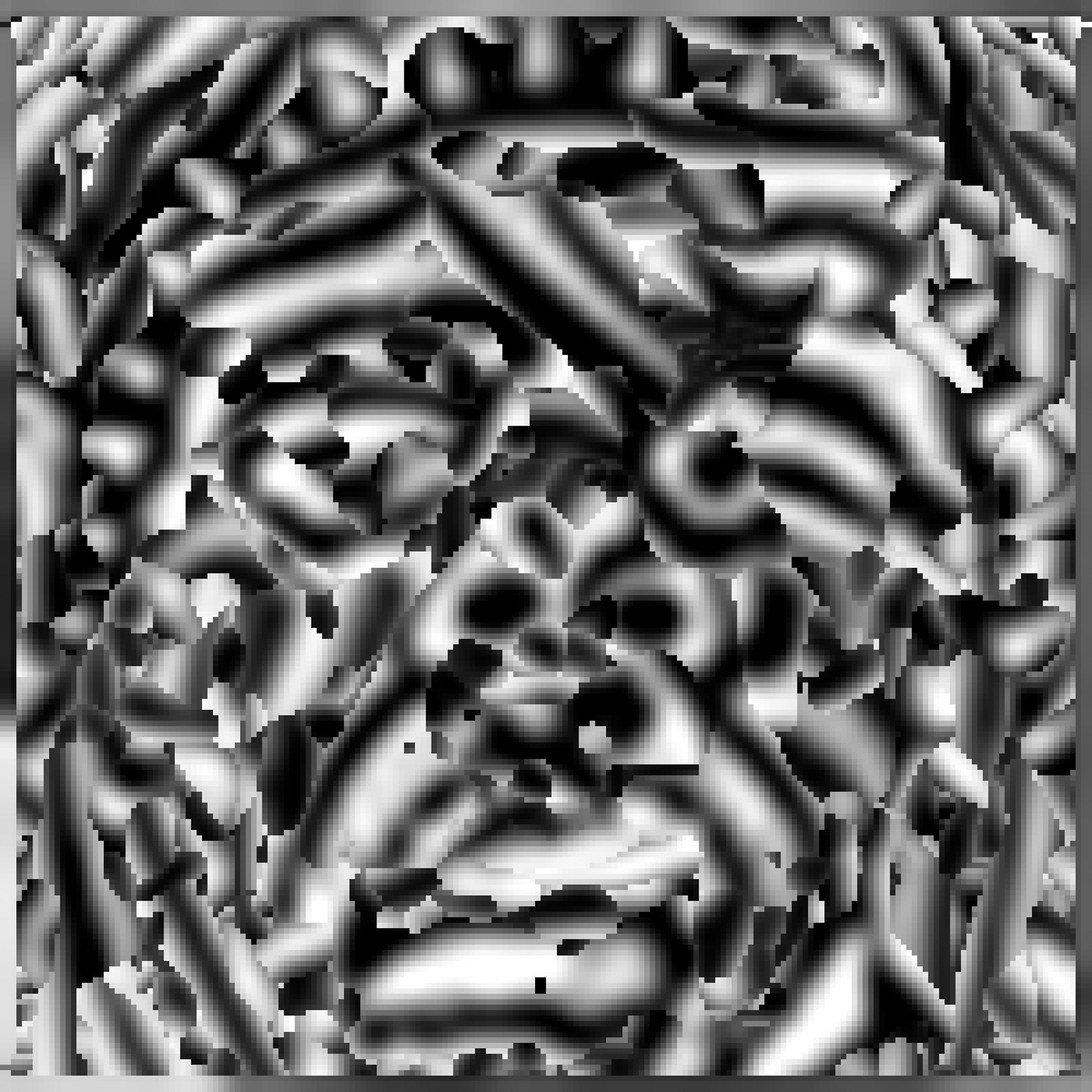
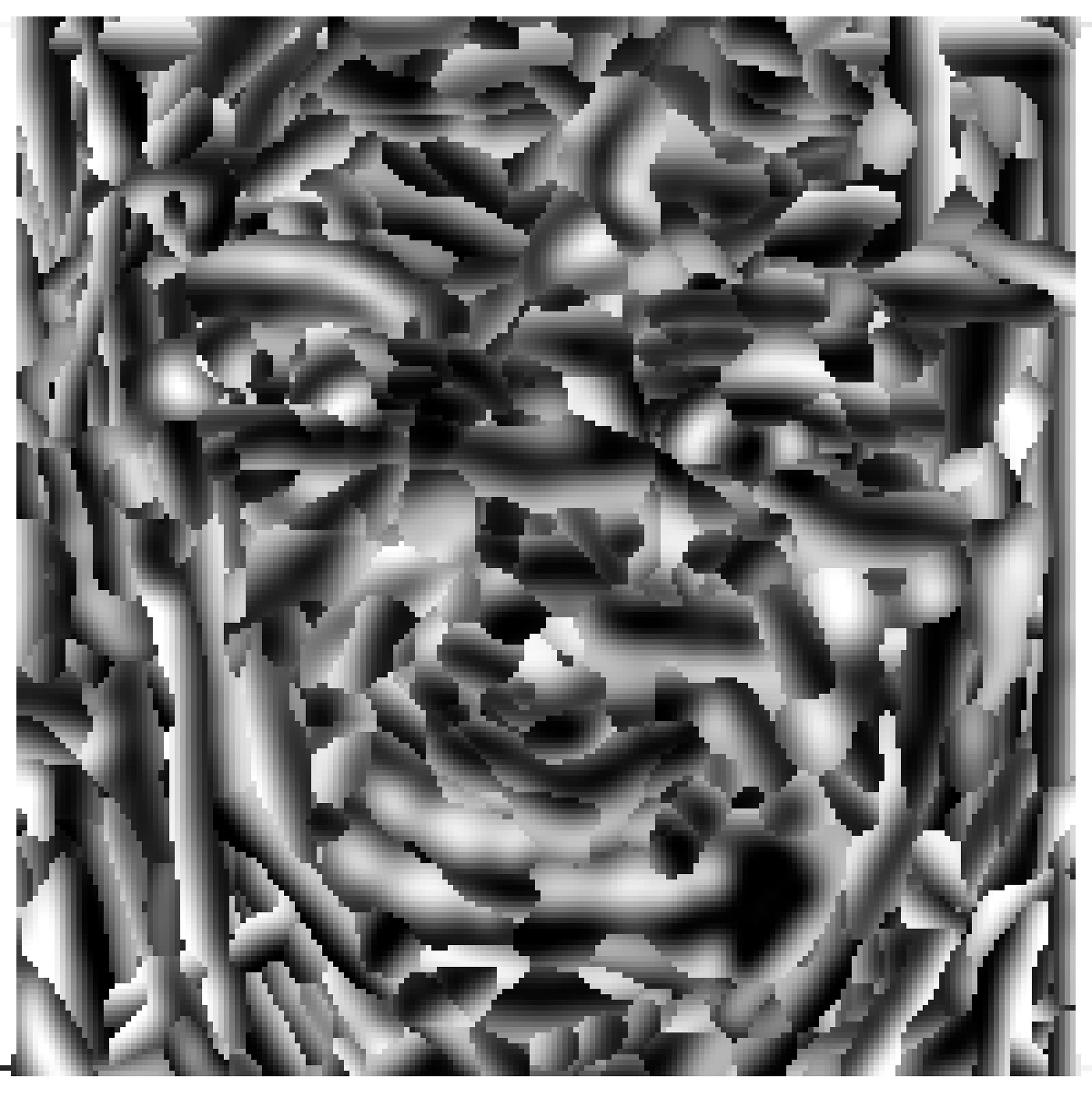
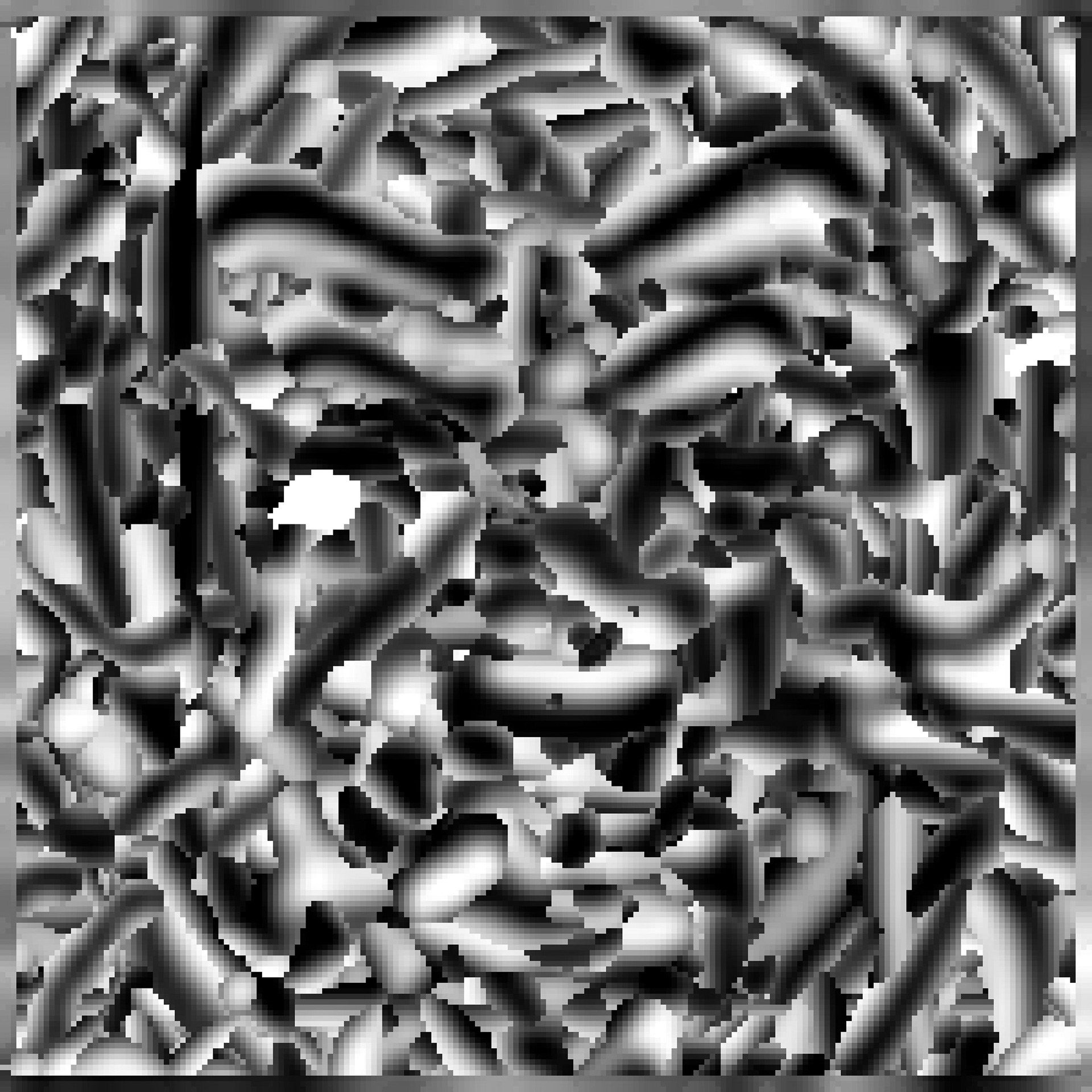
Review IV
